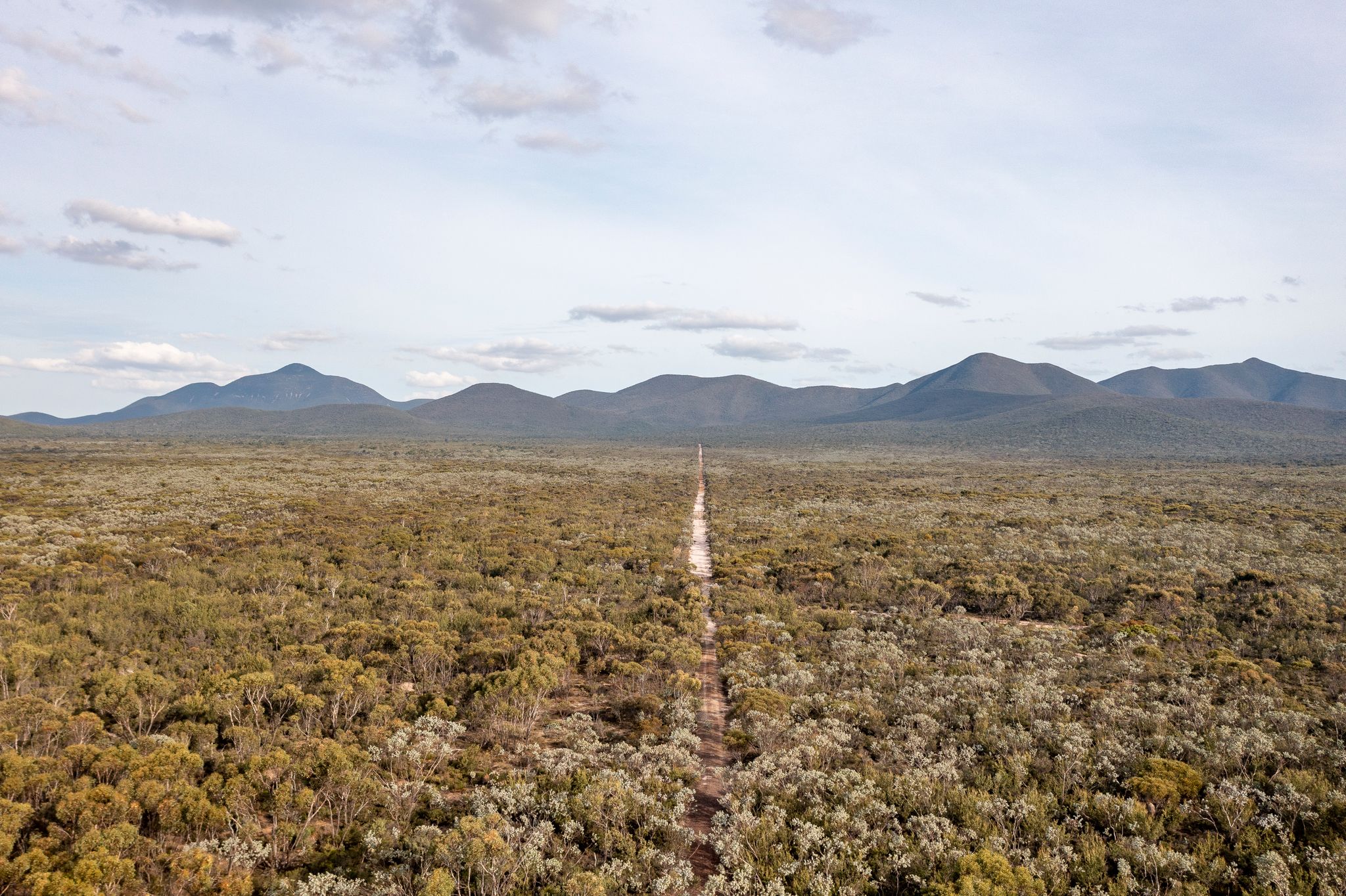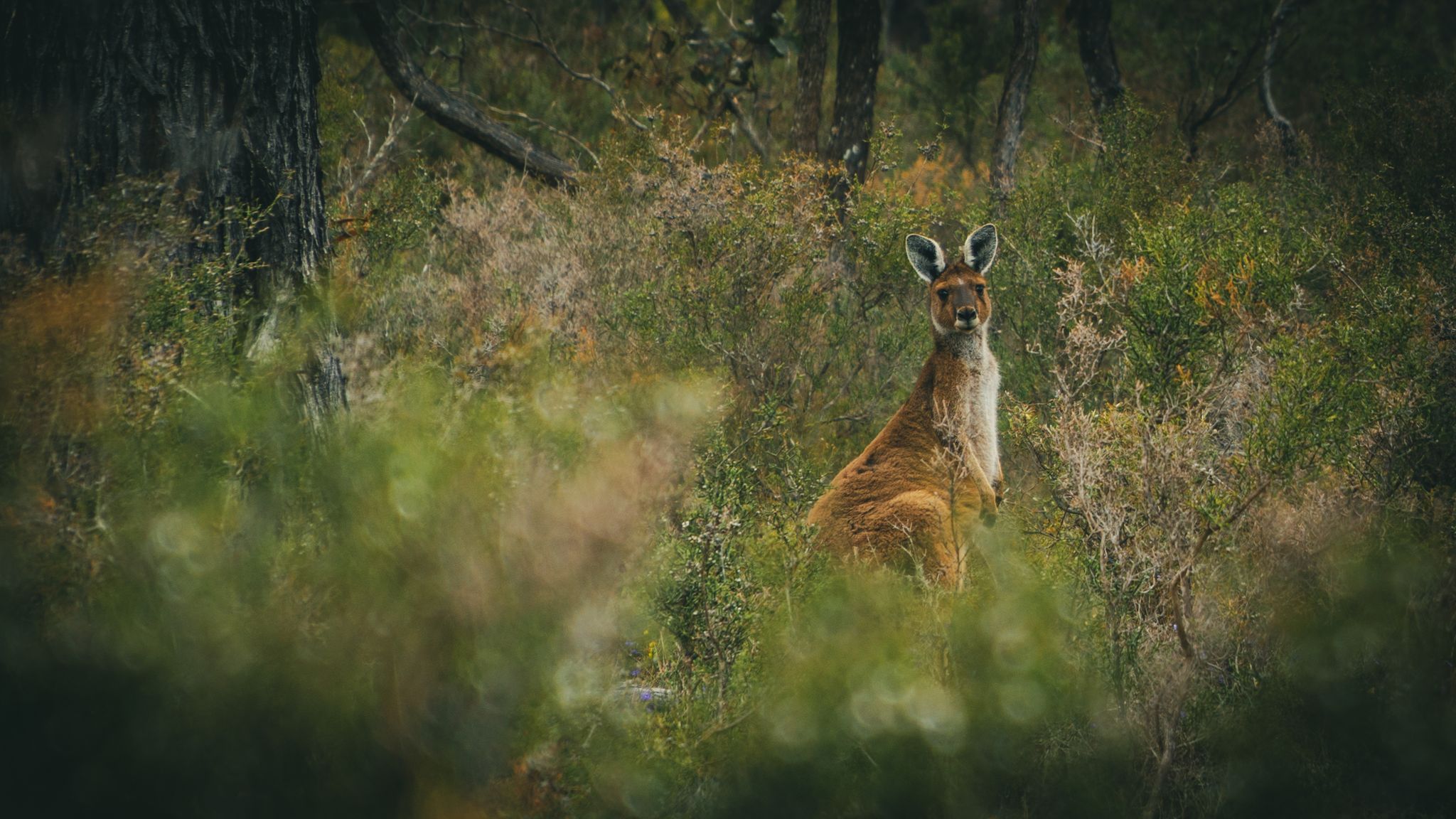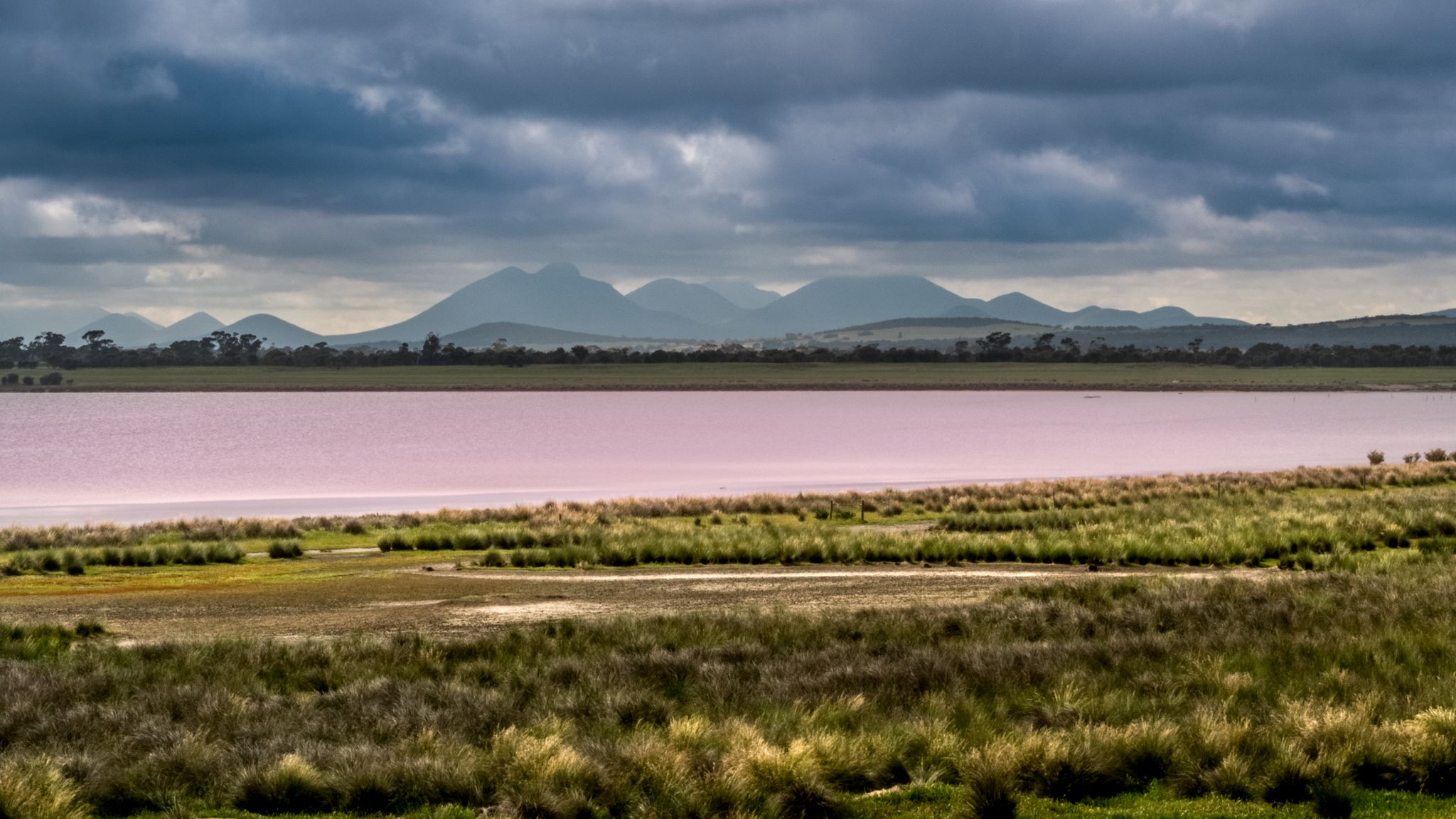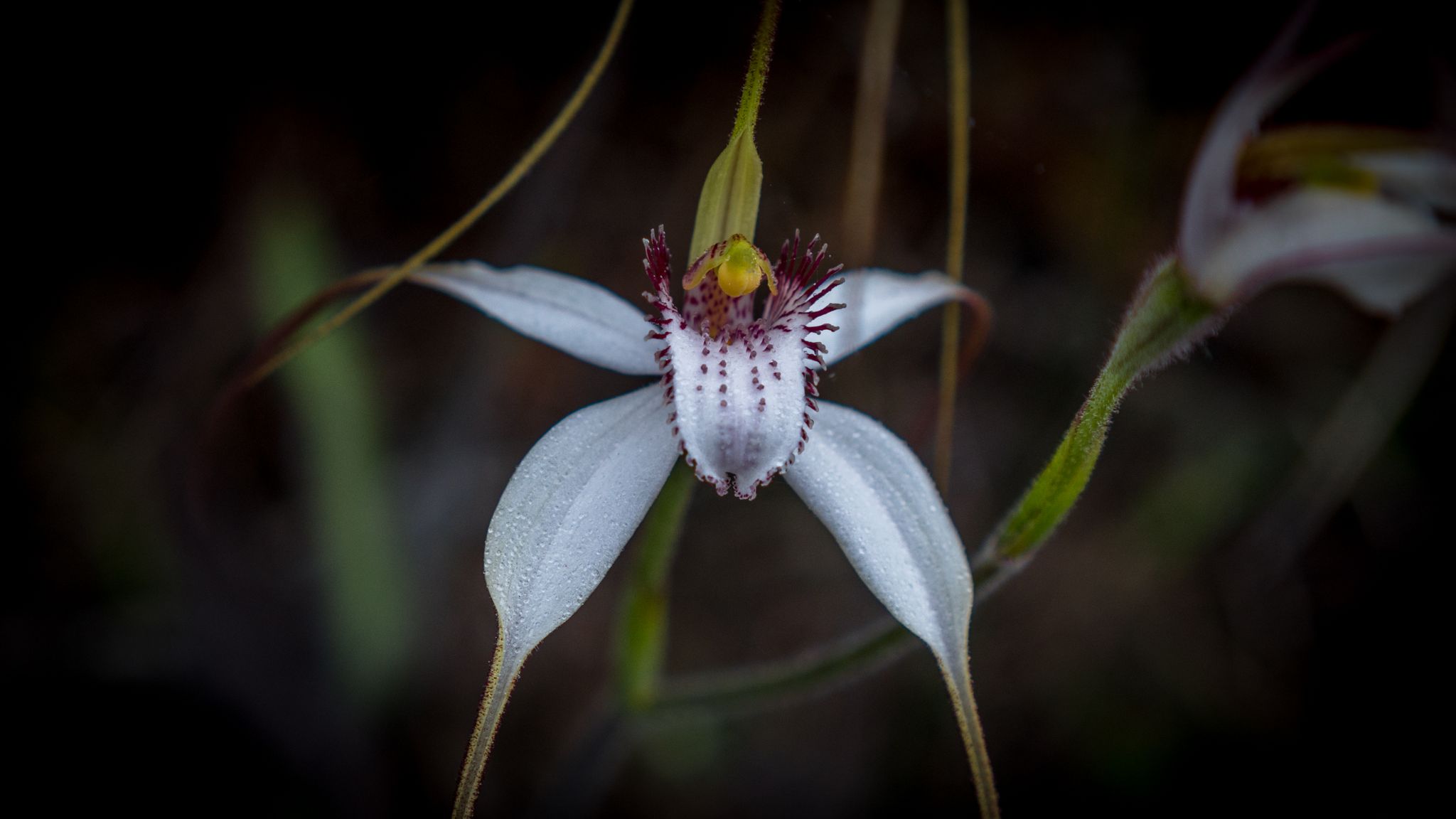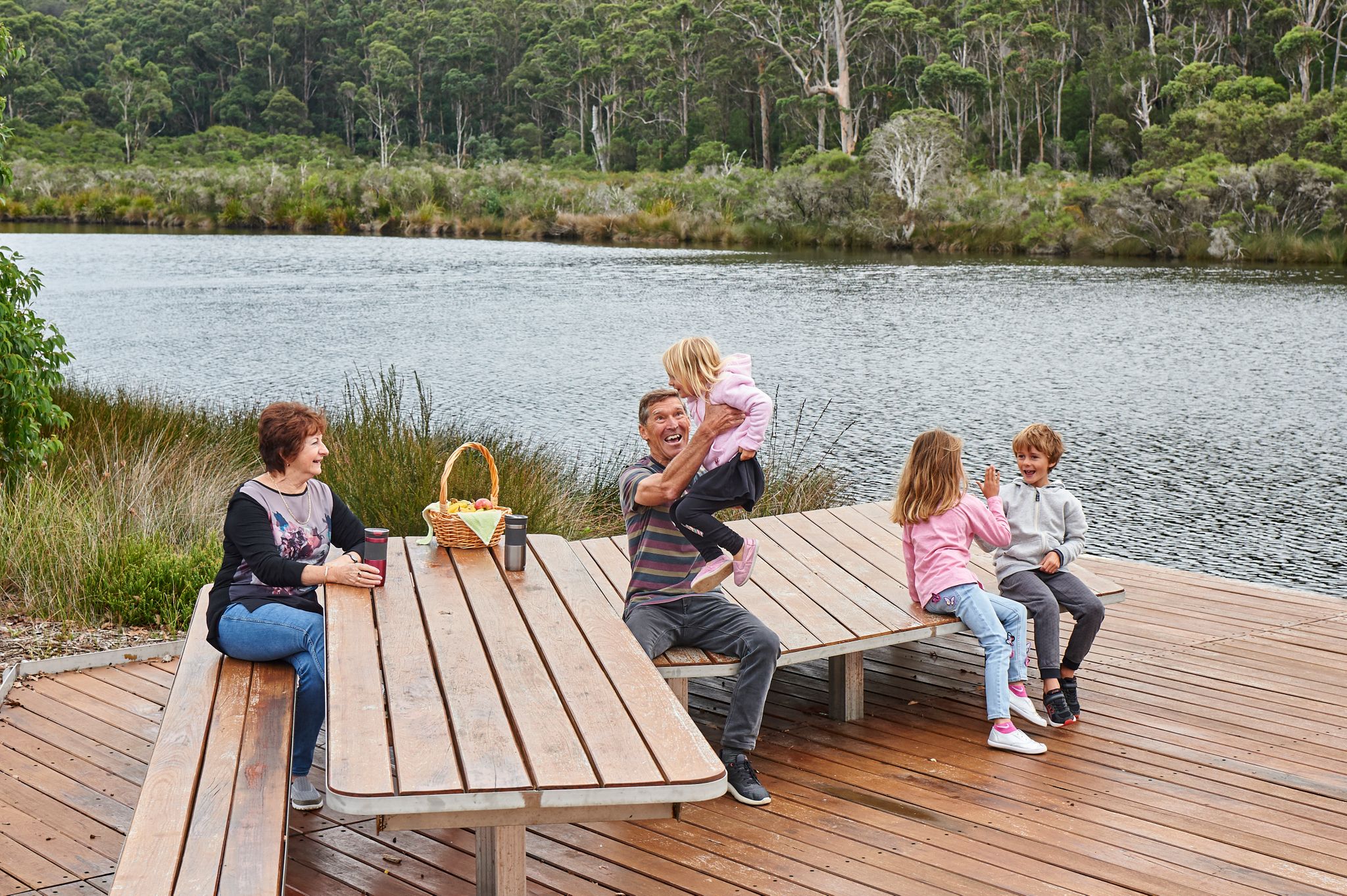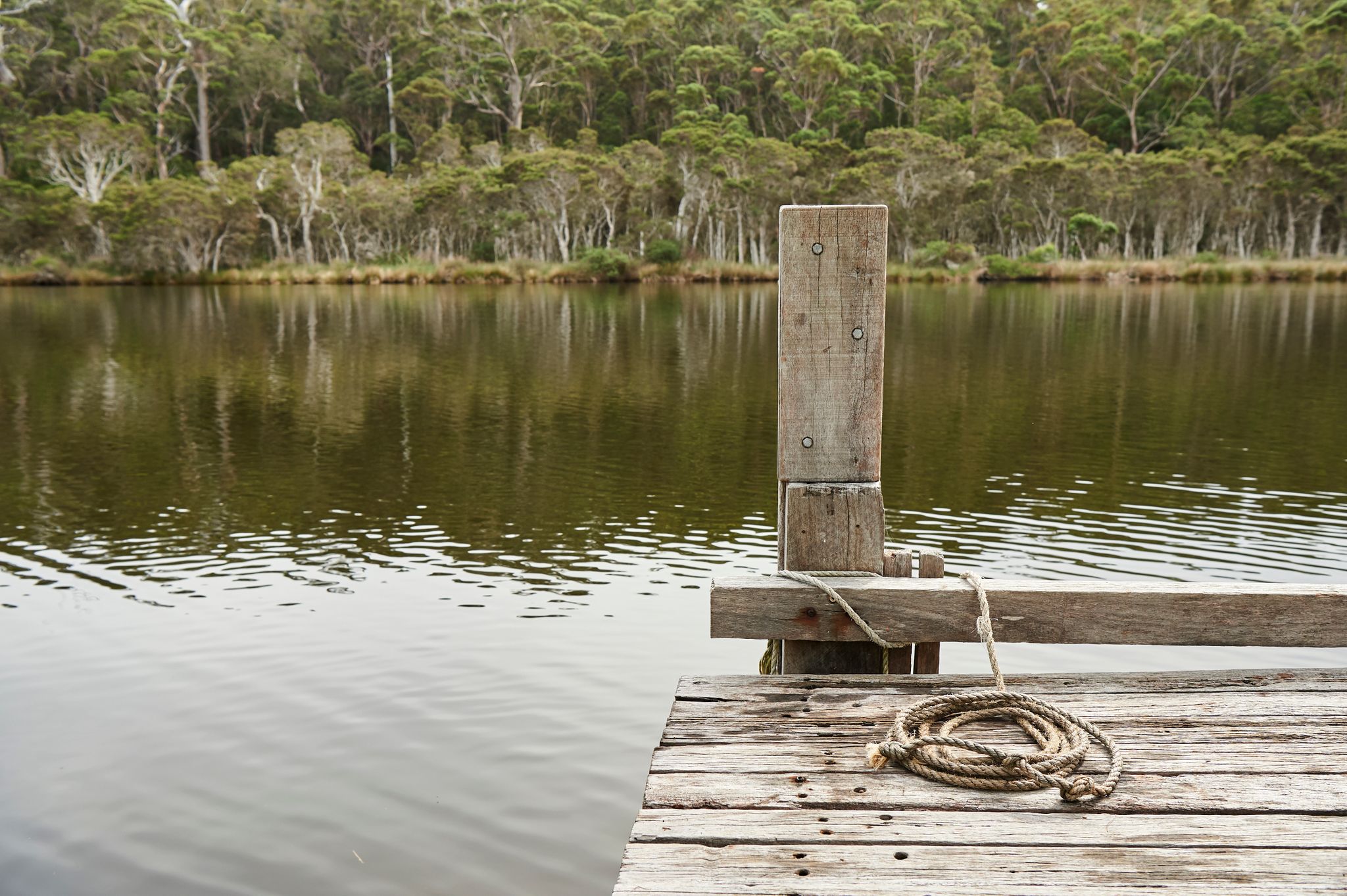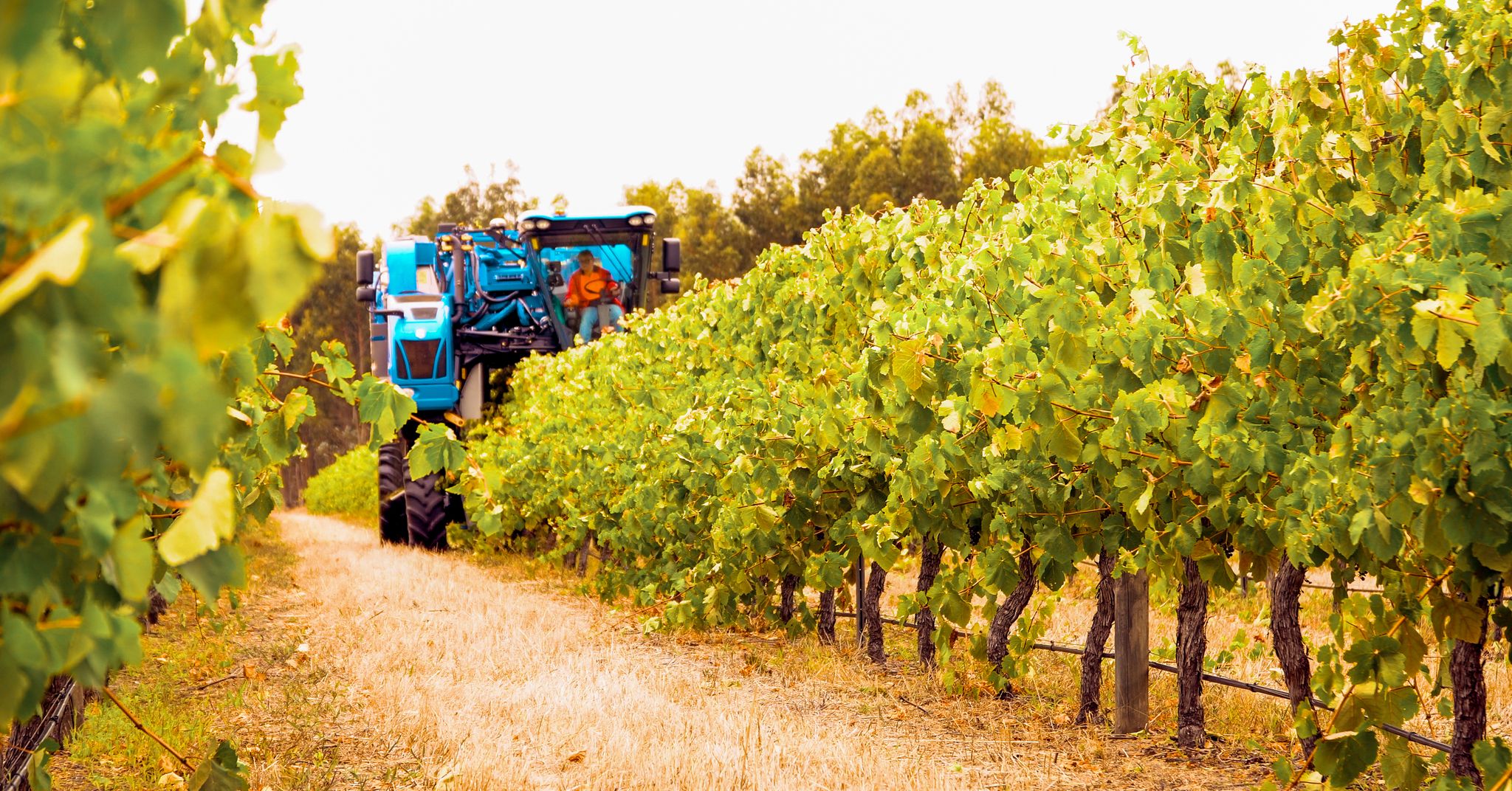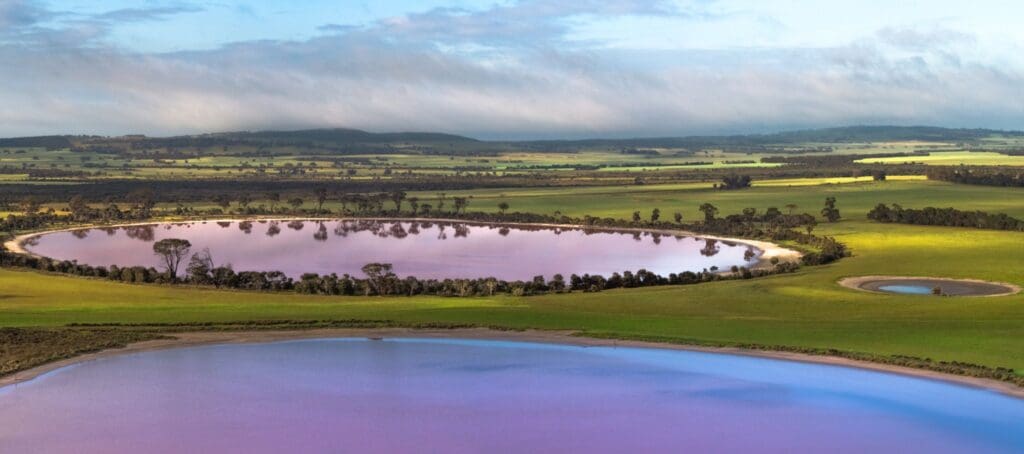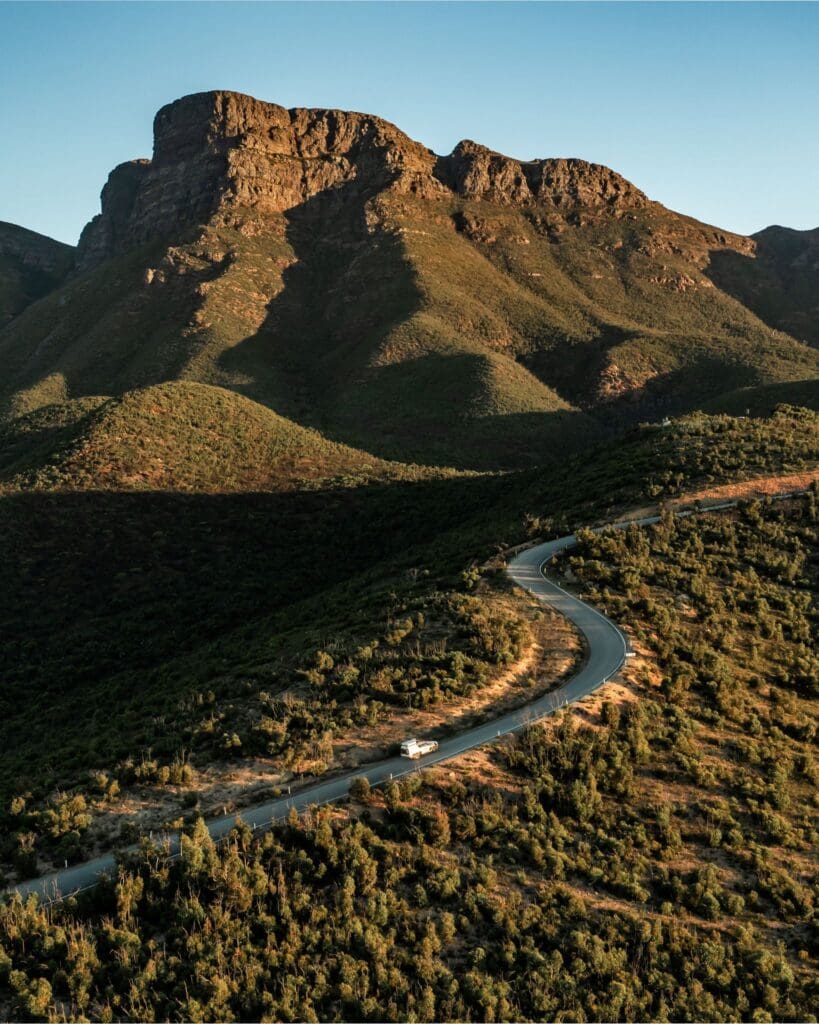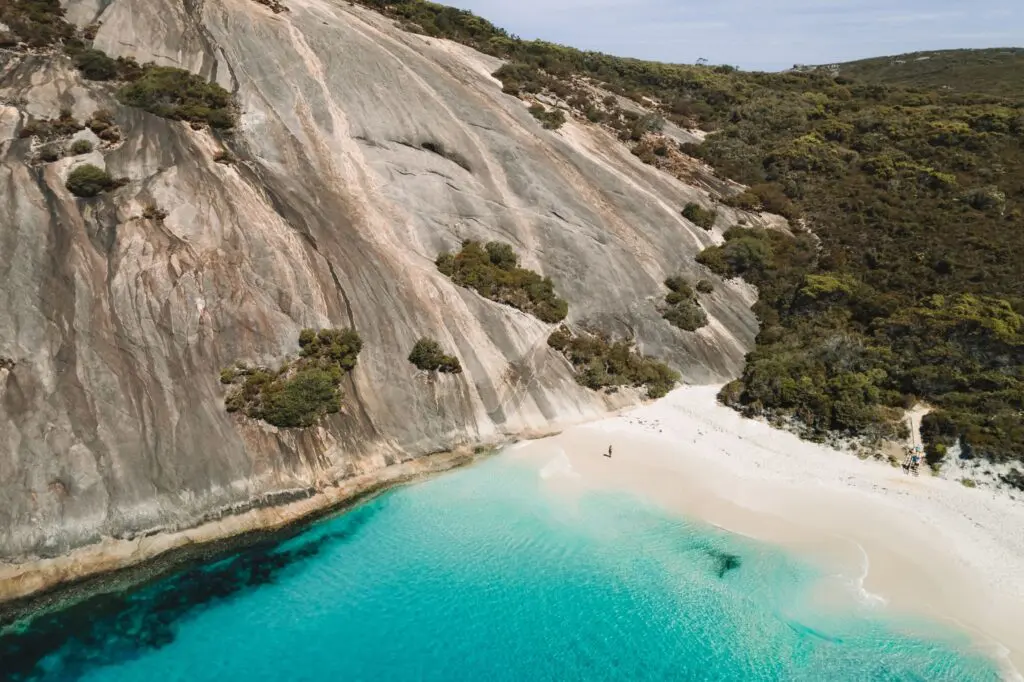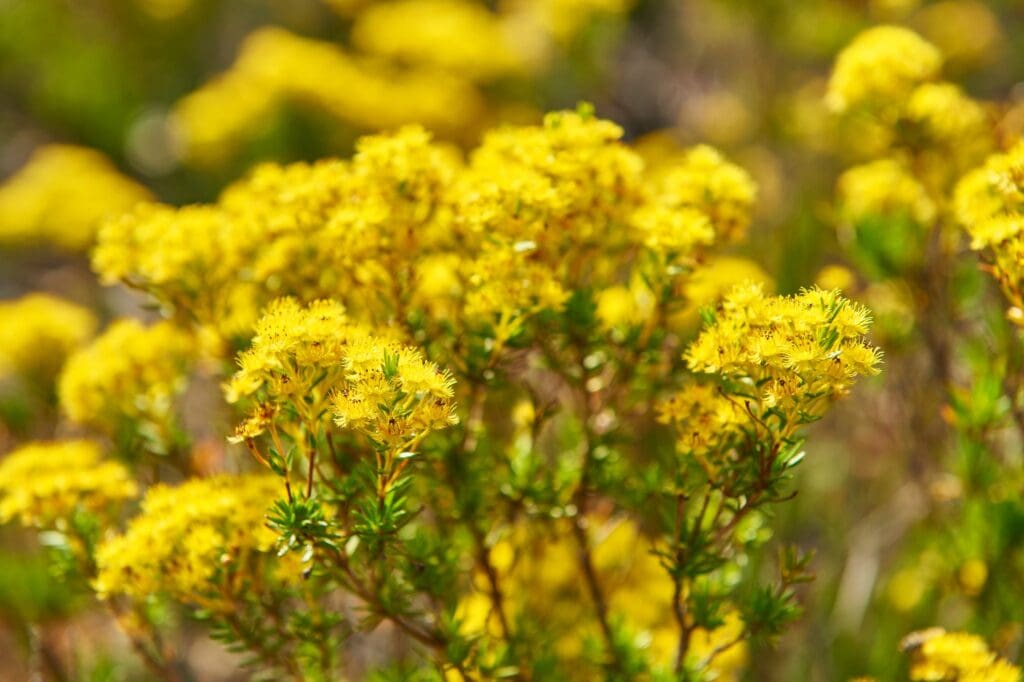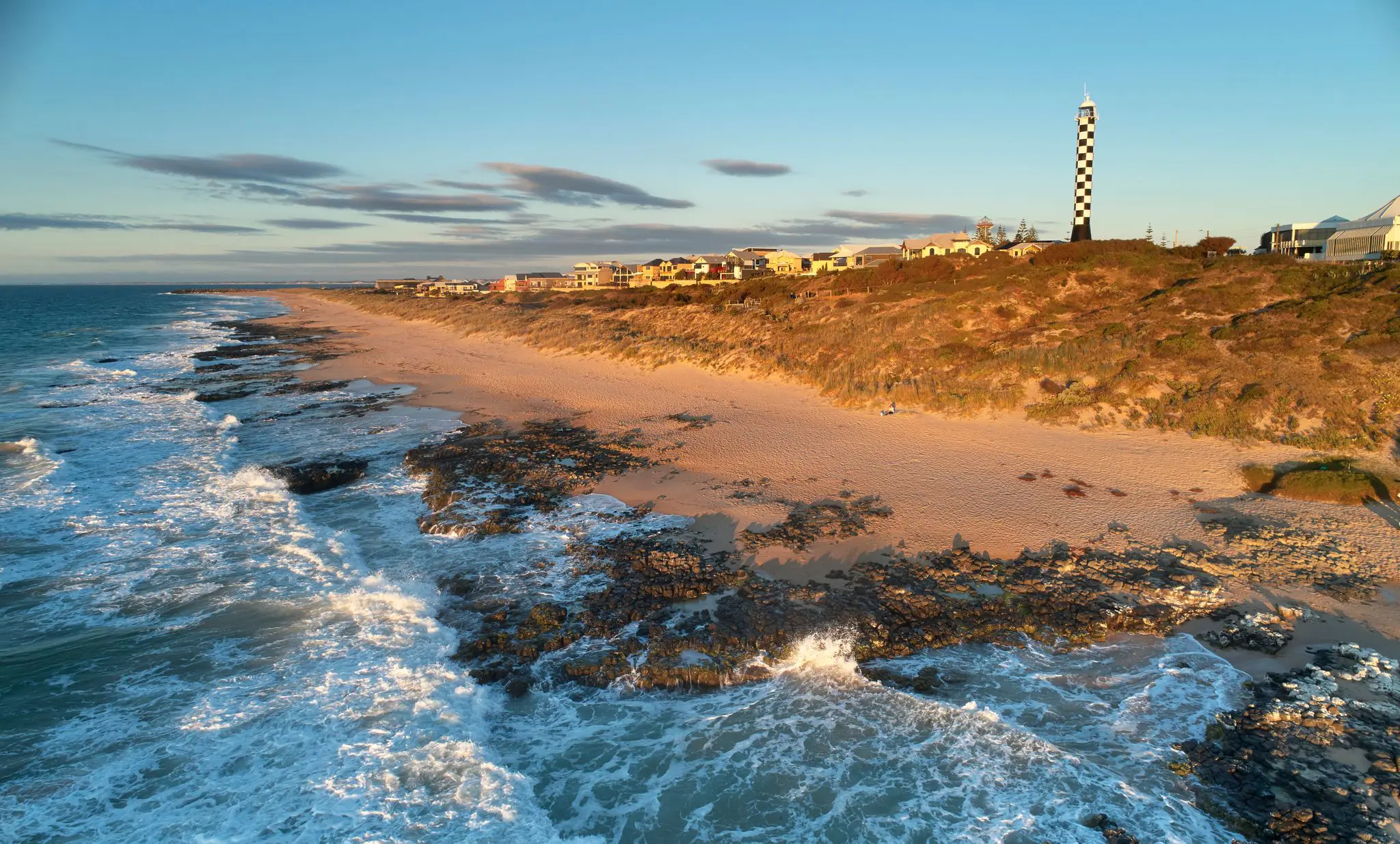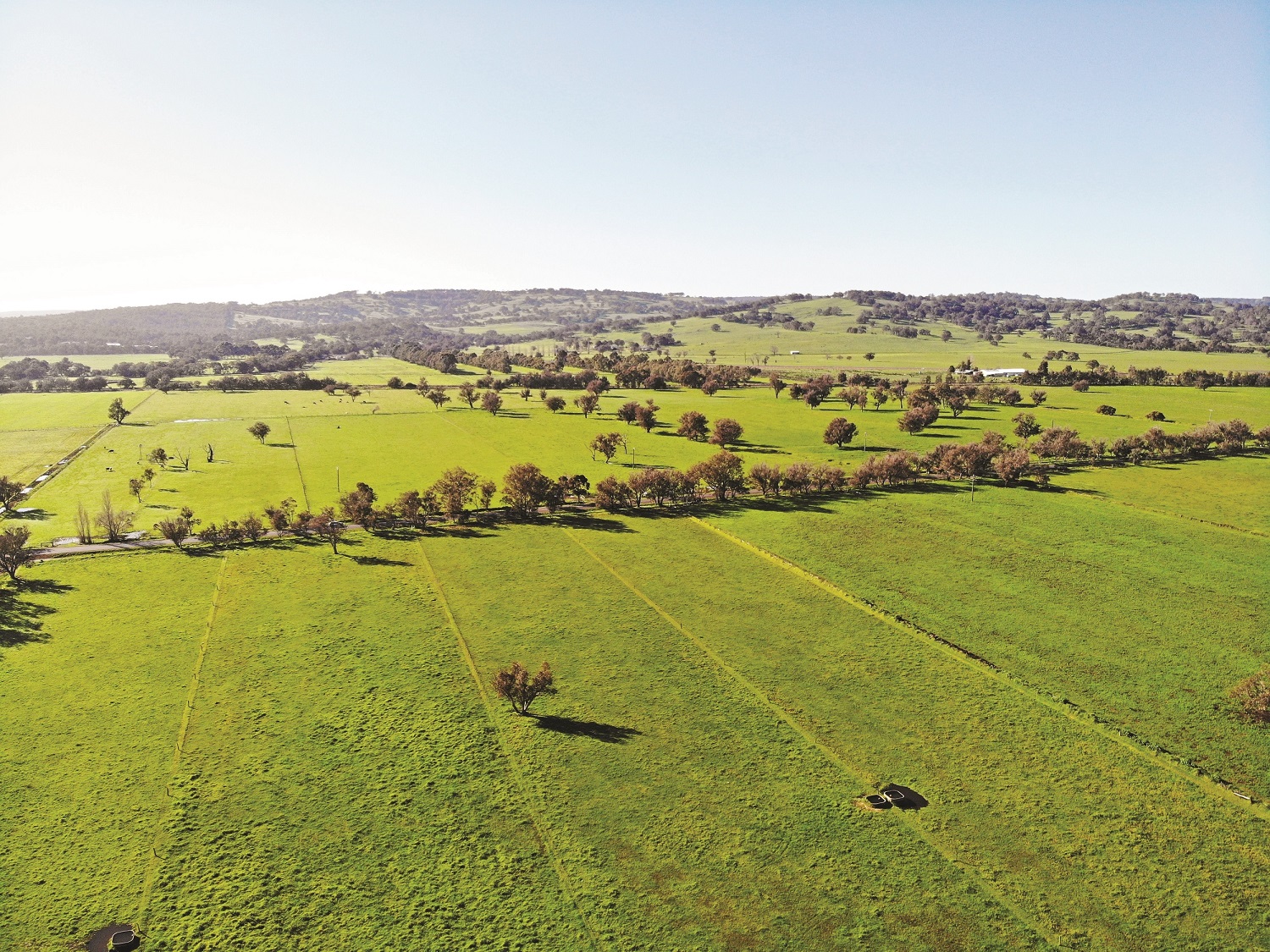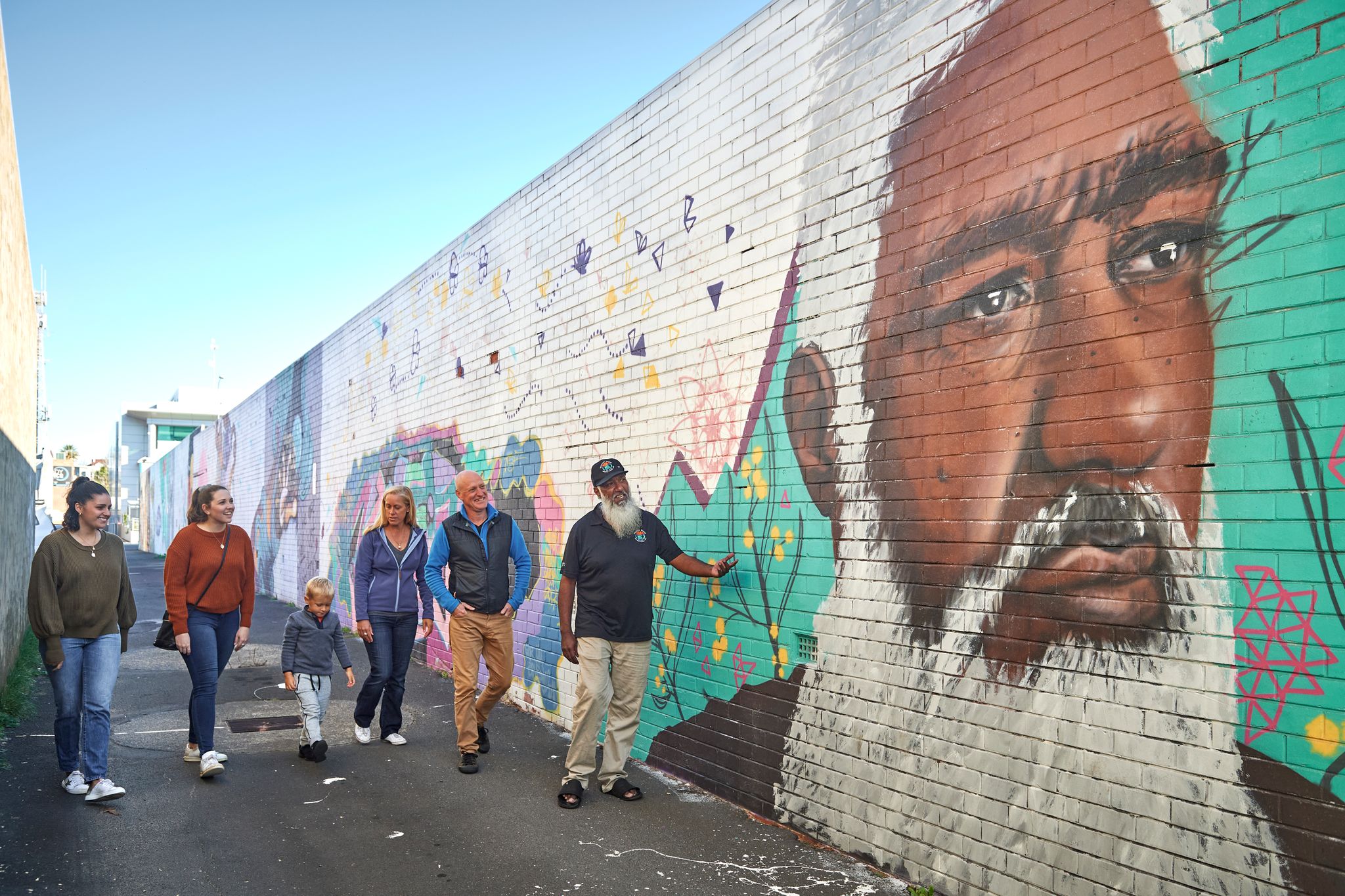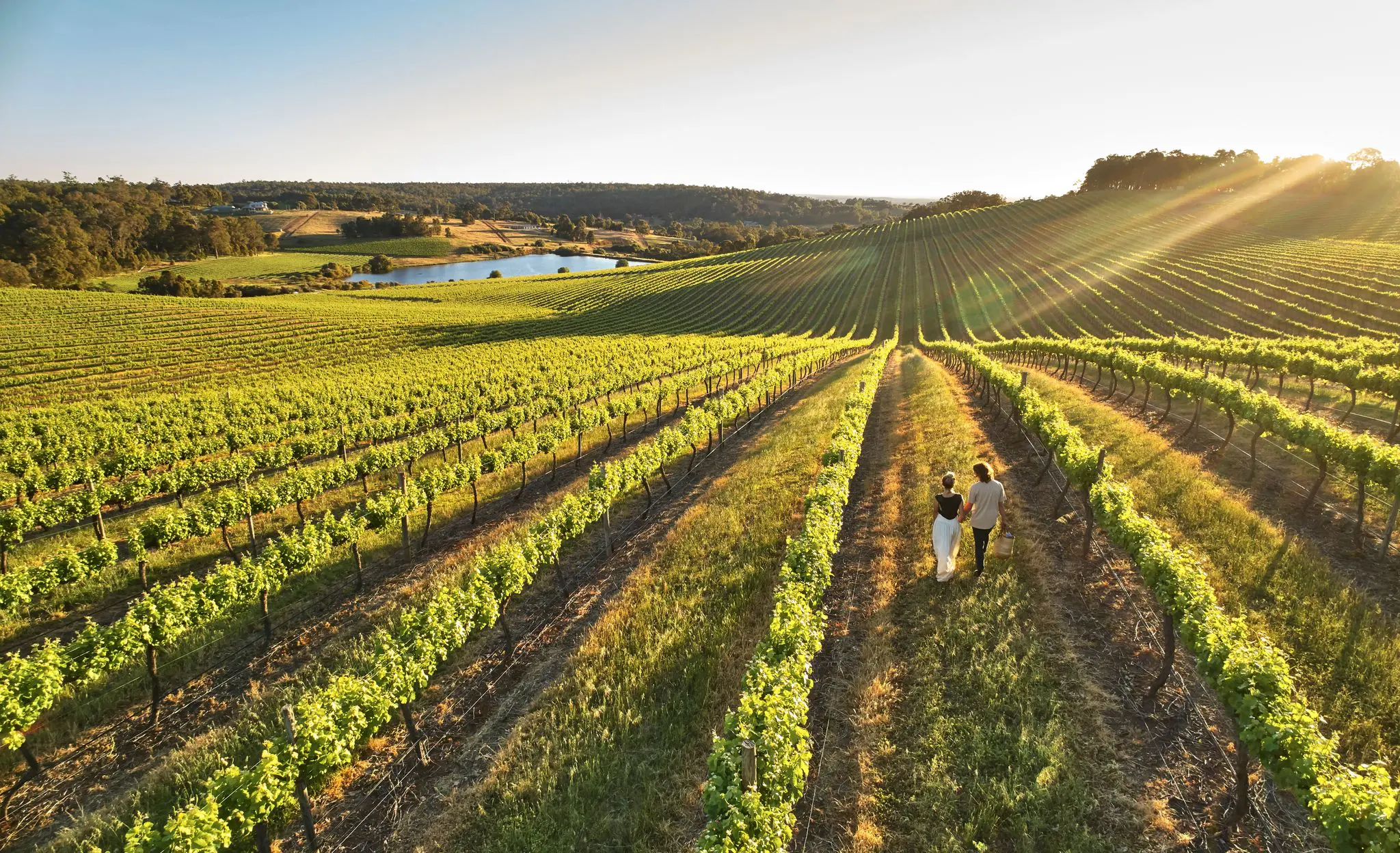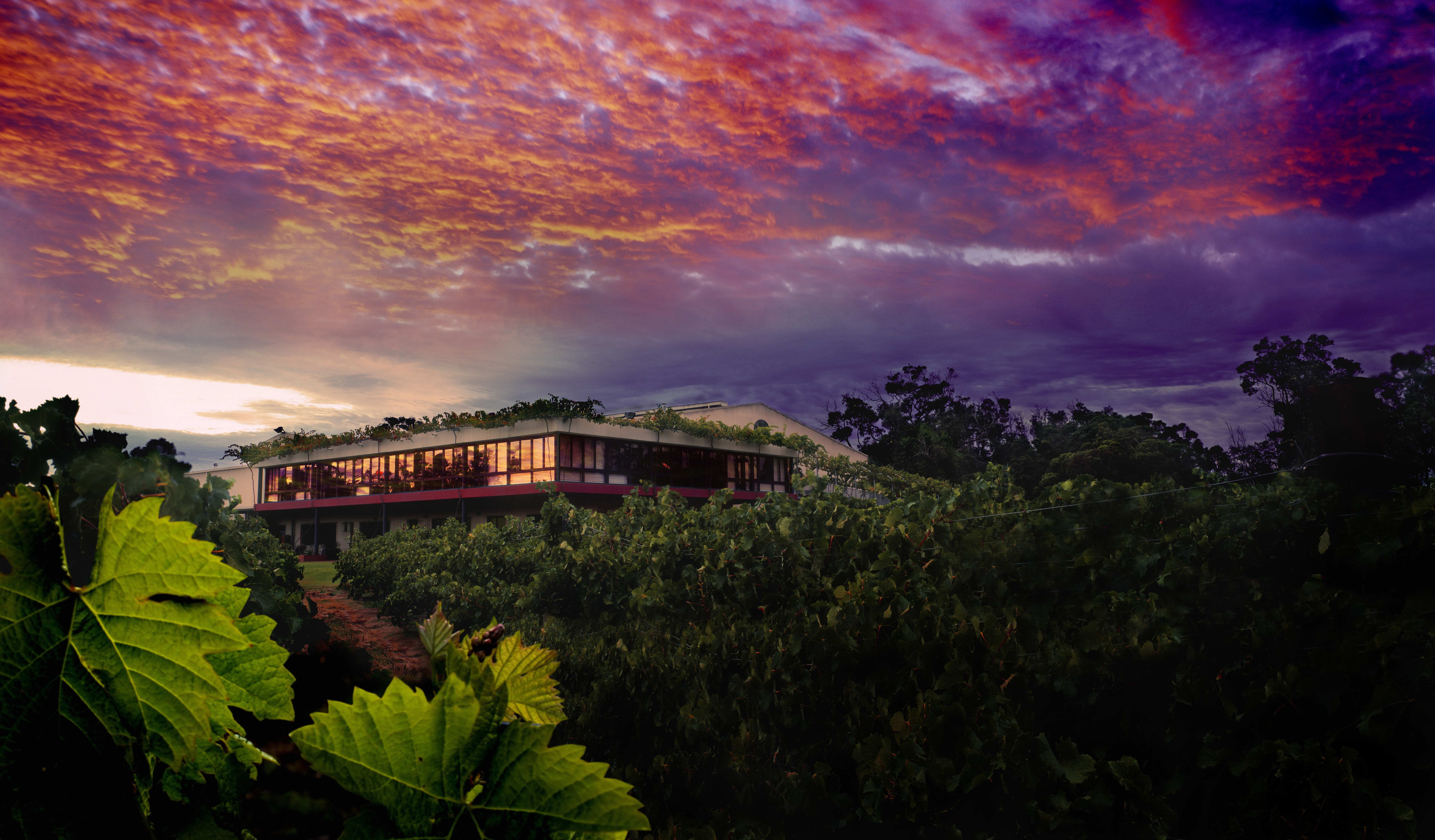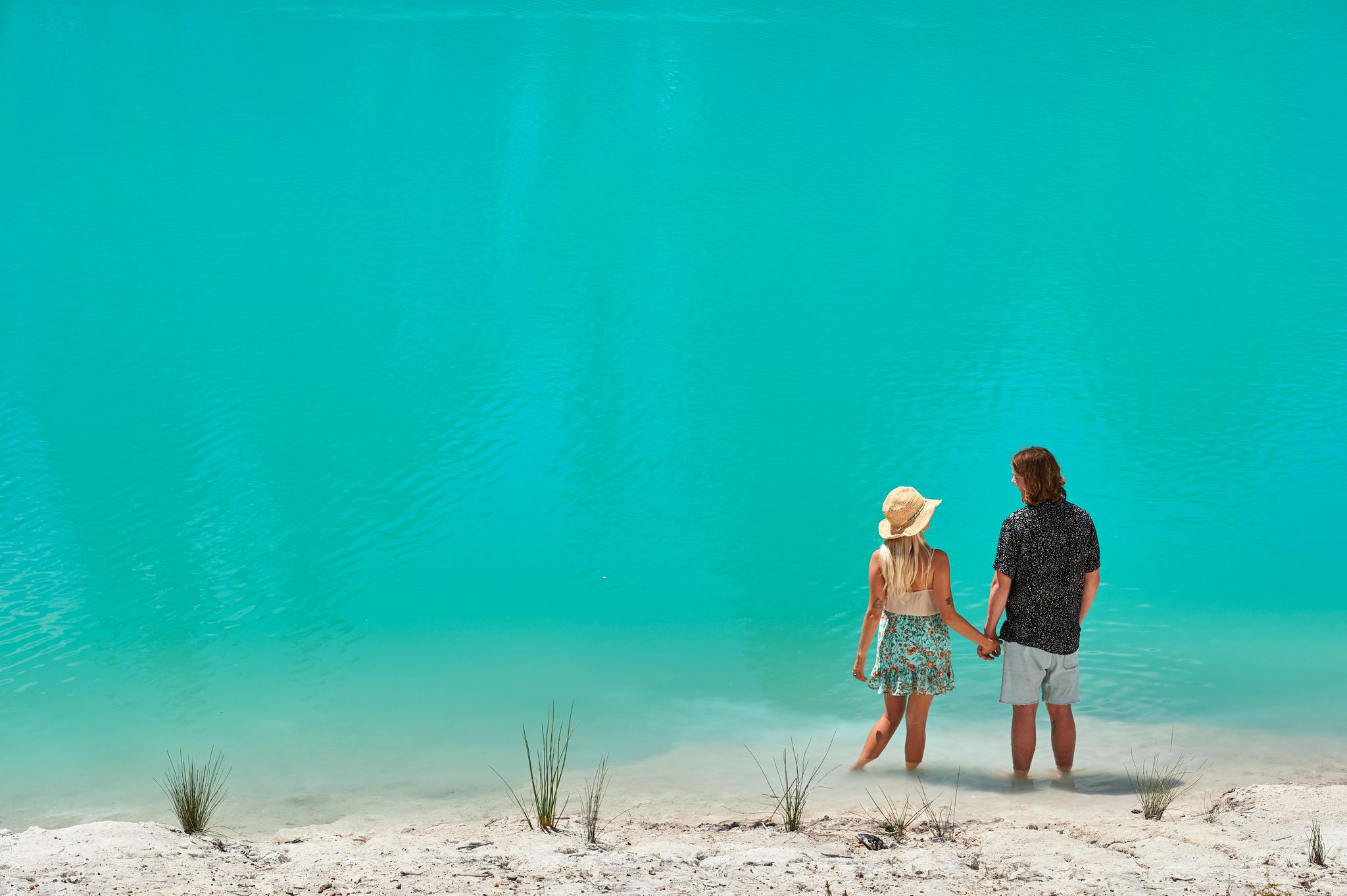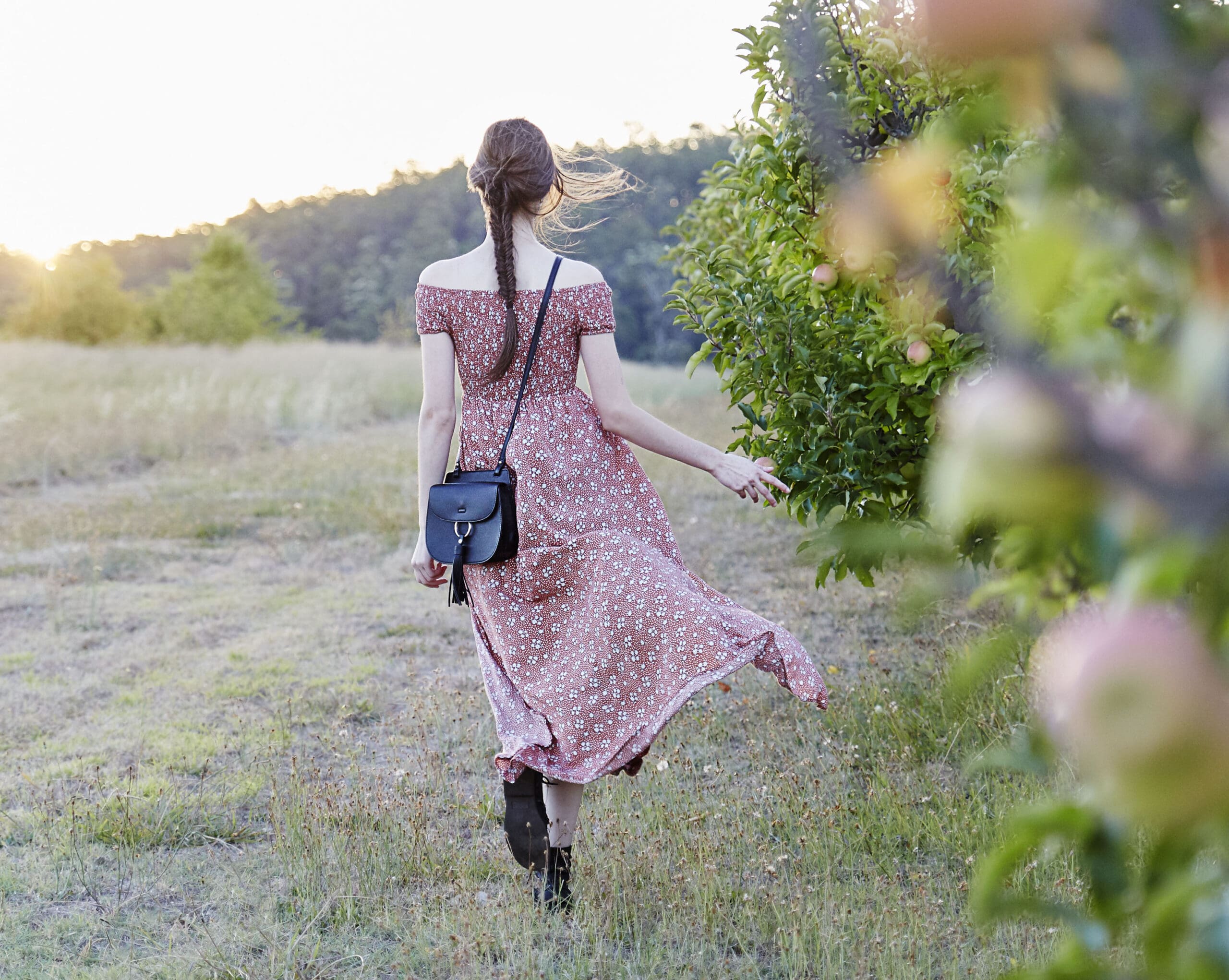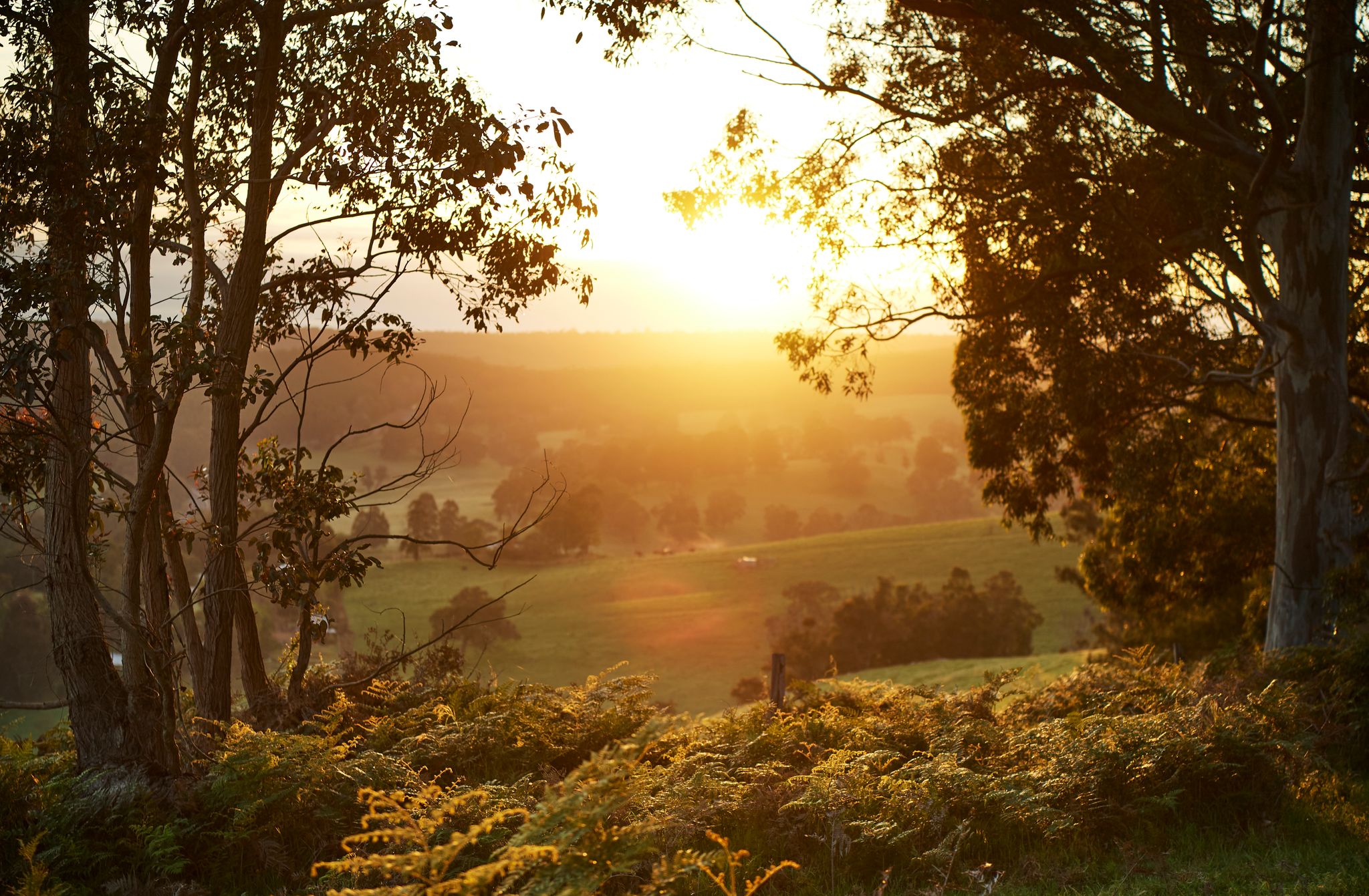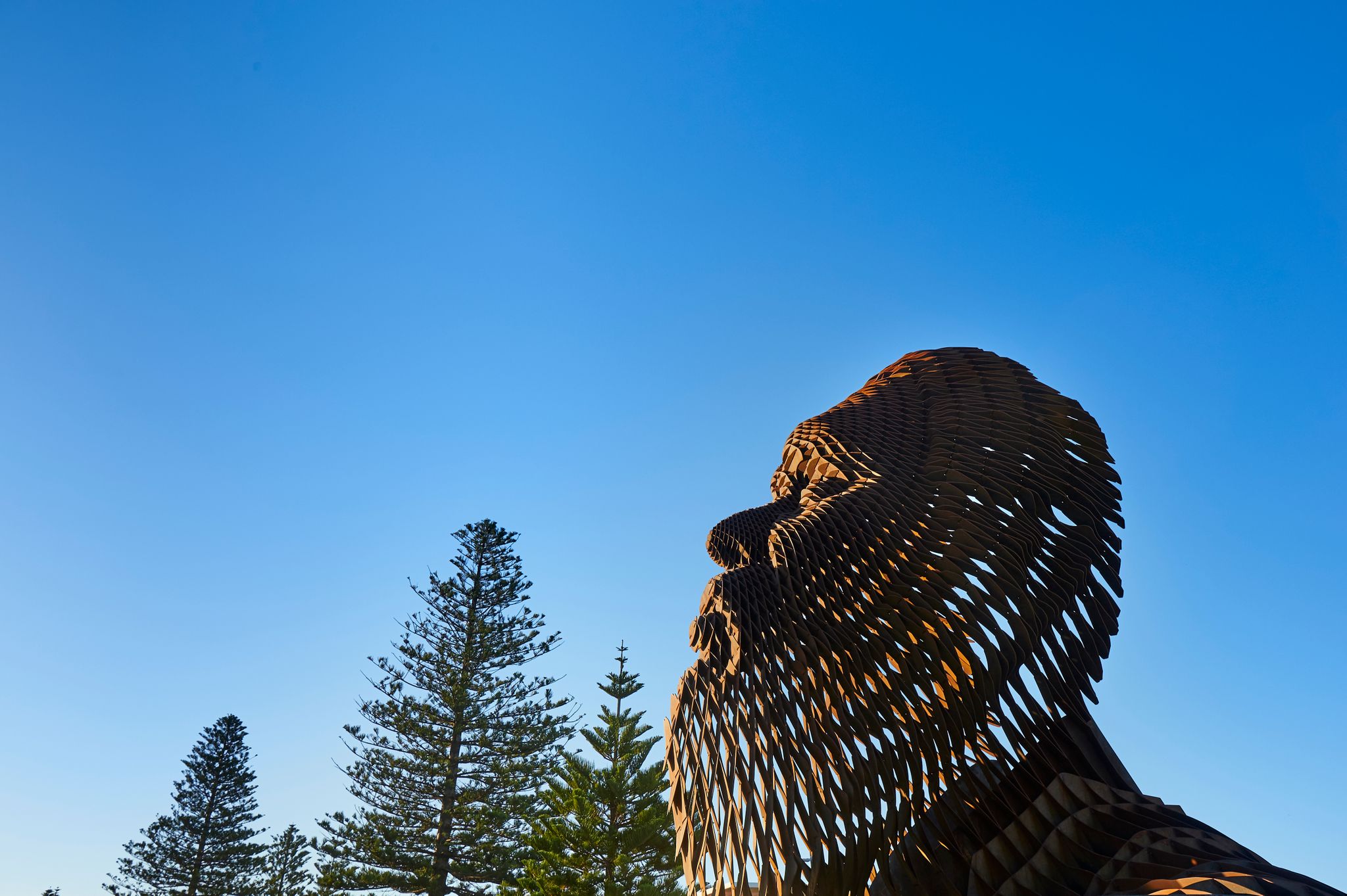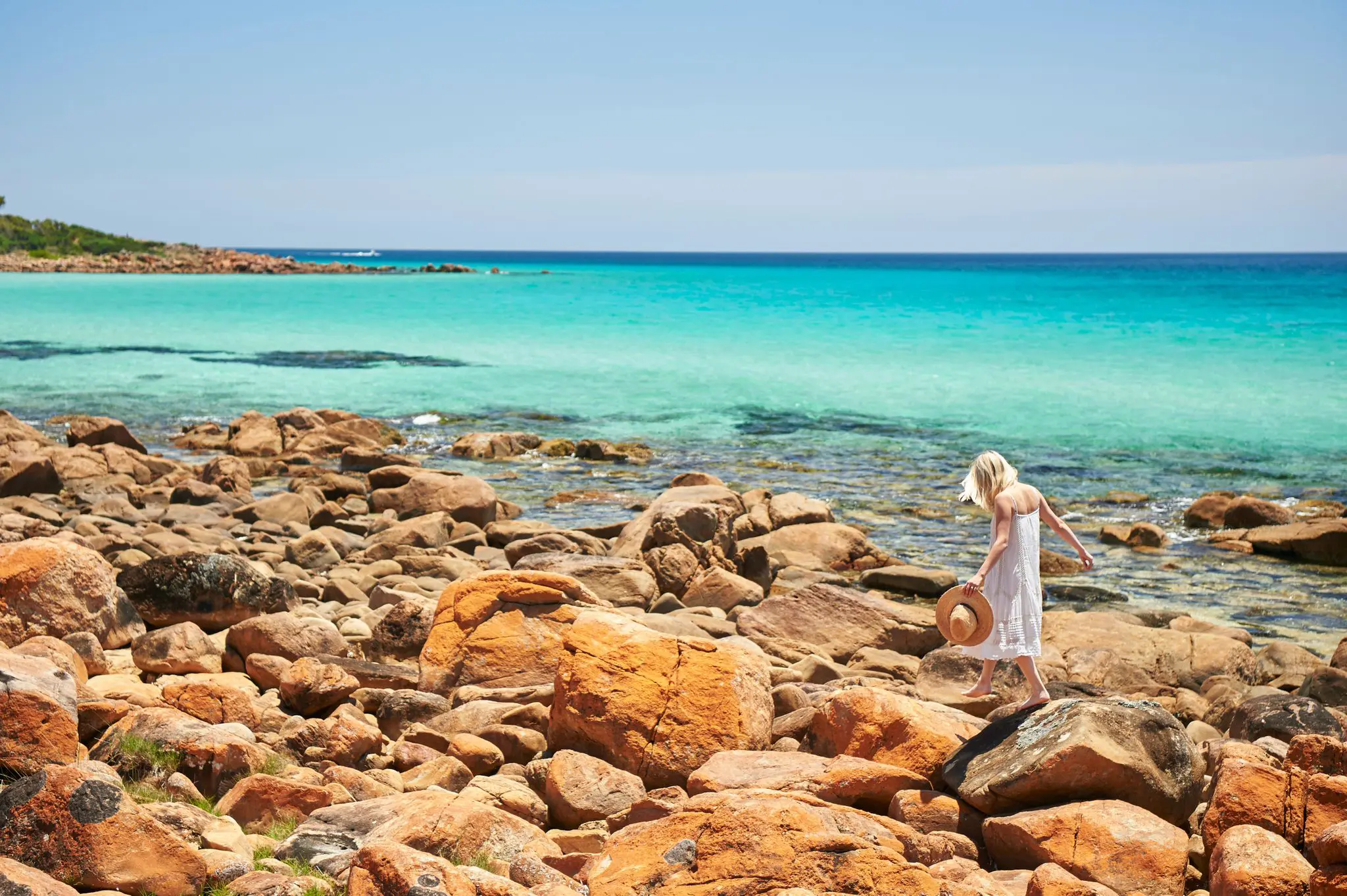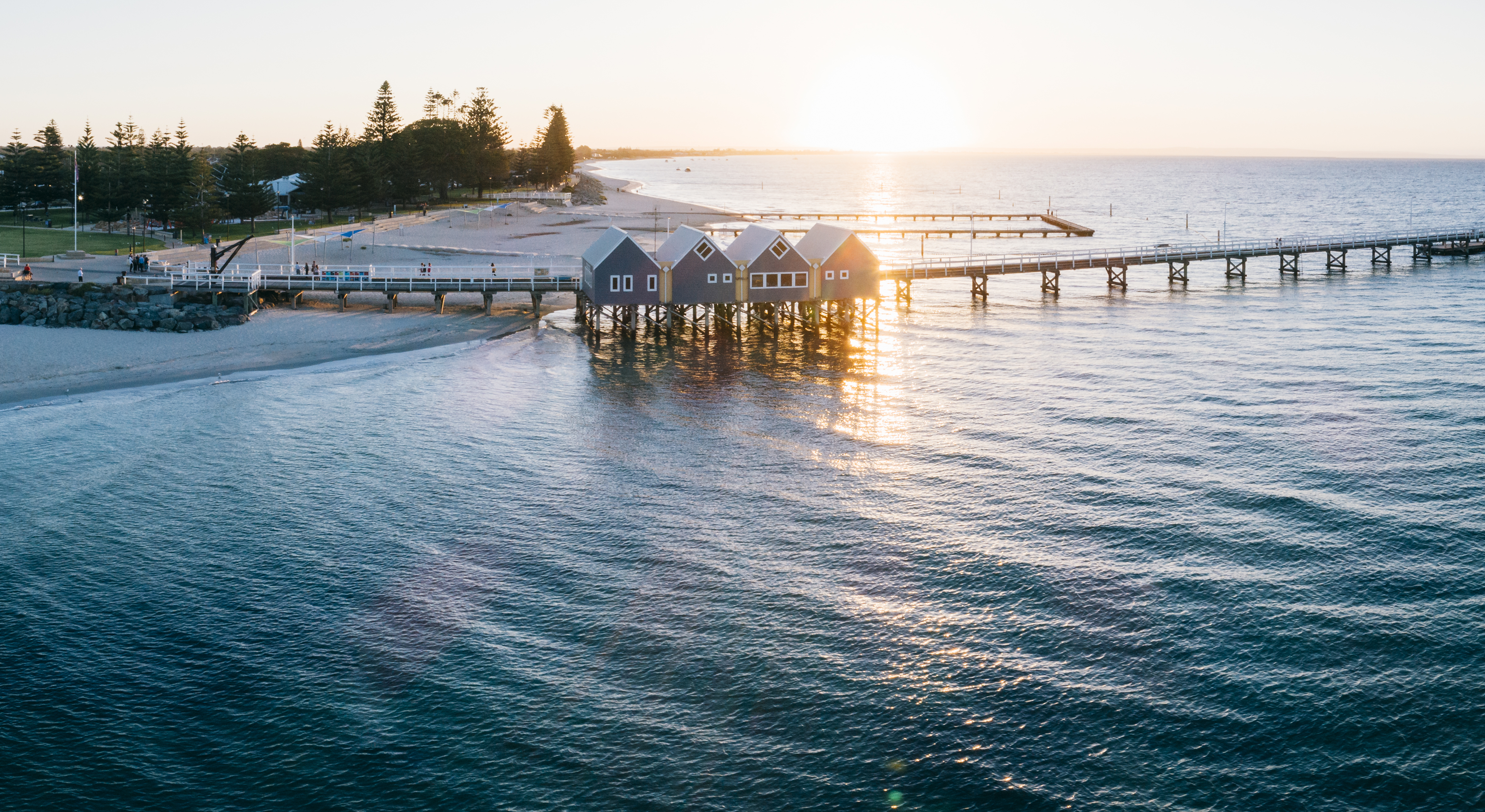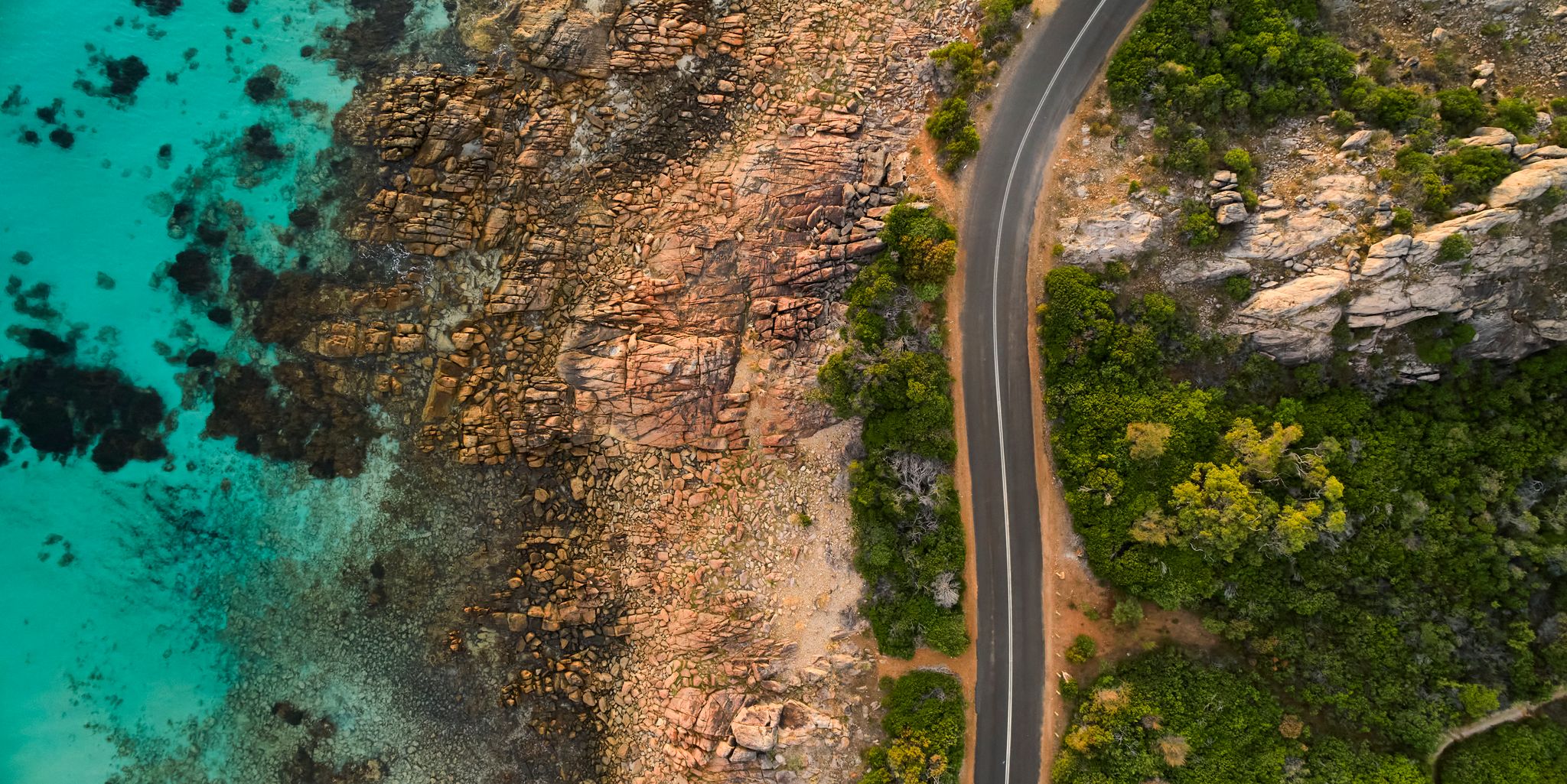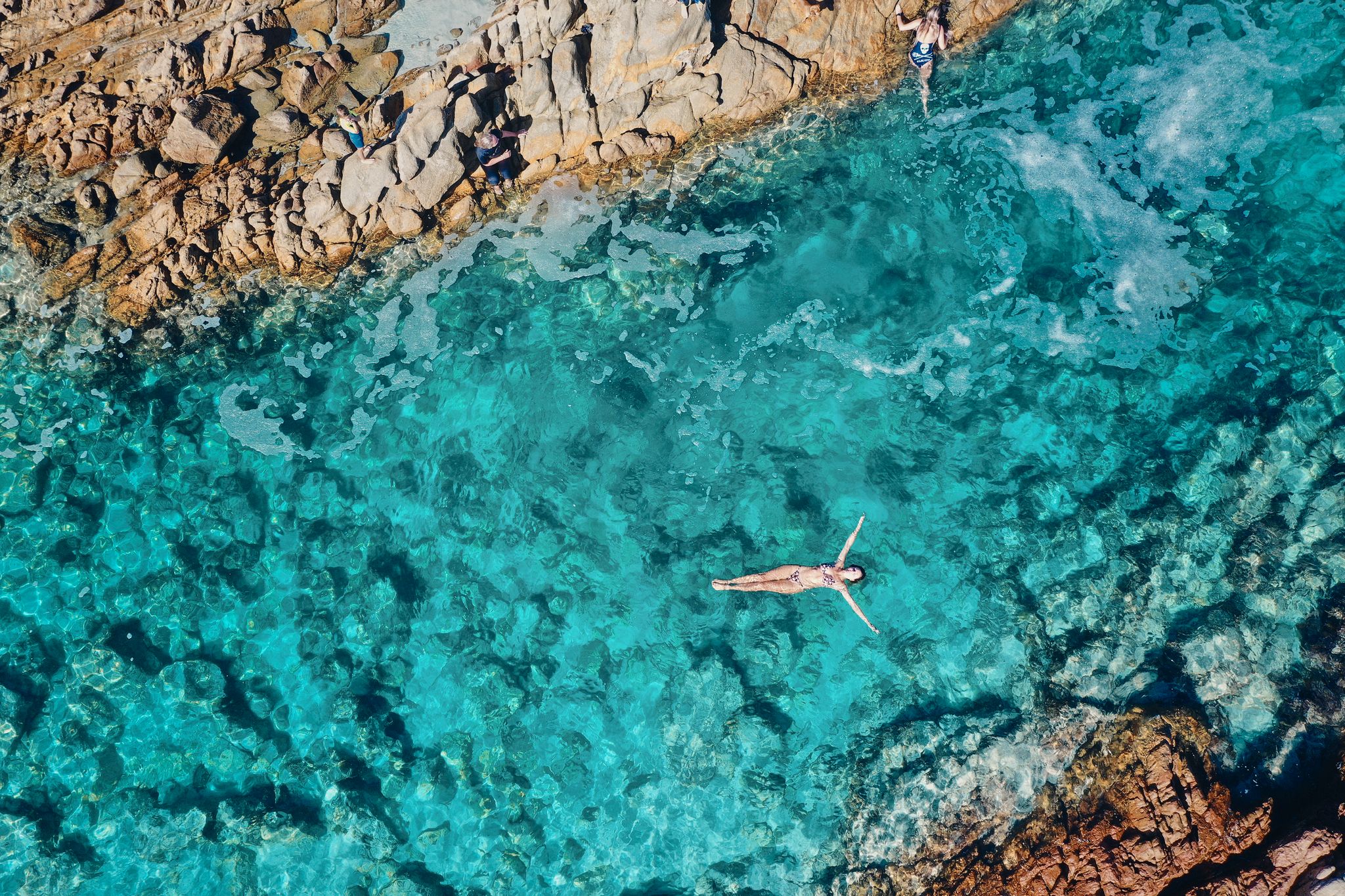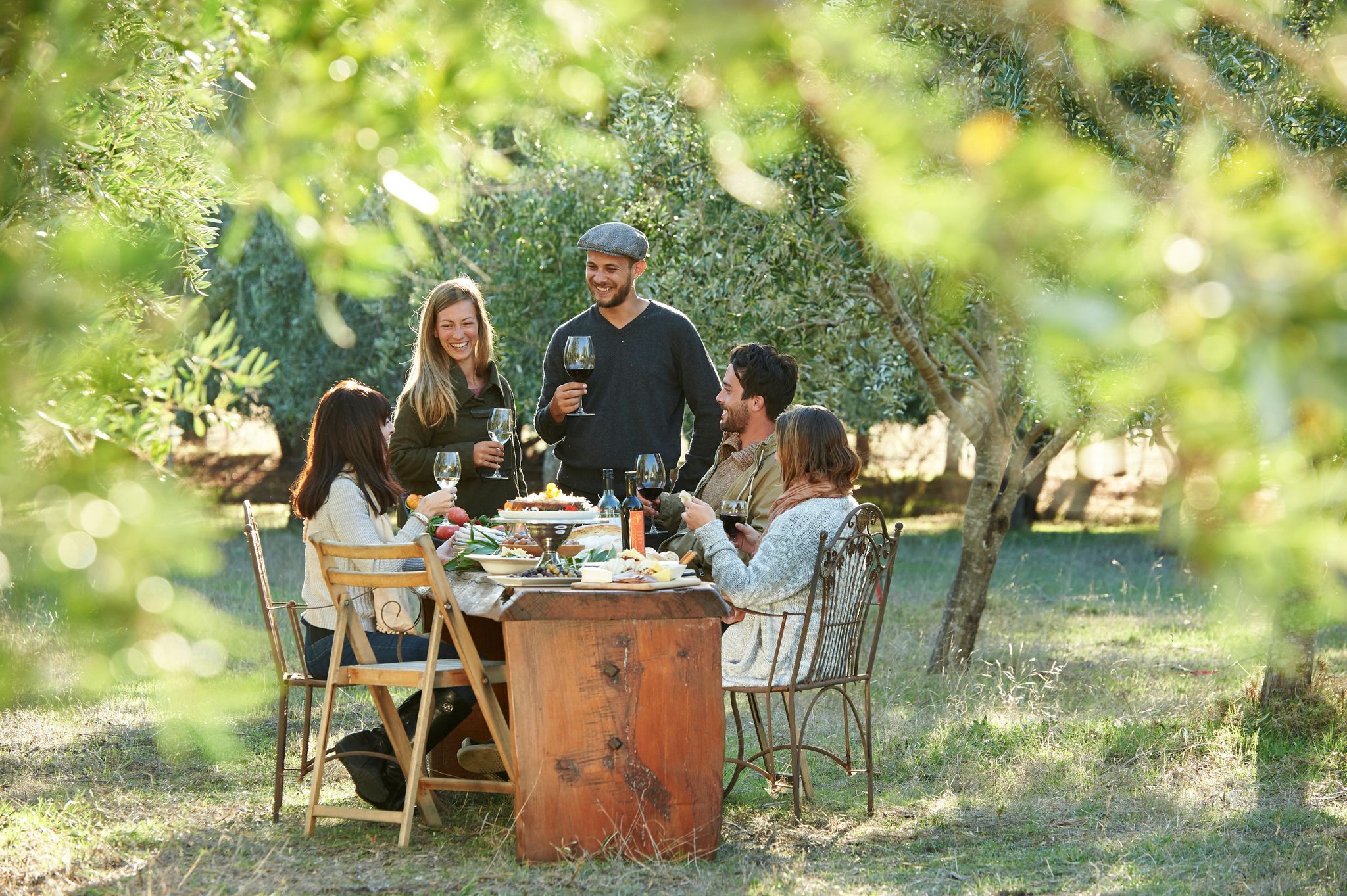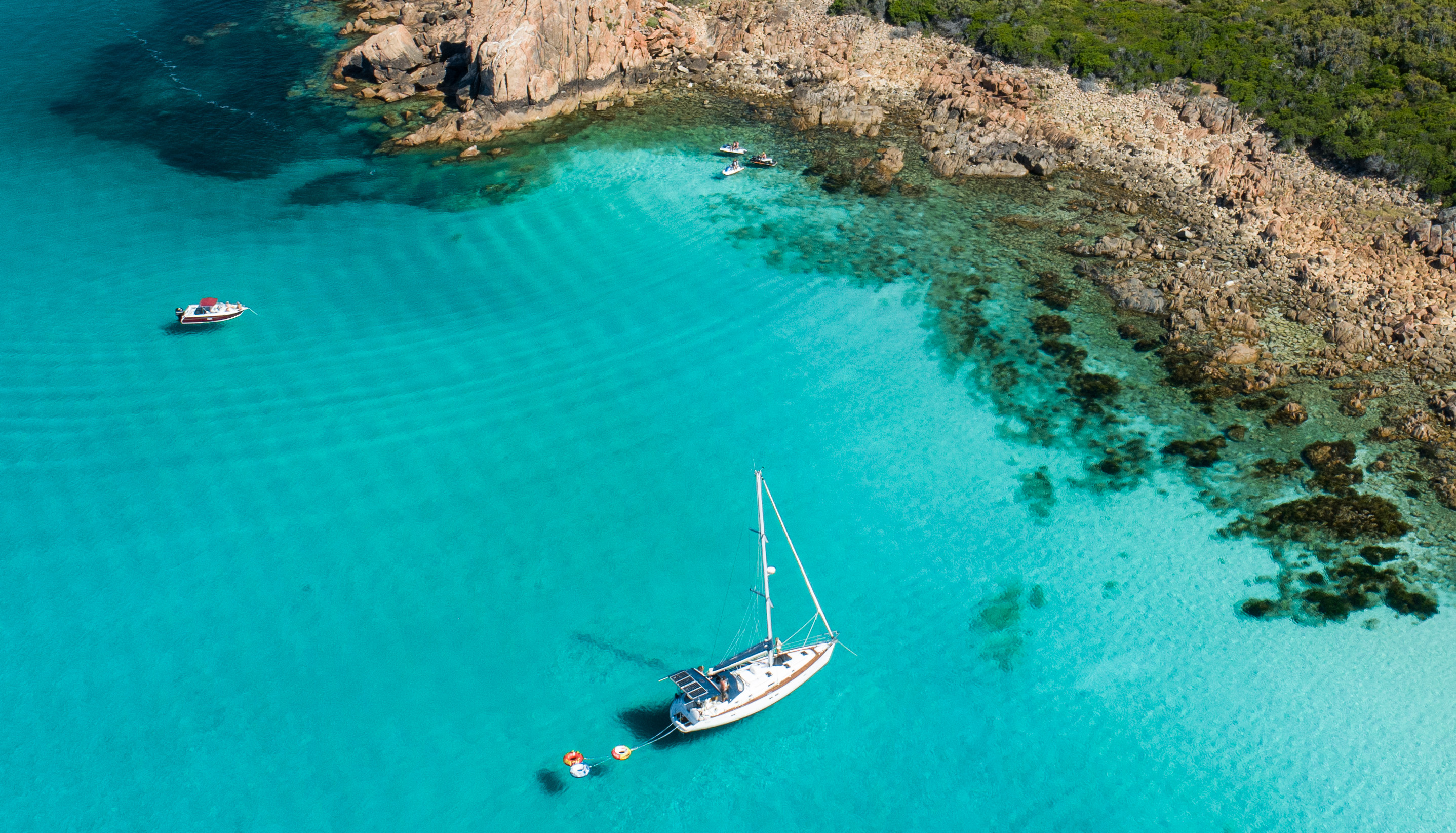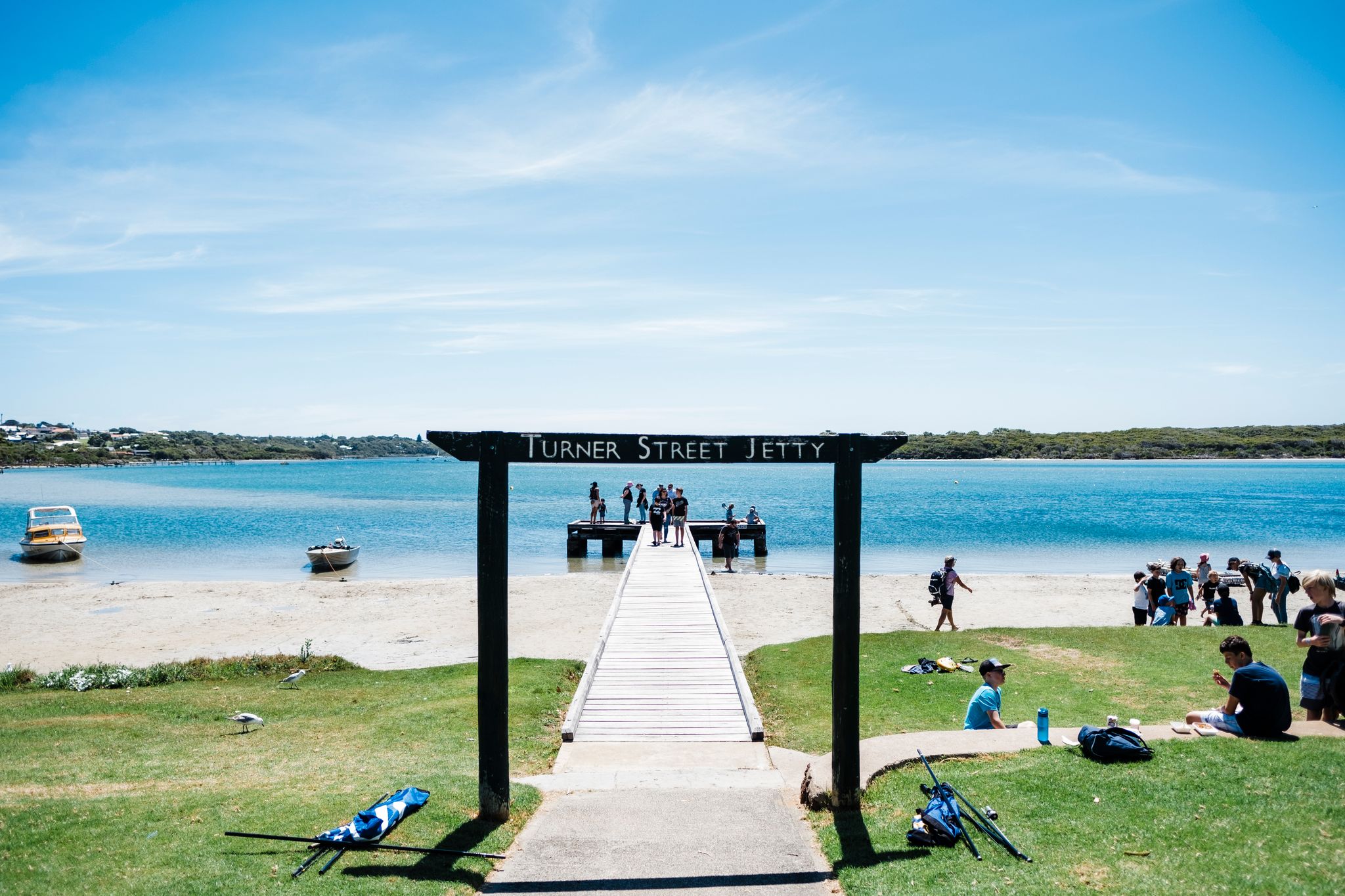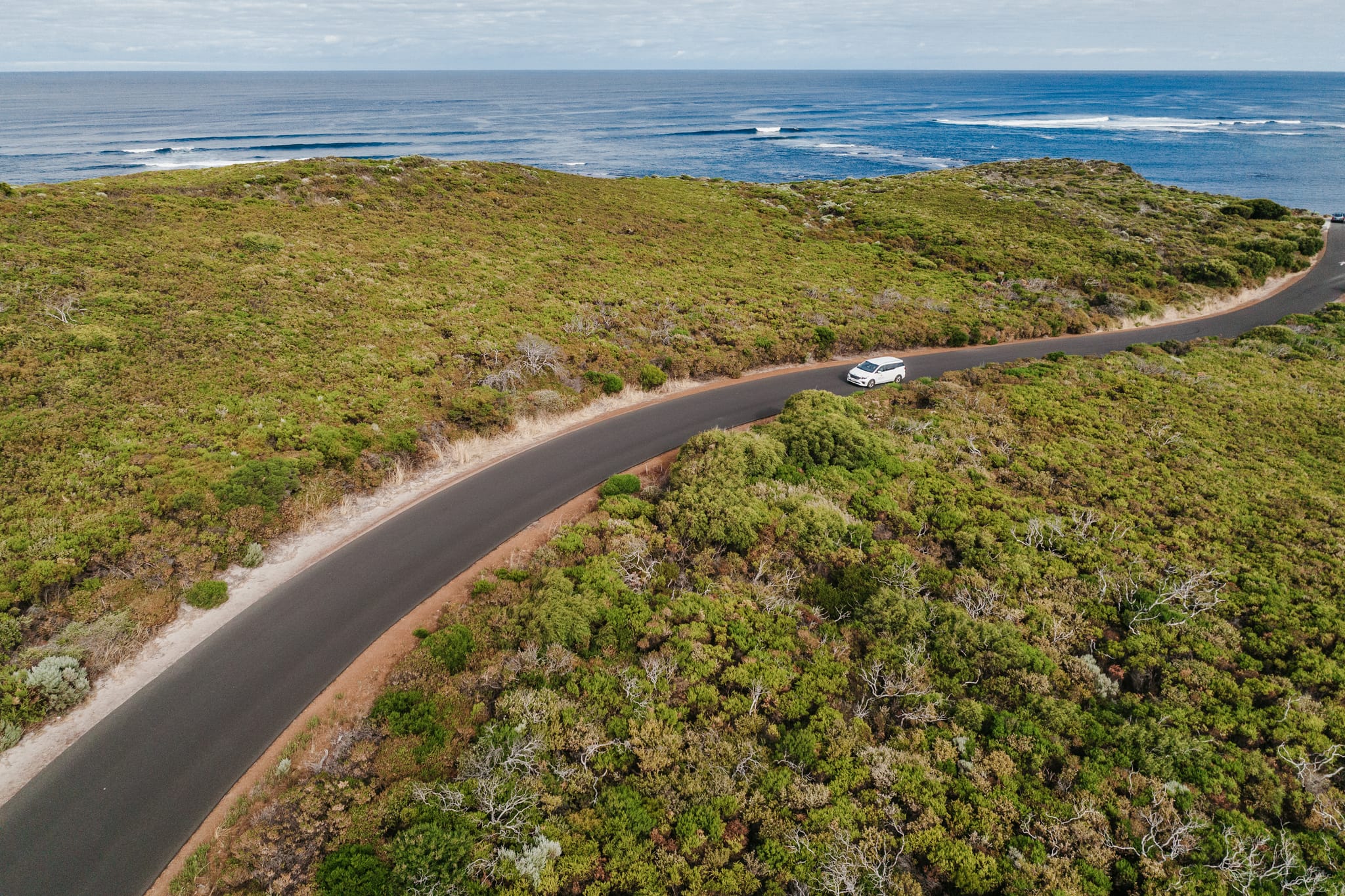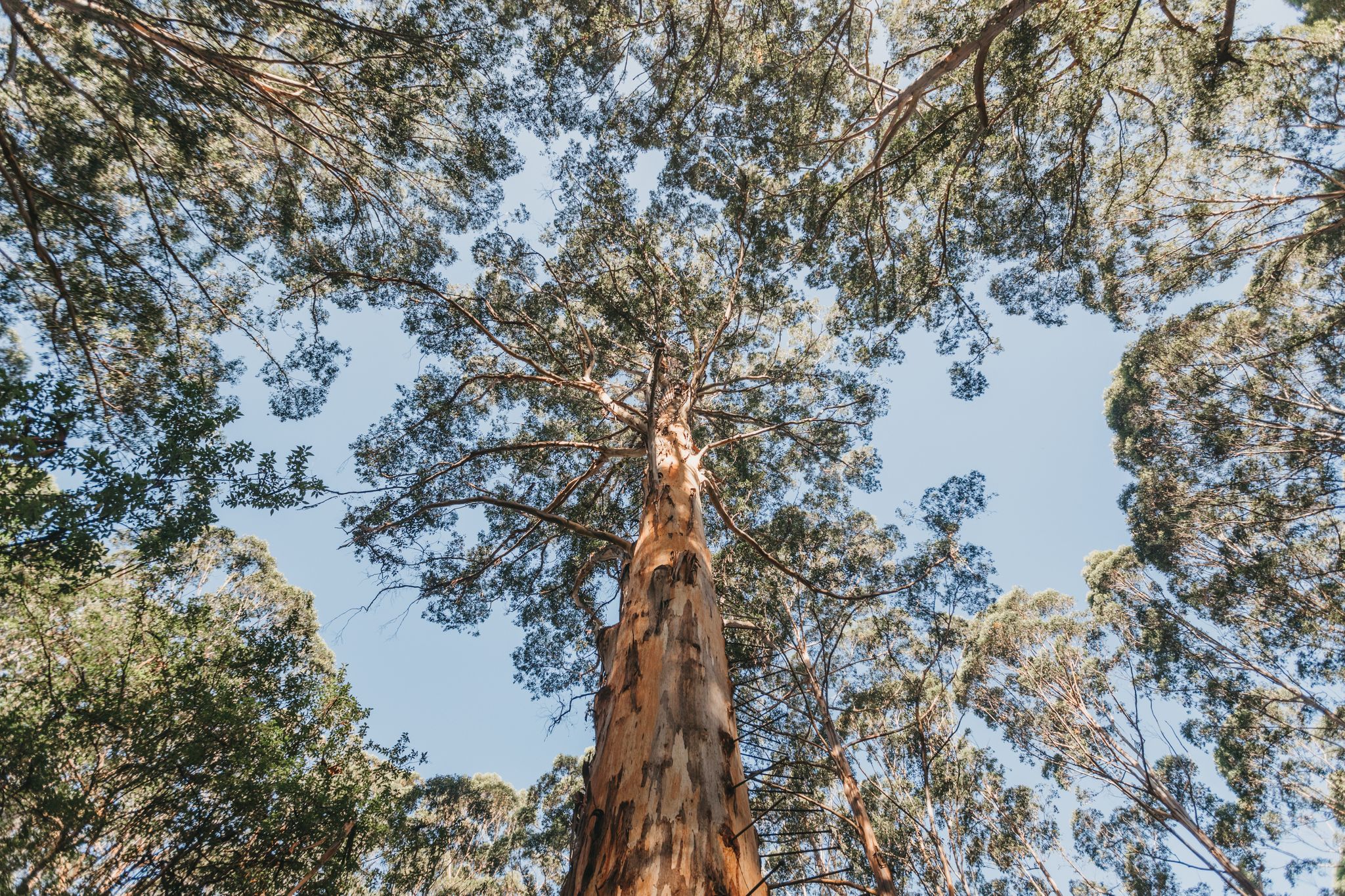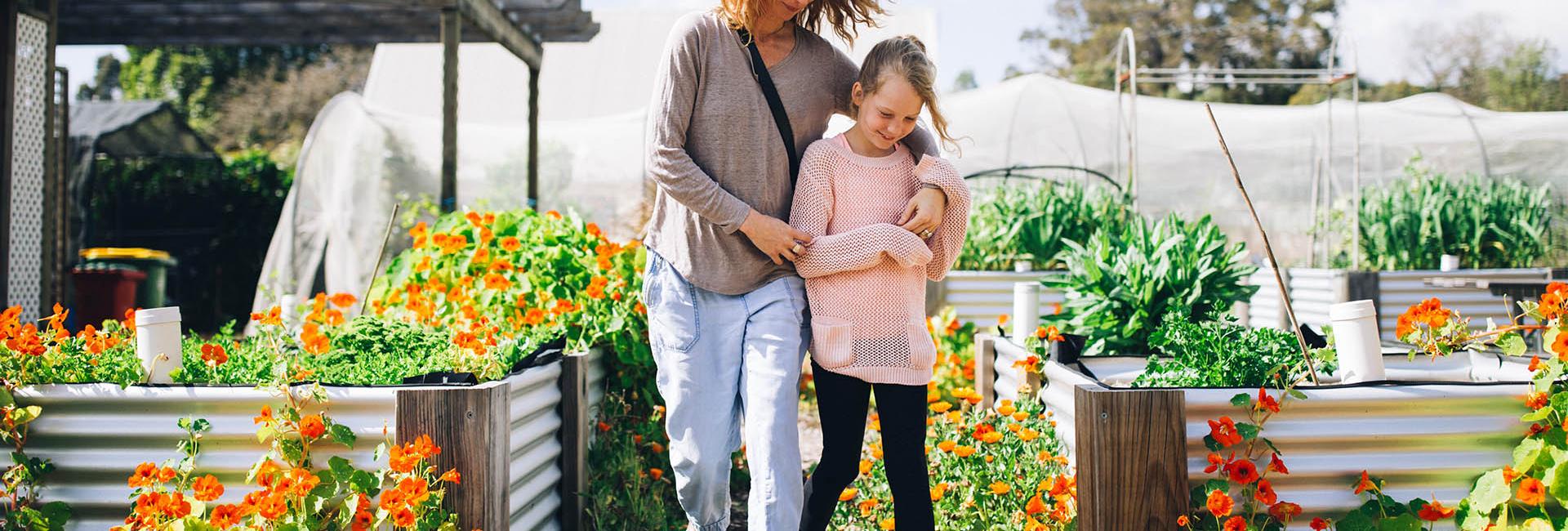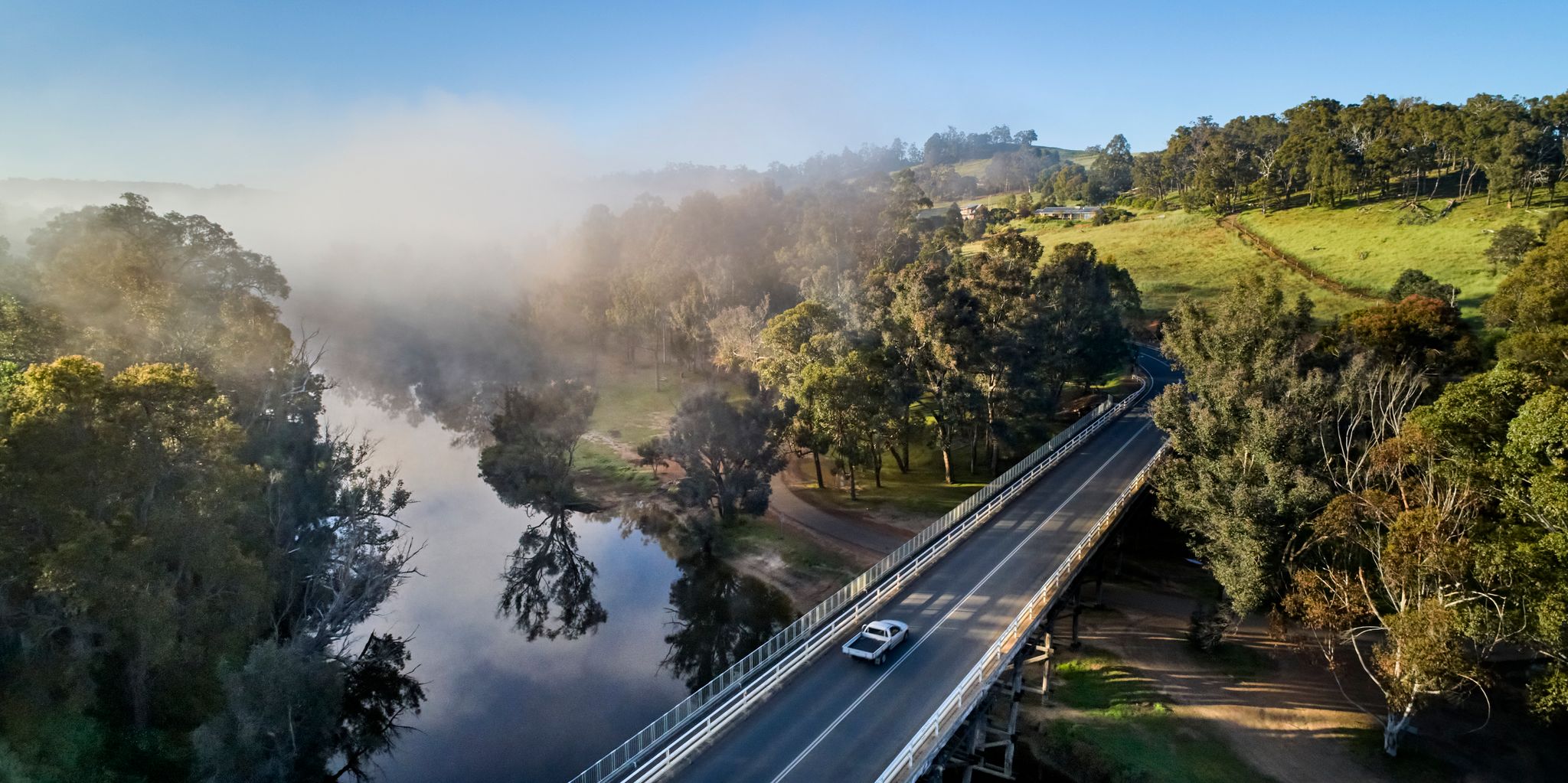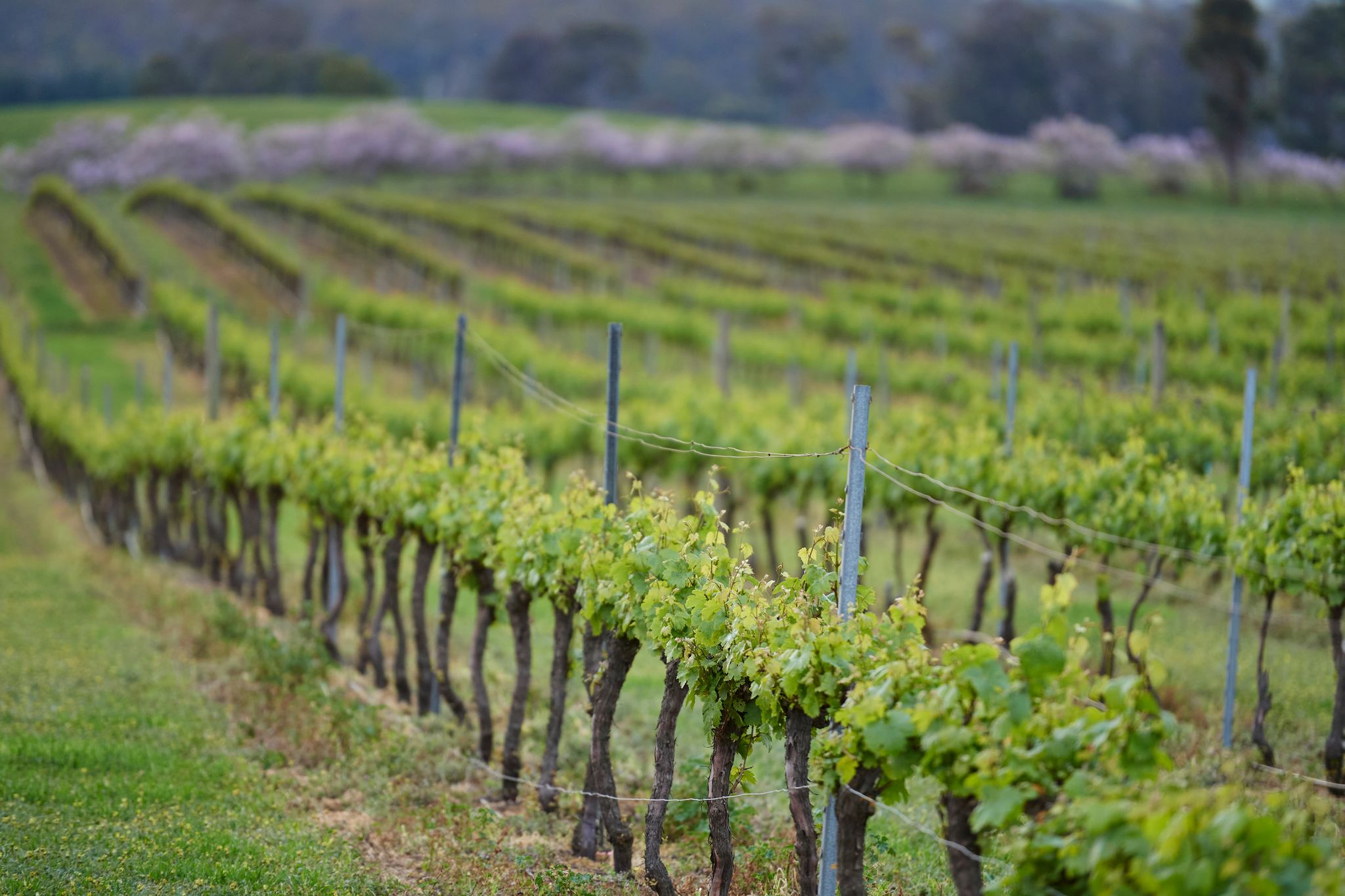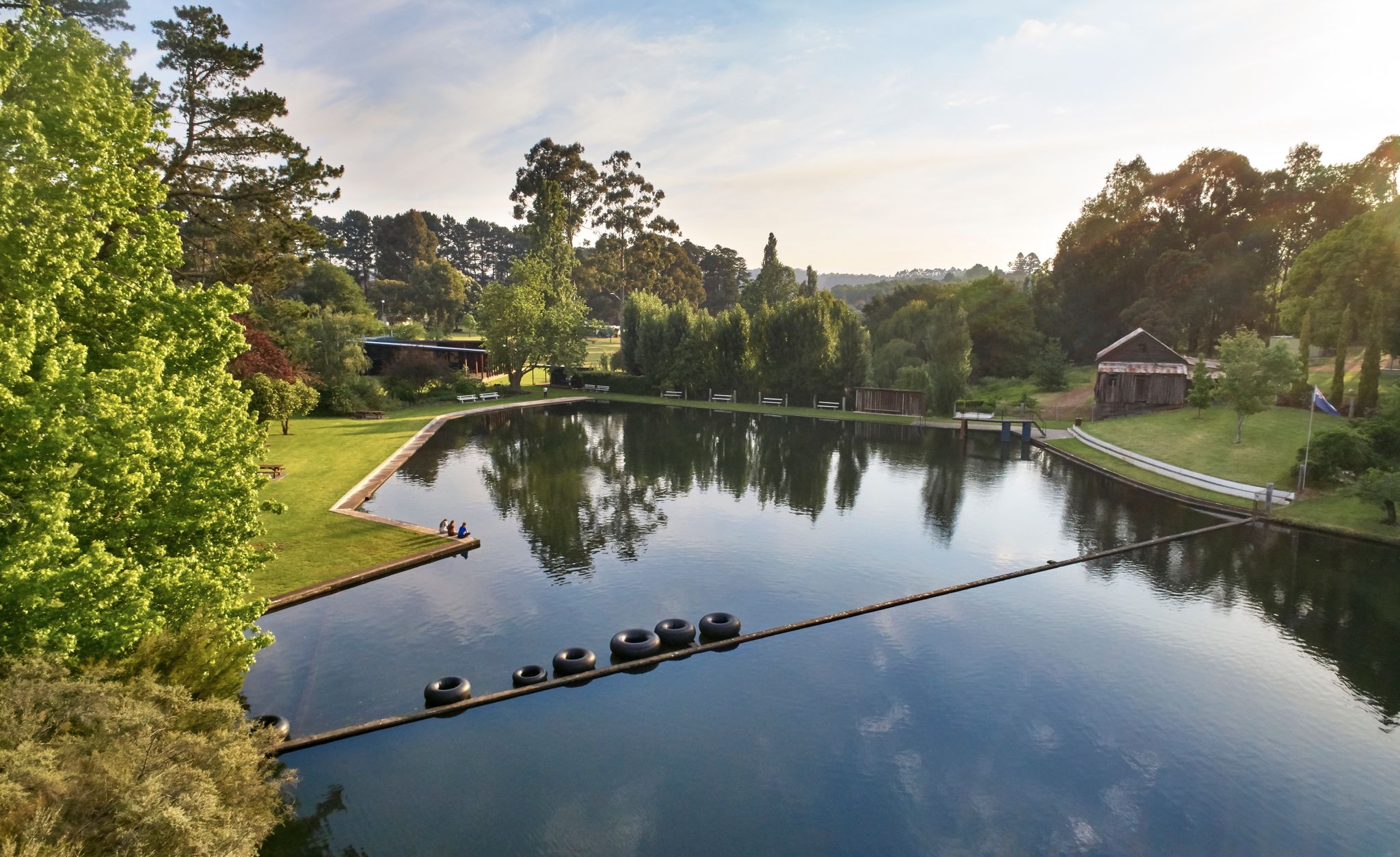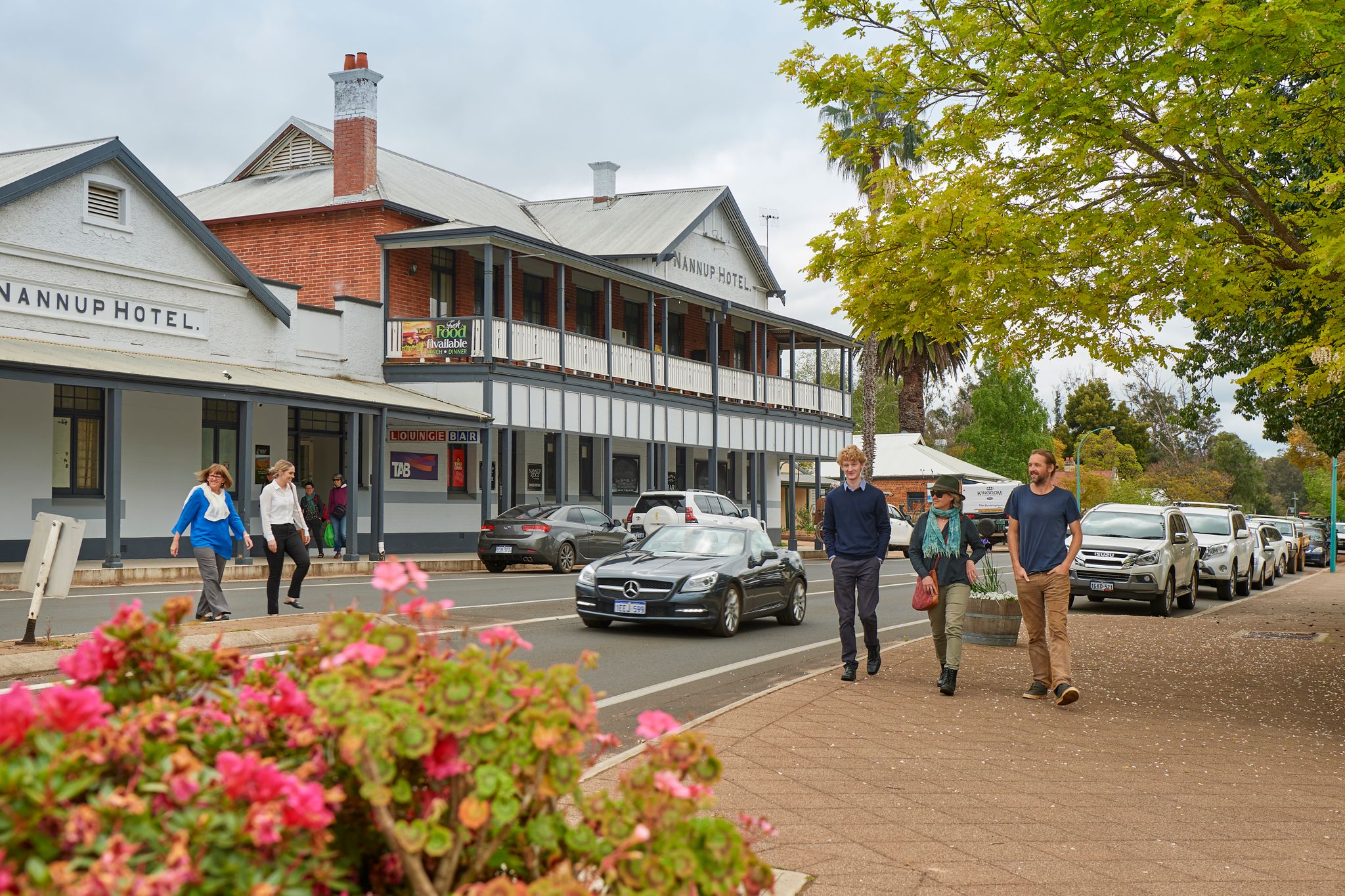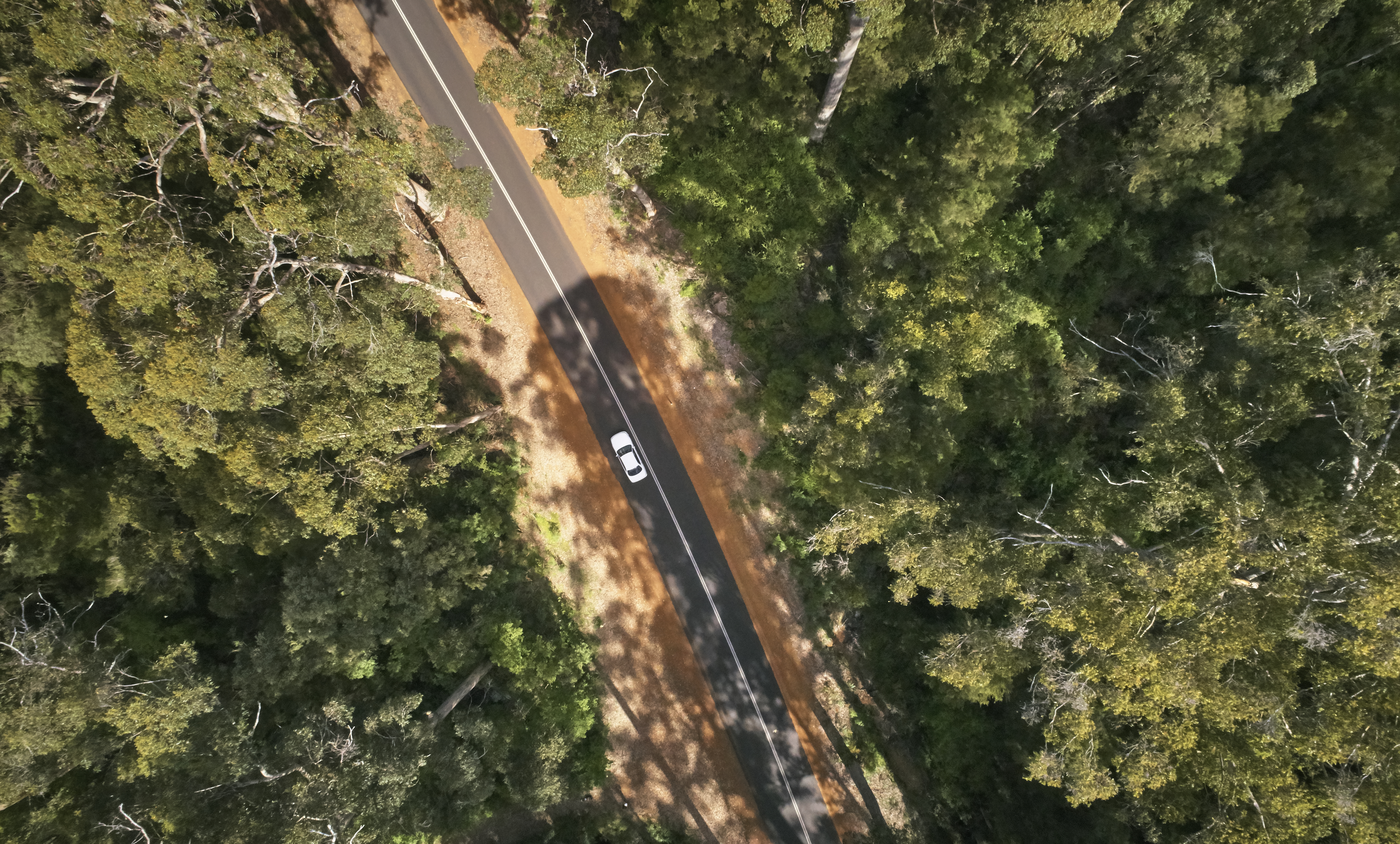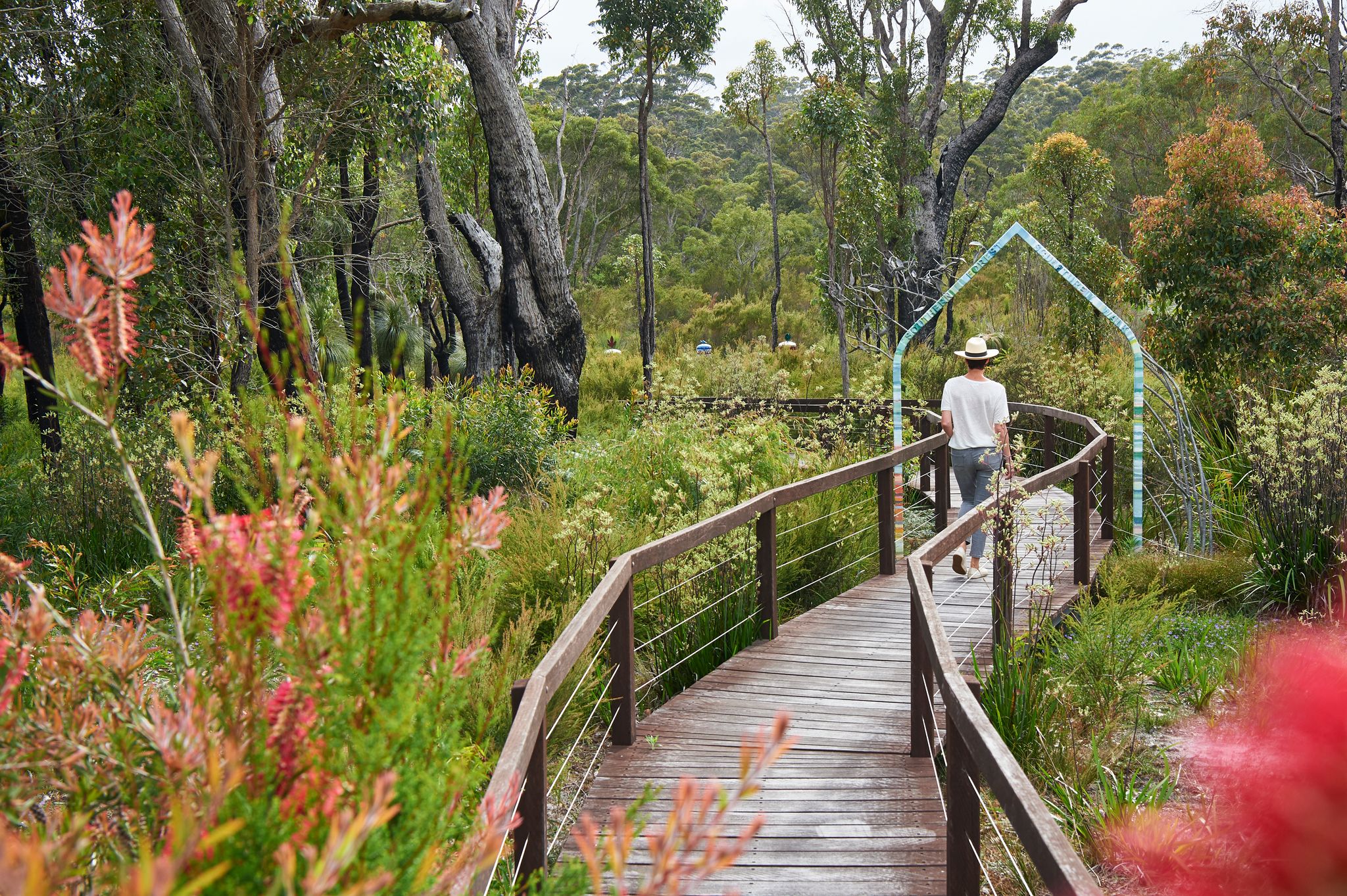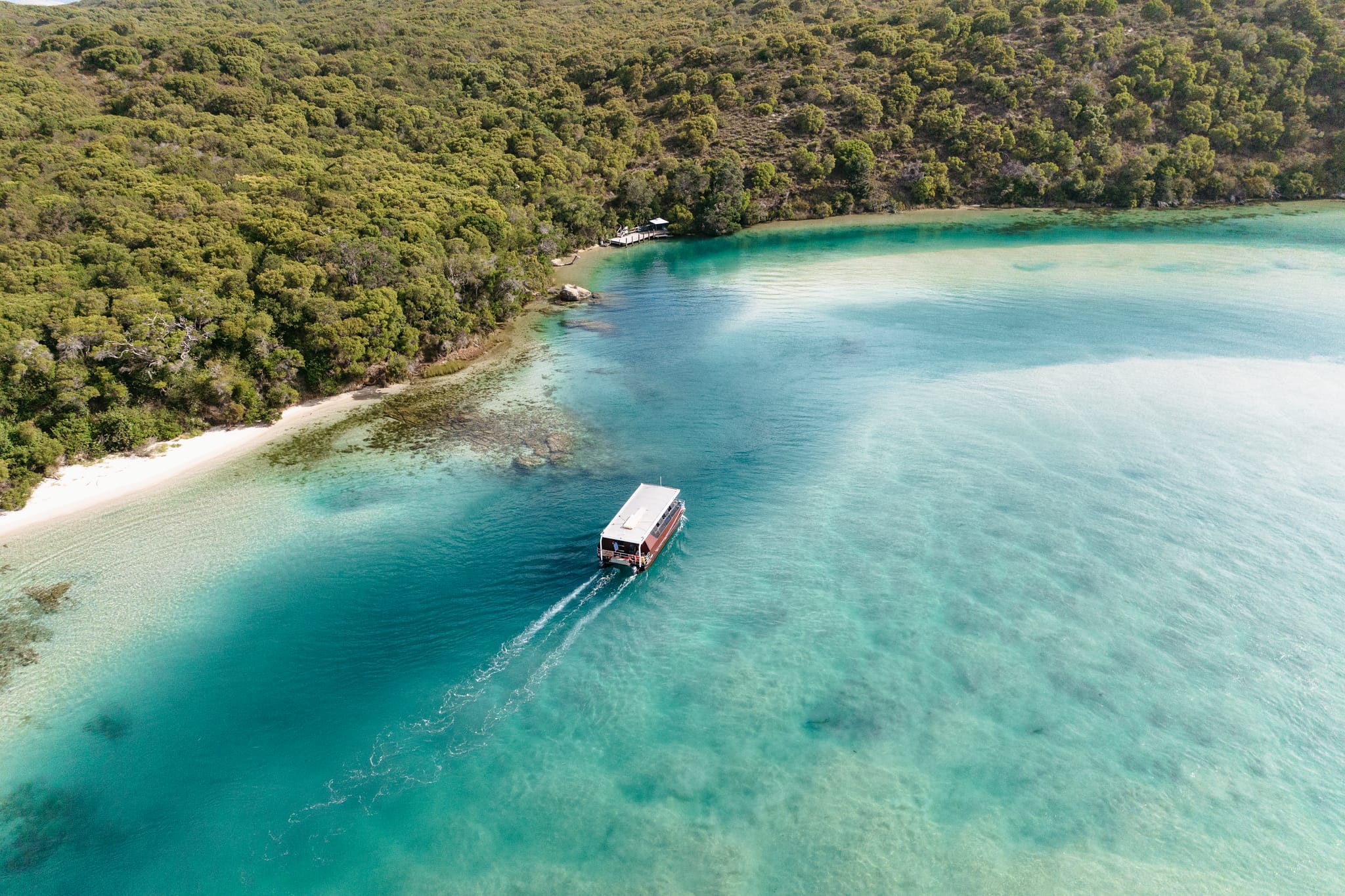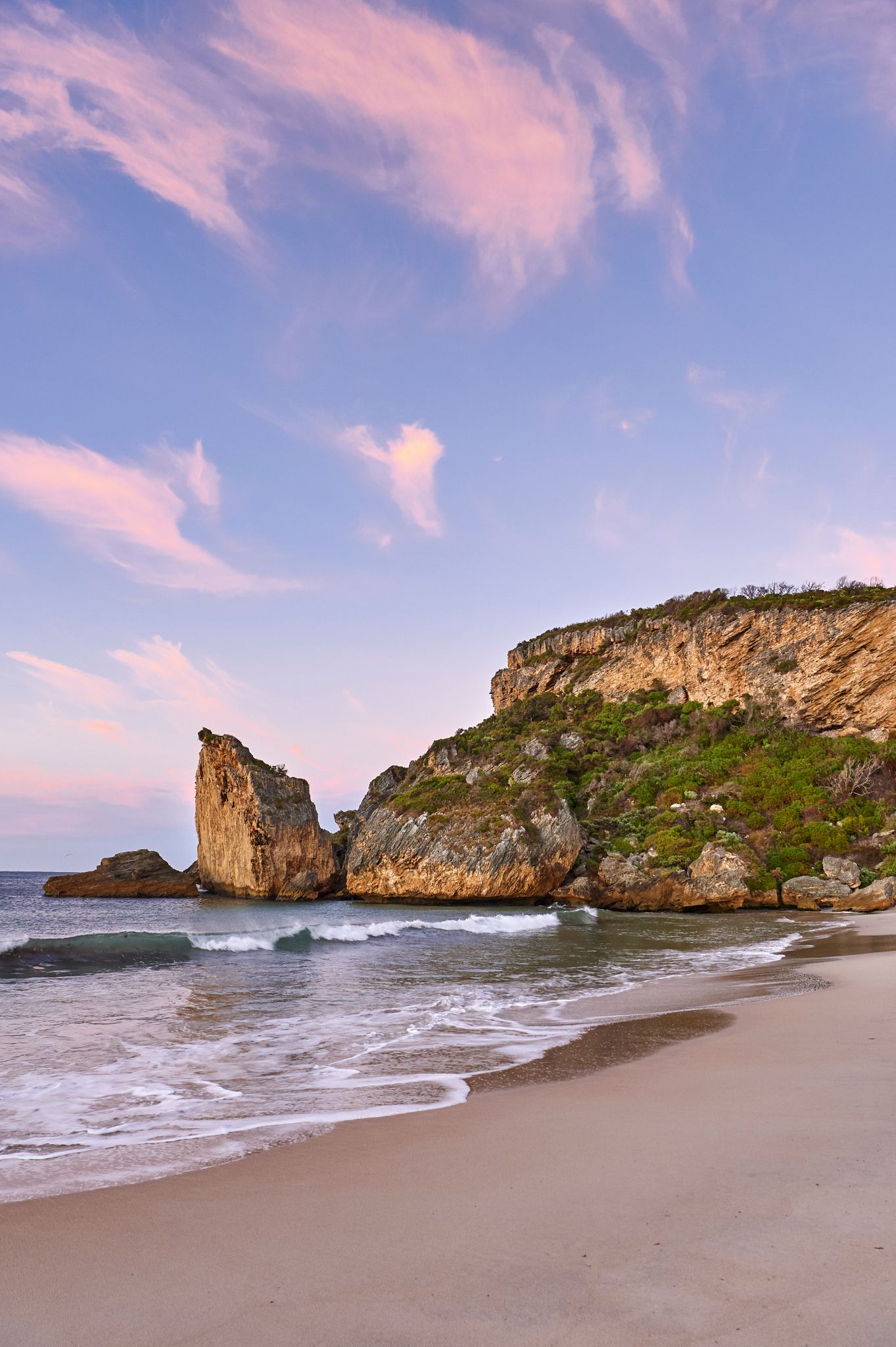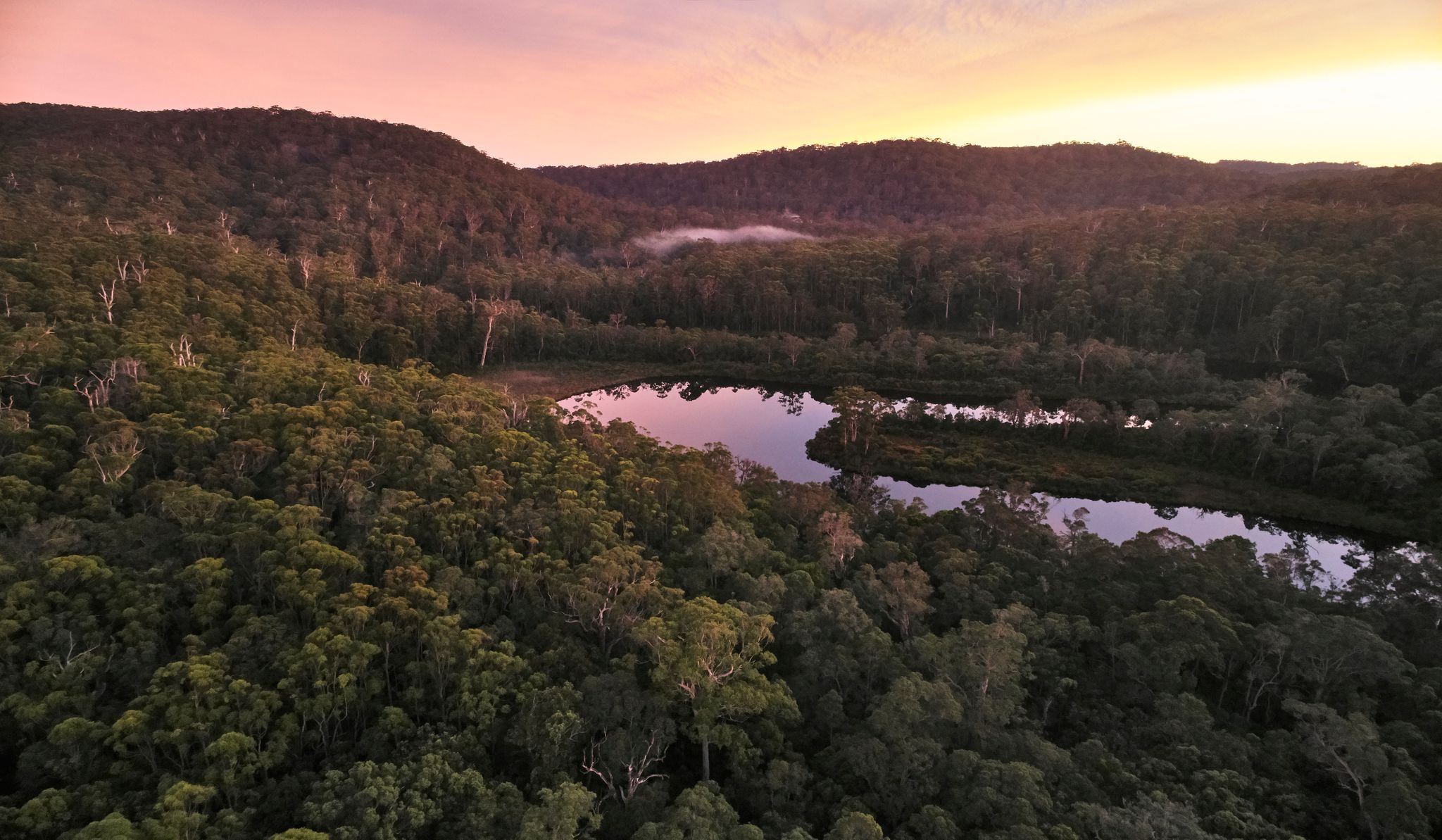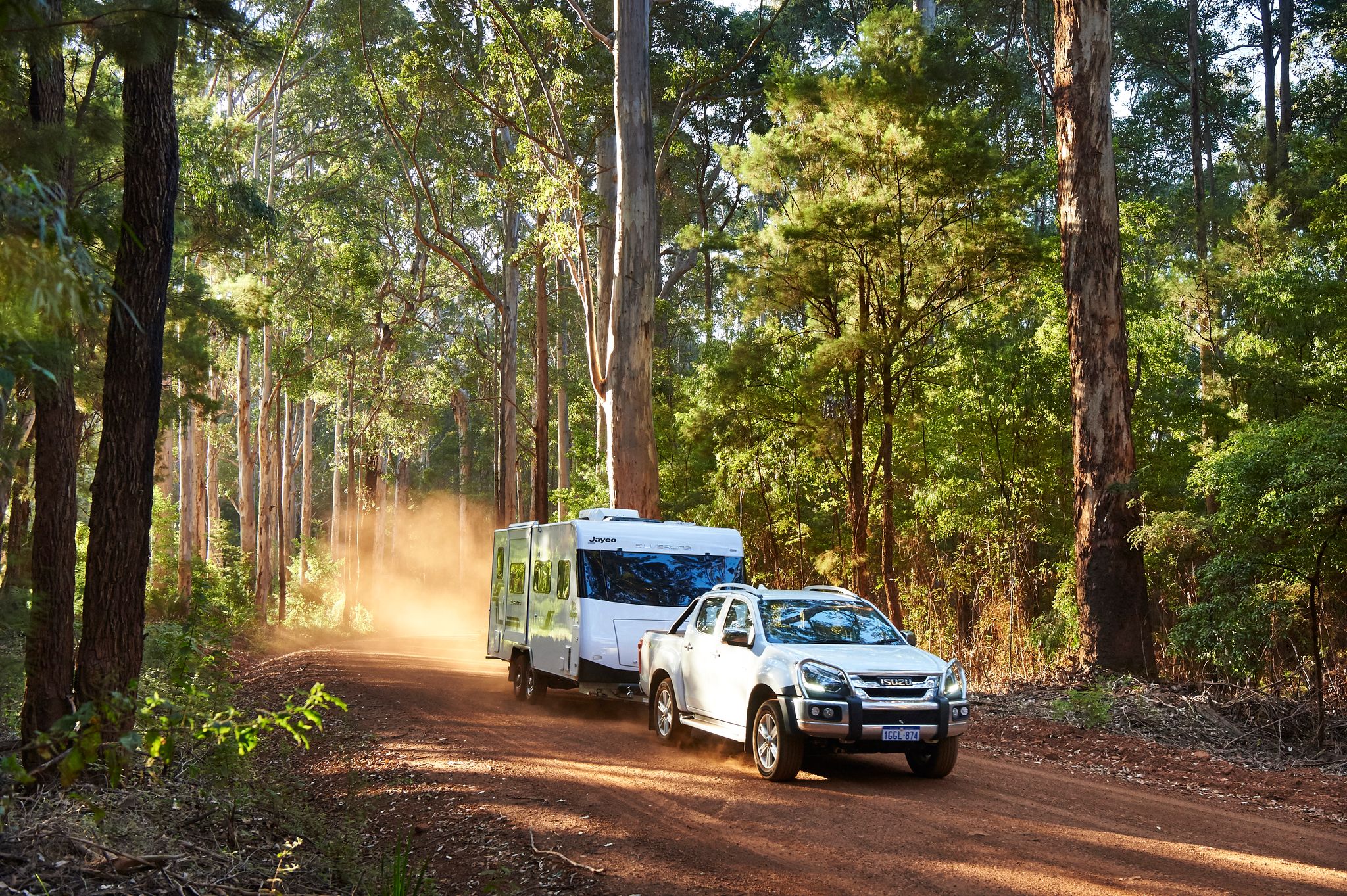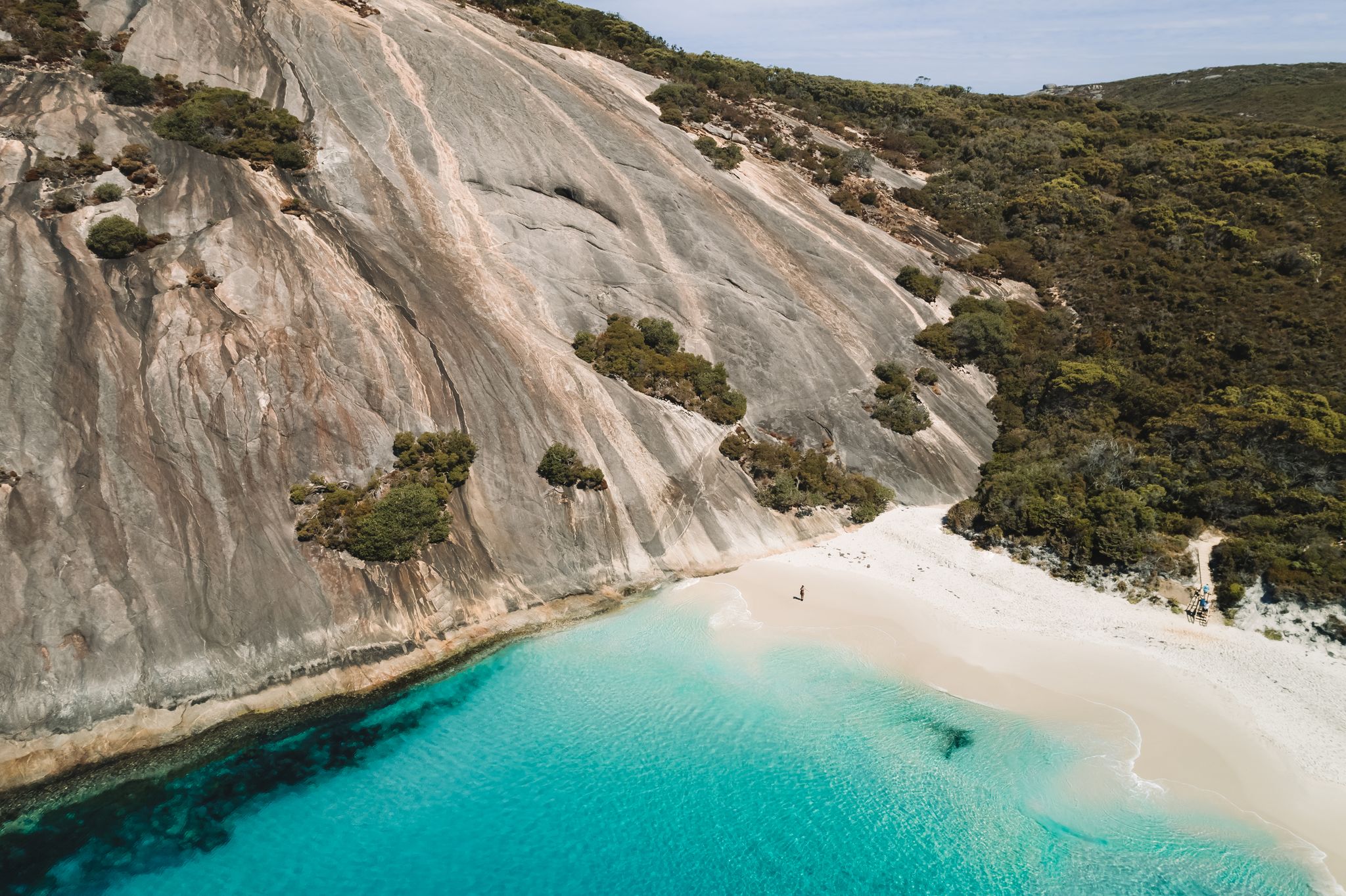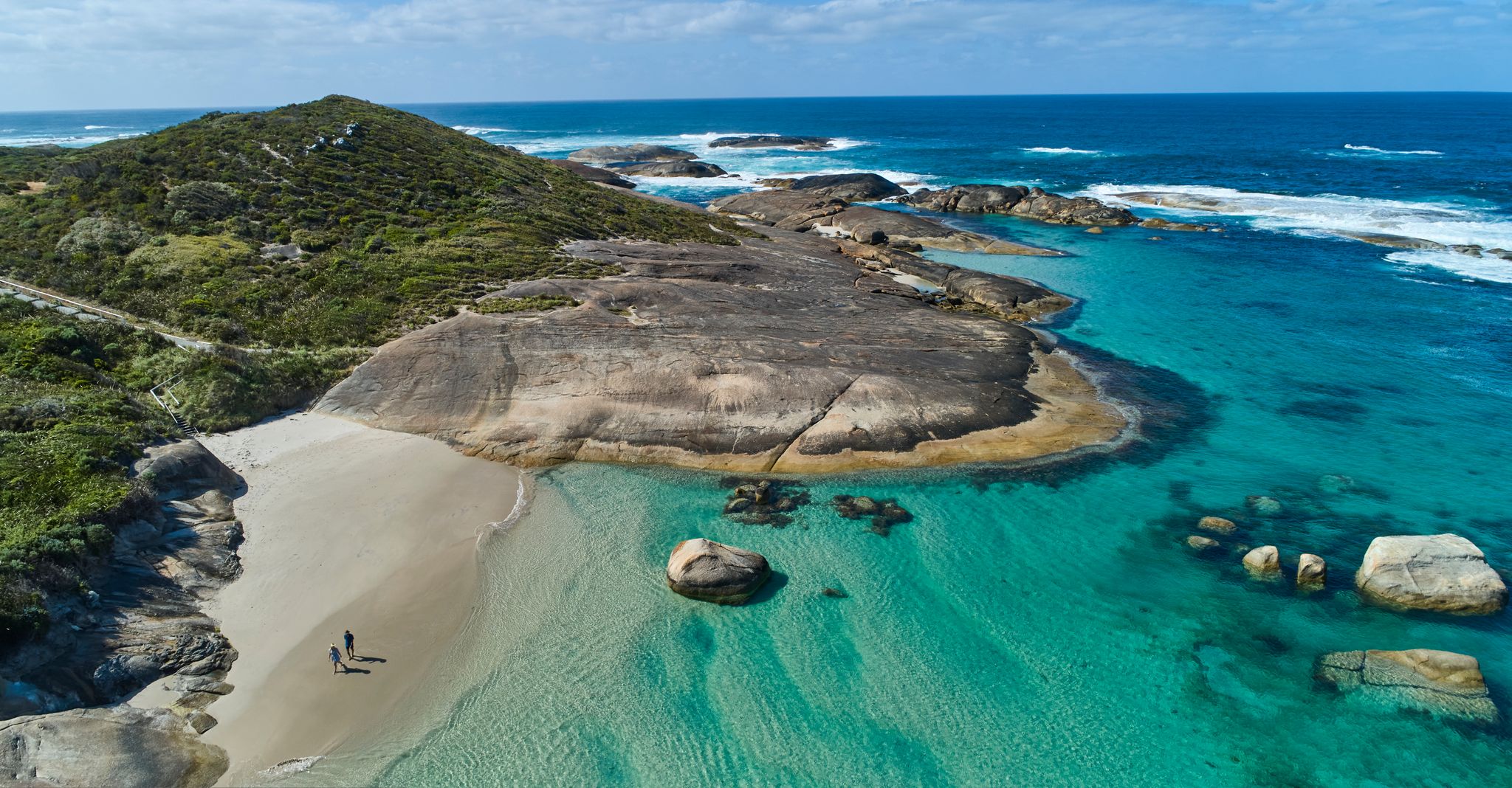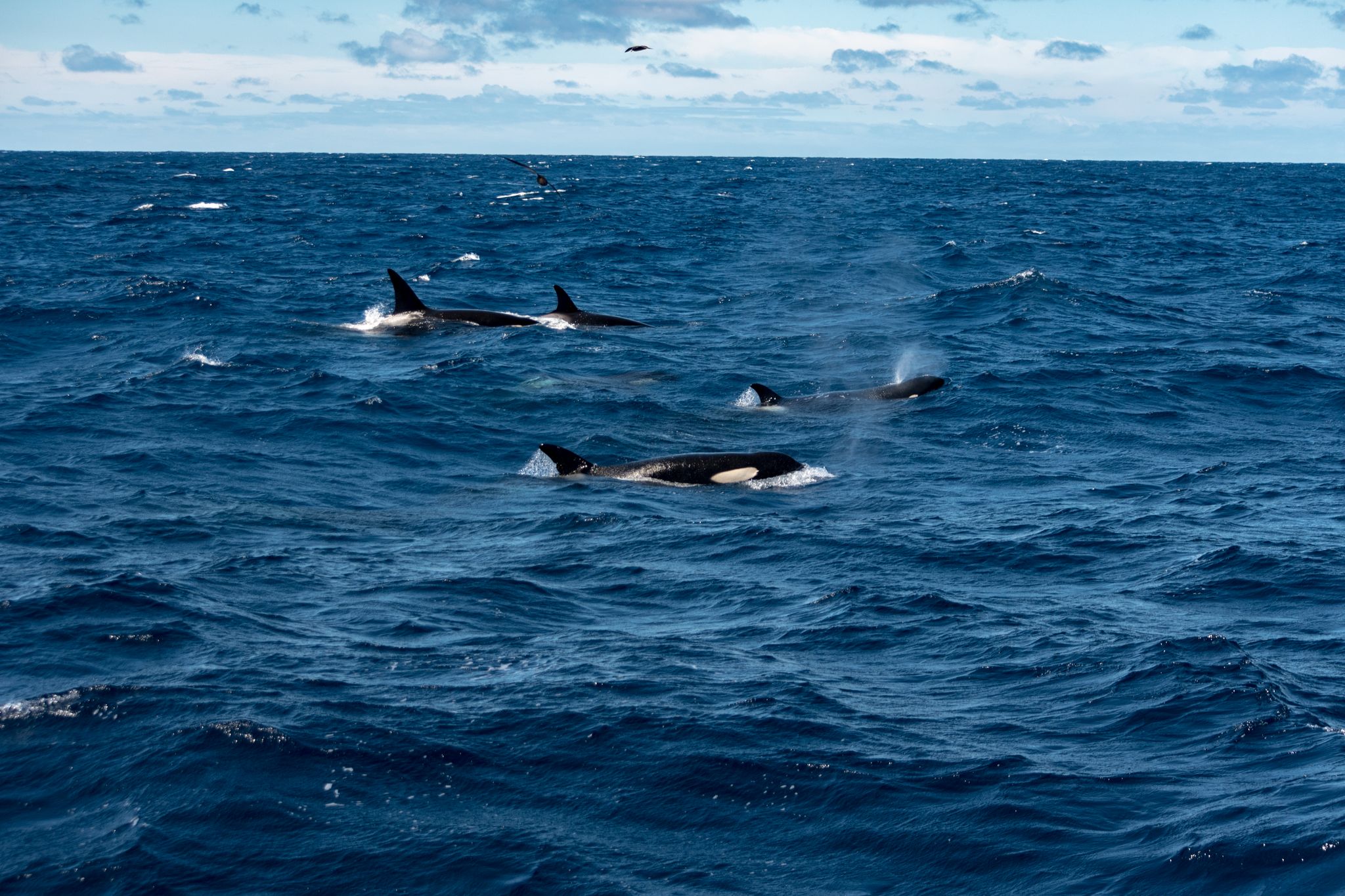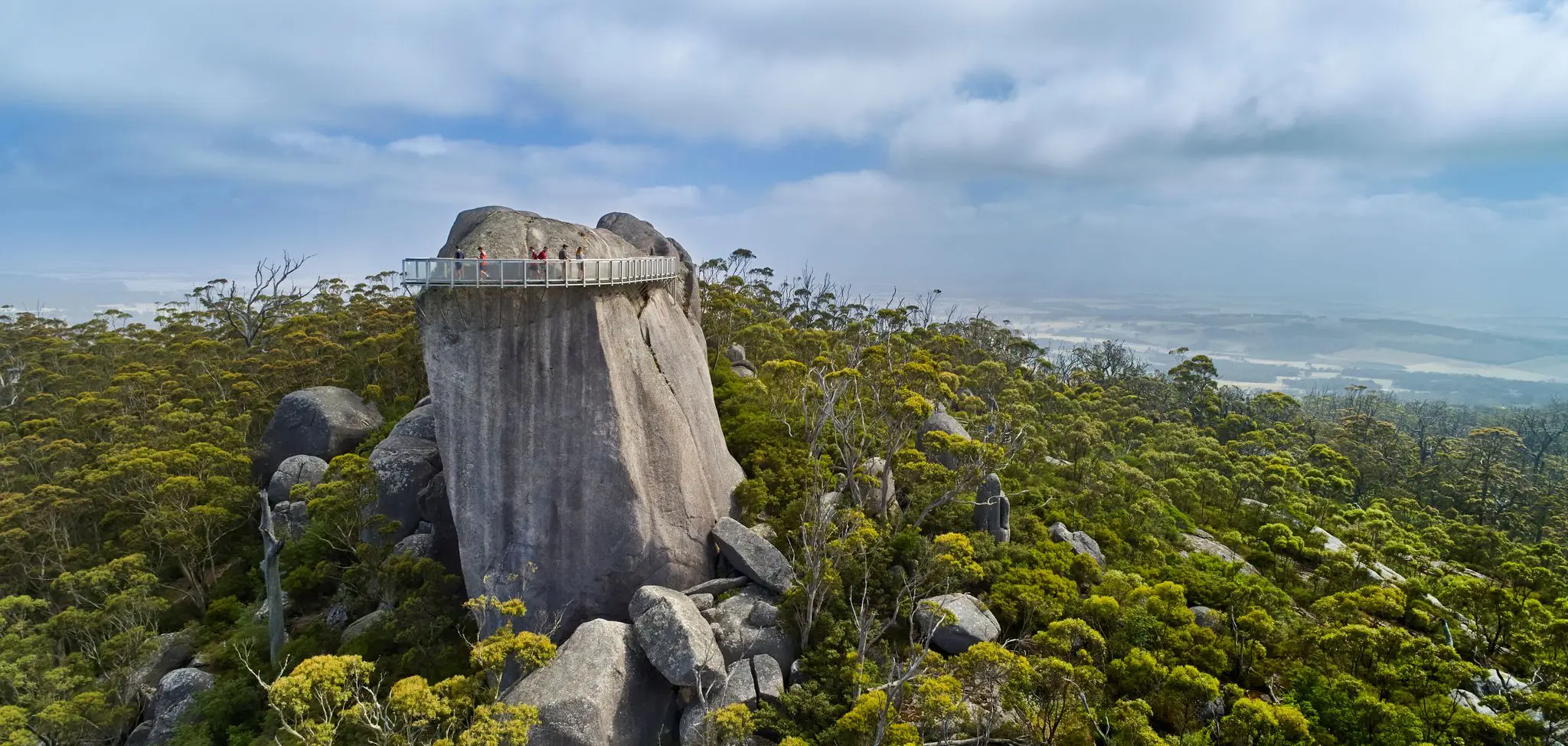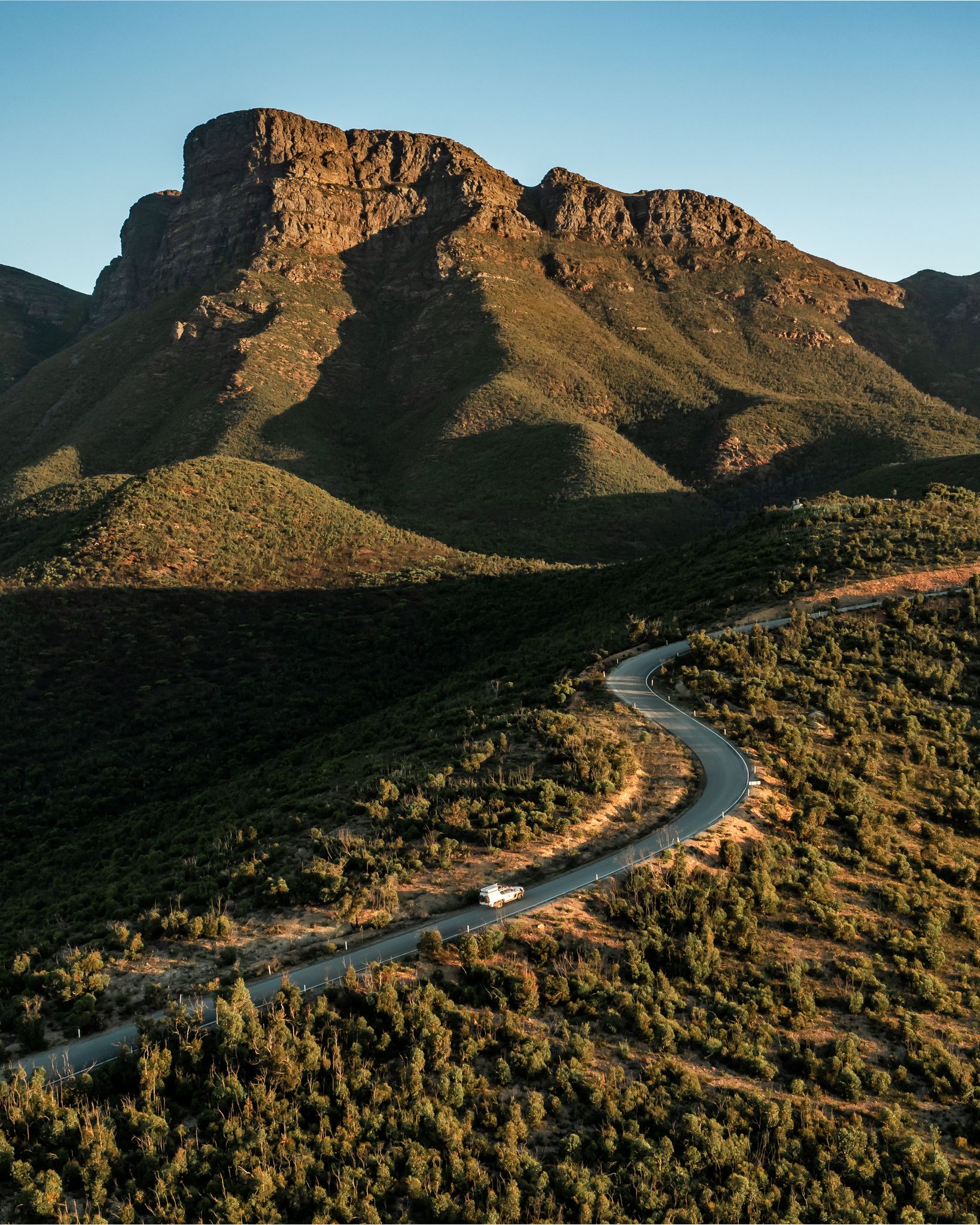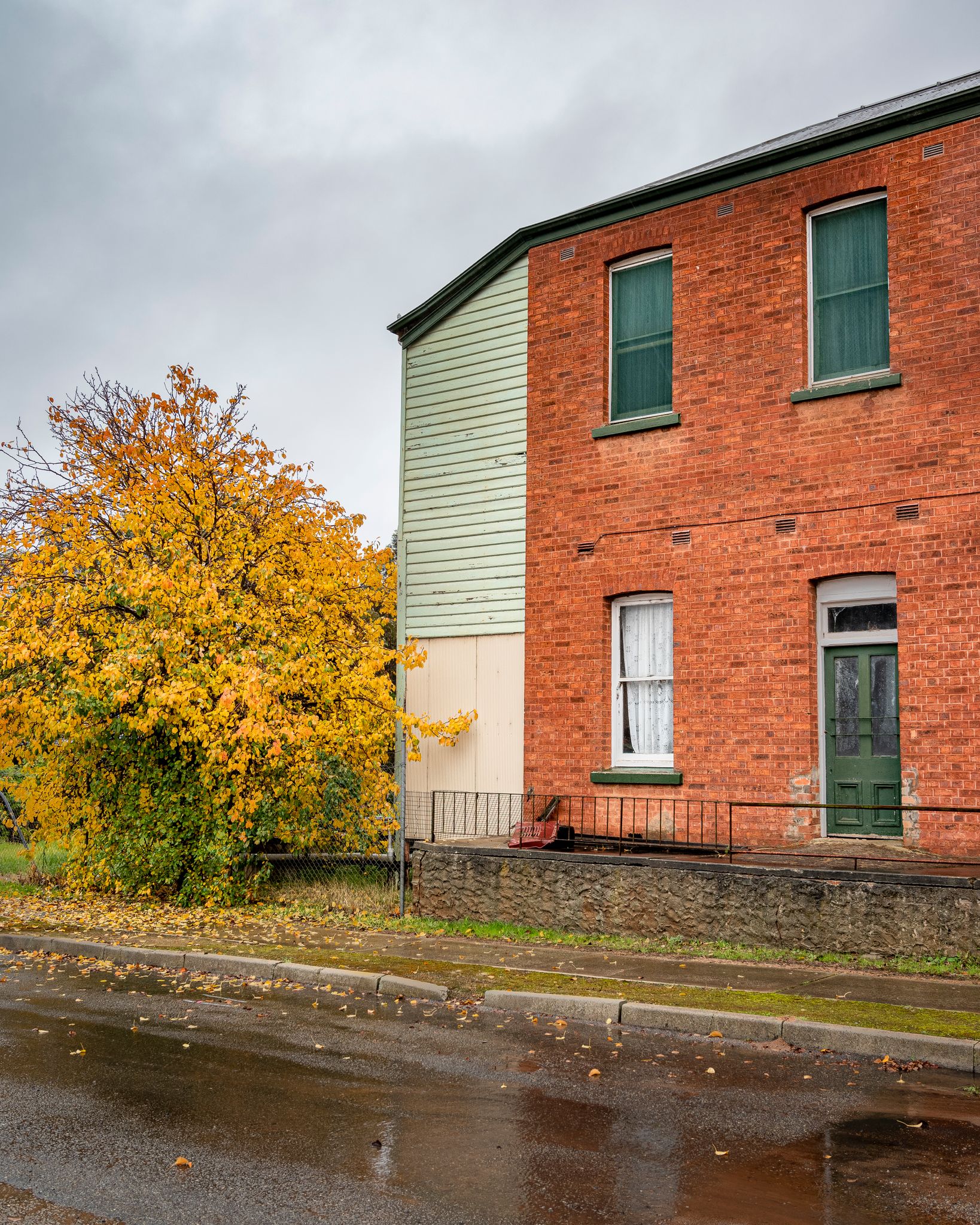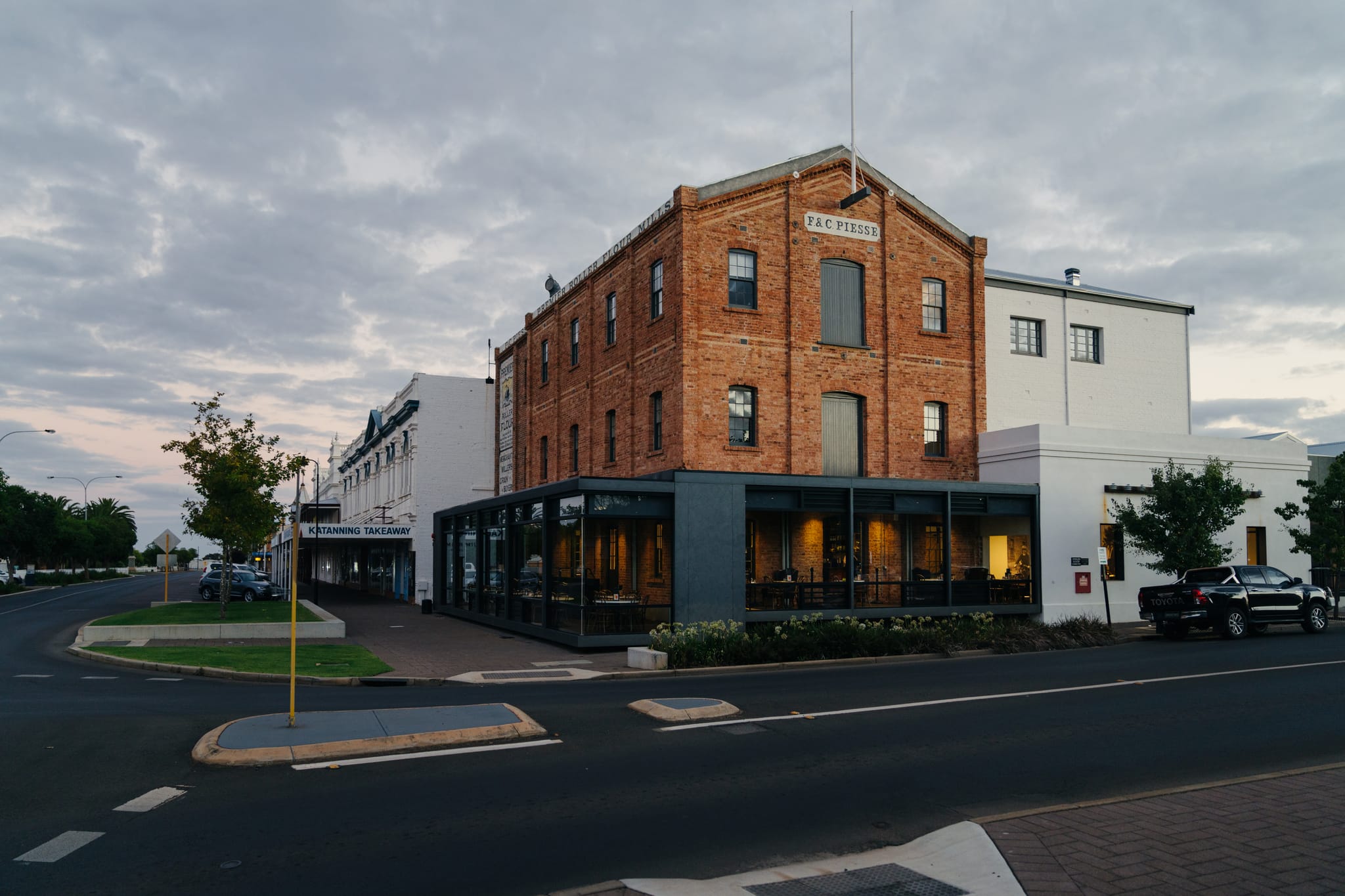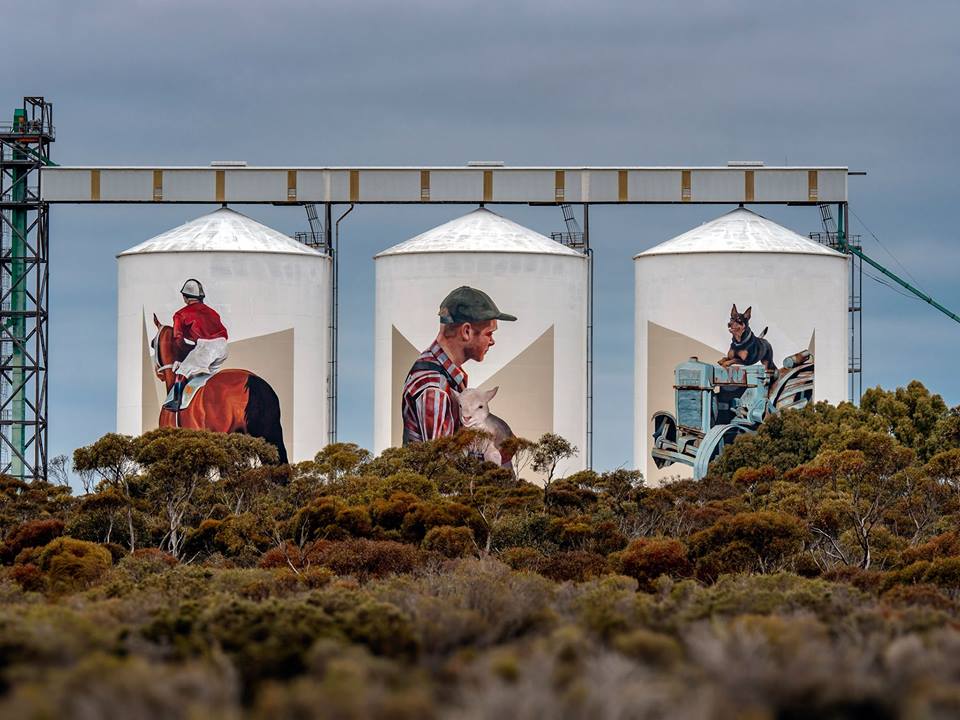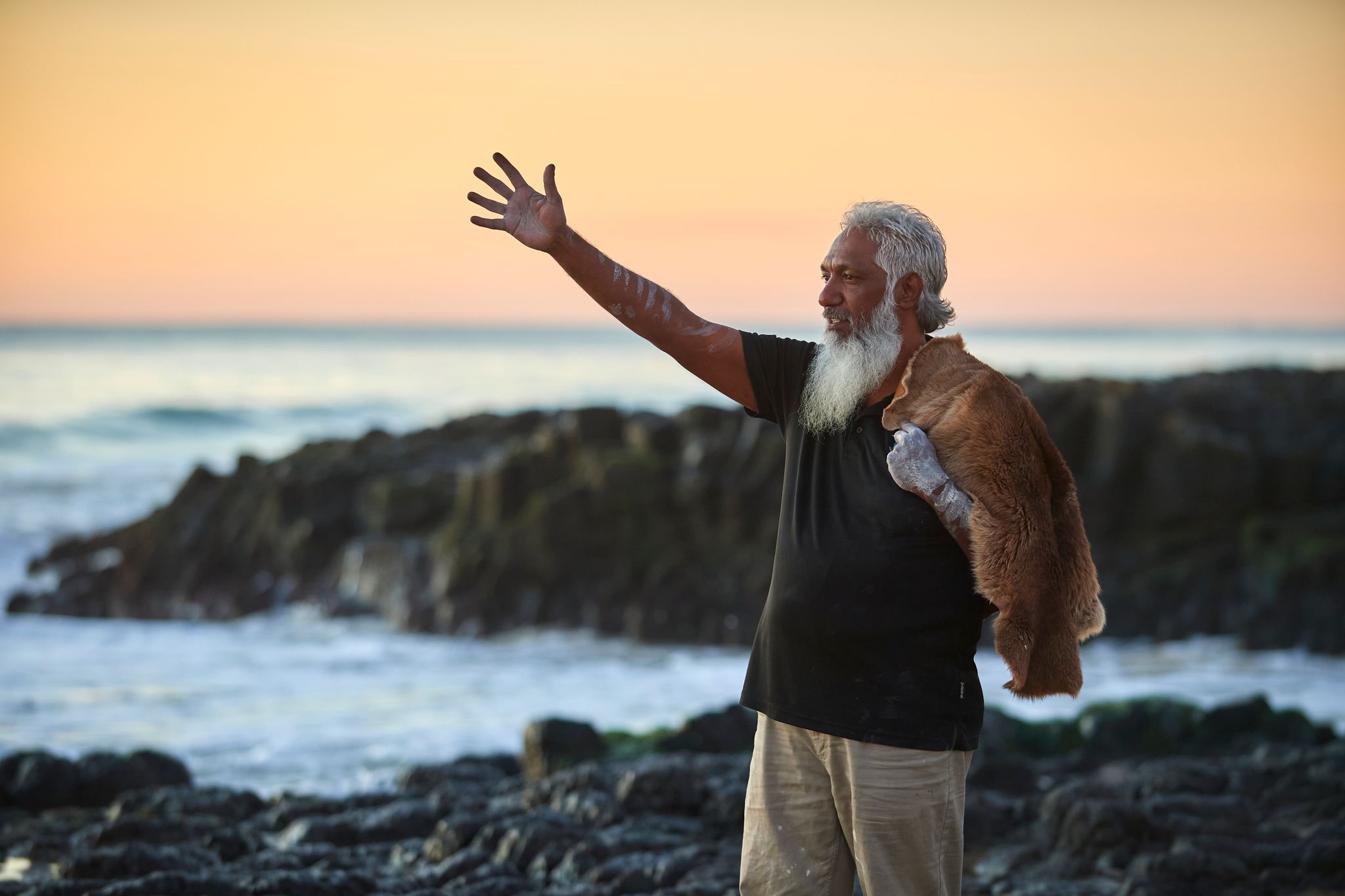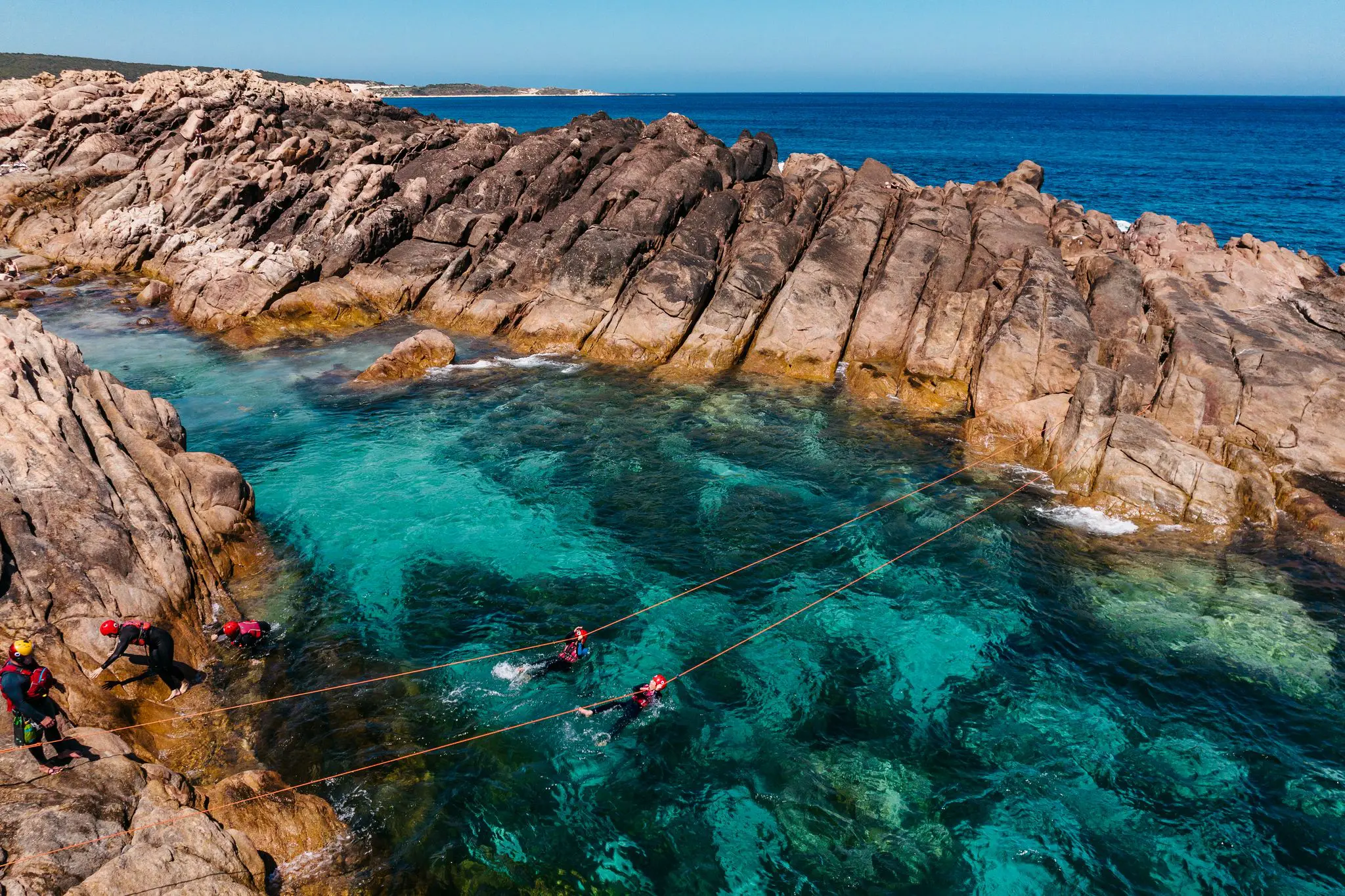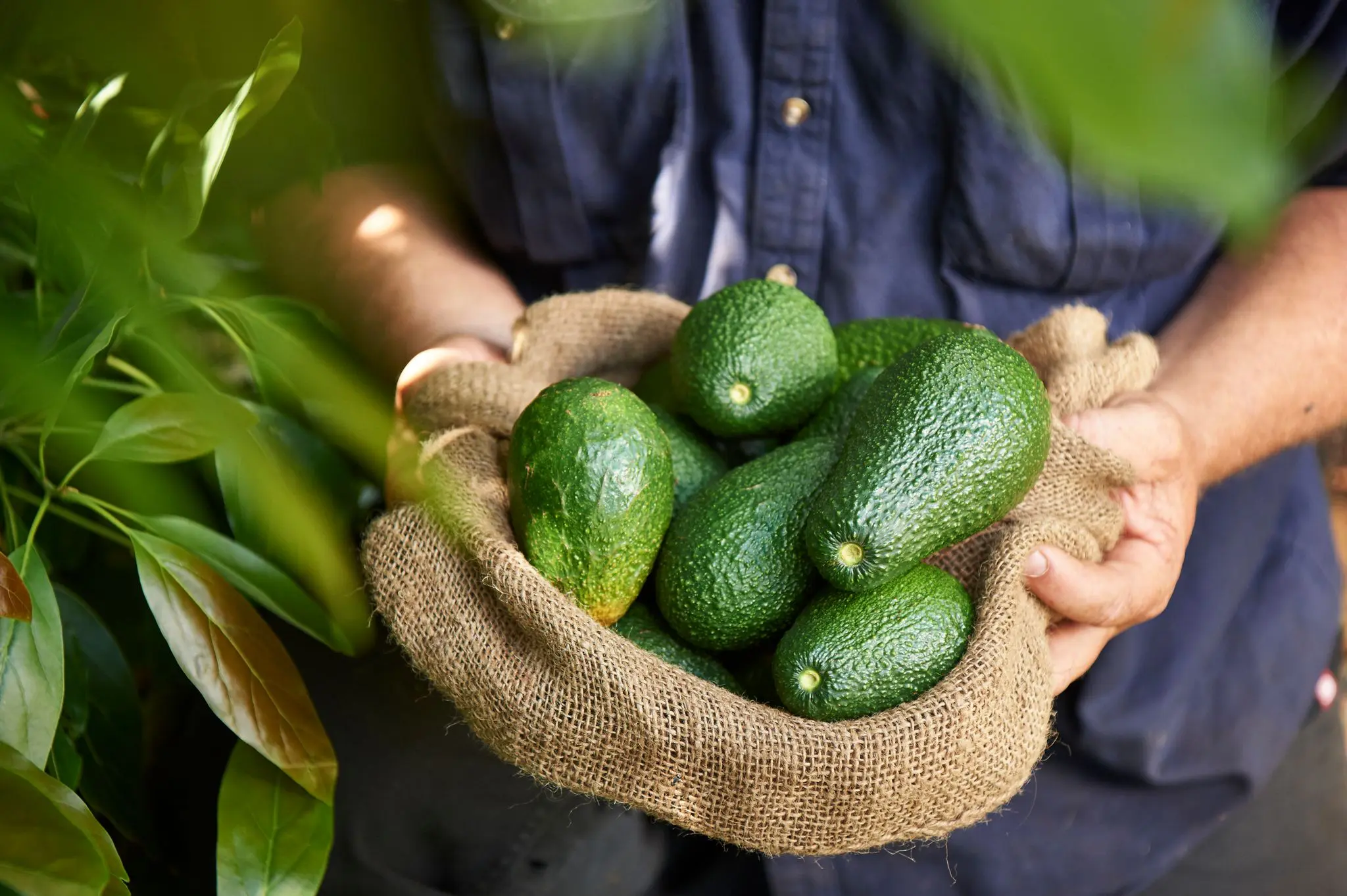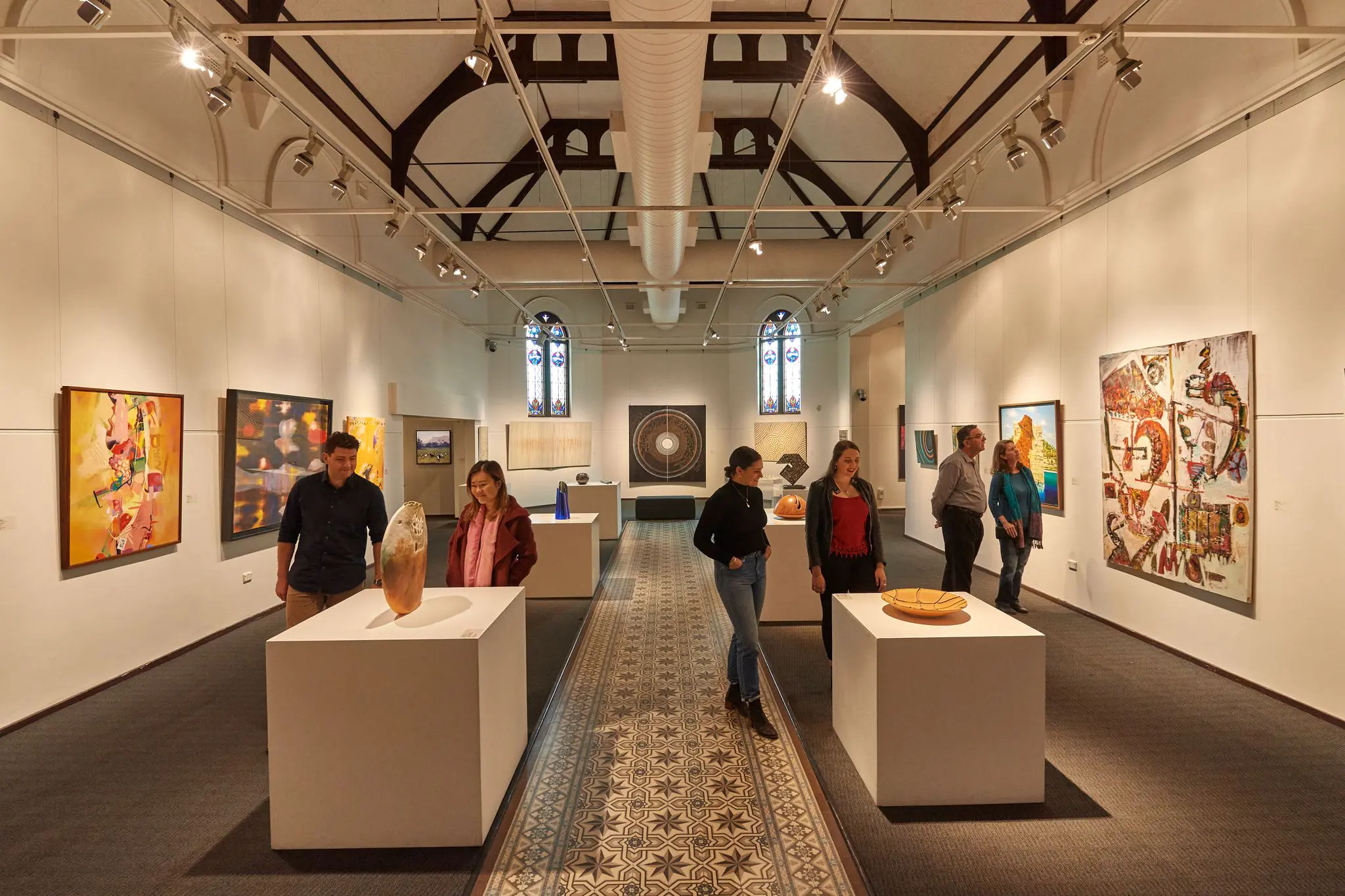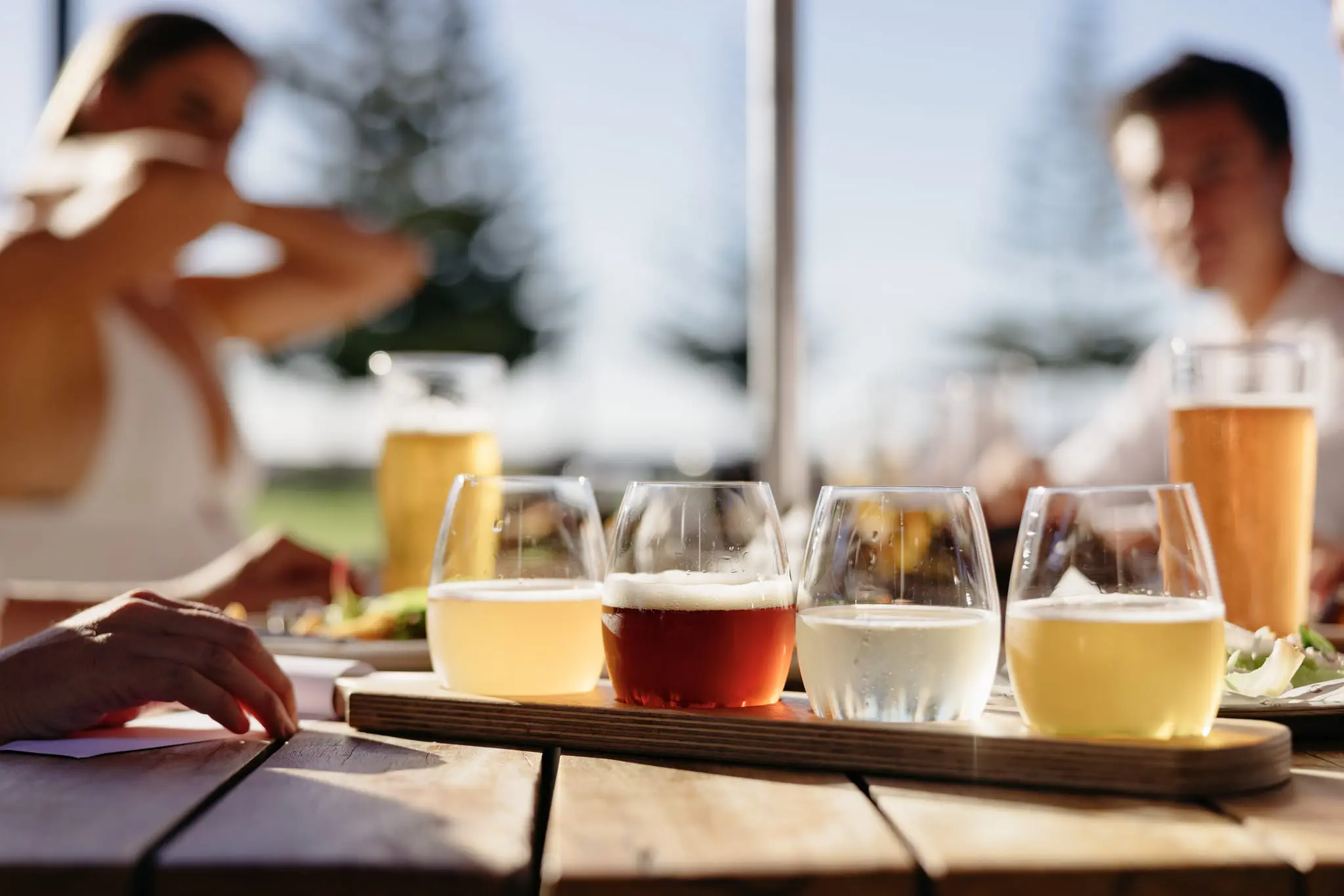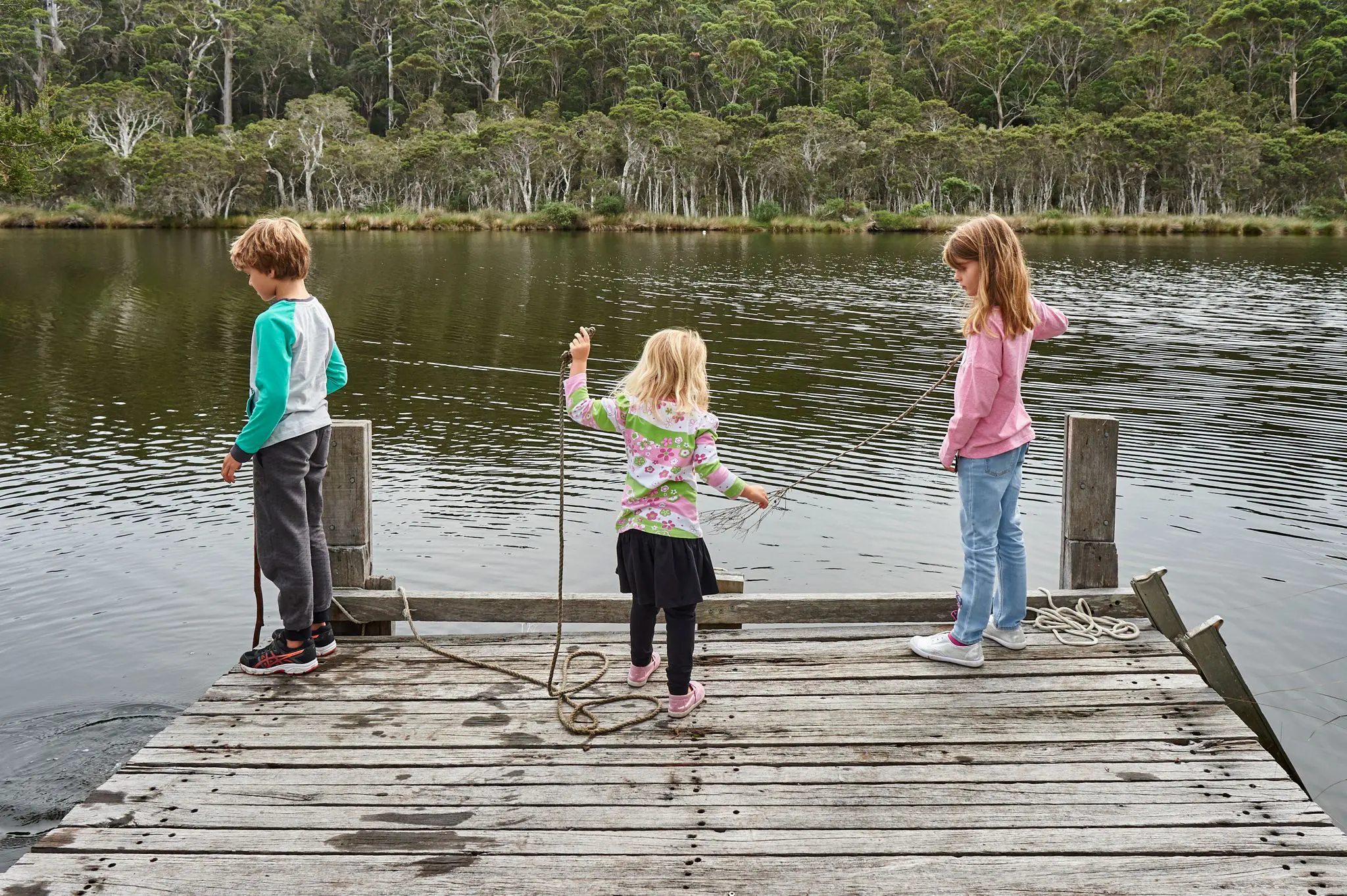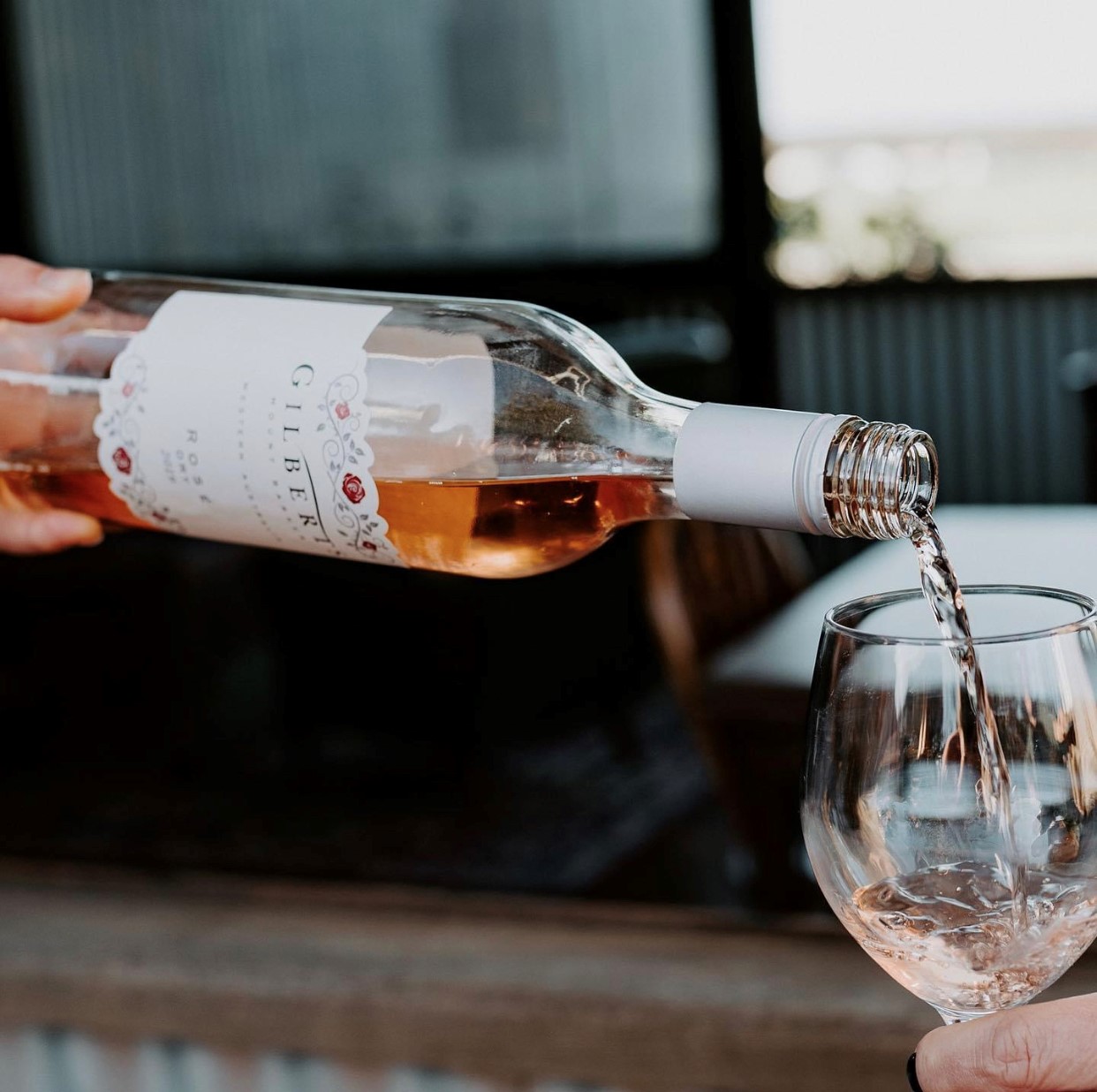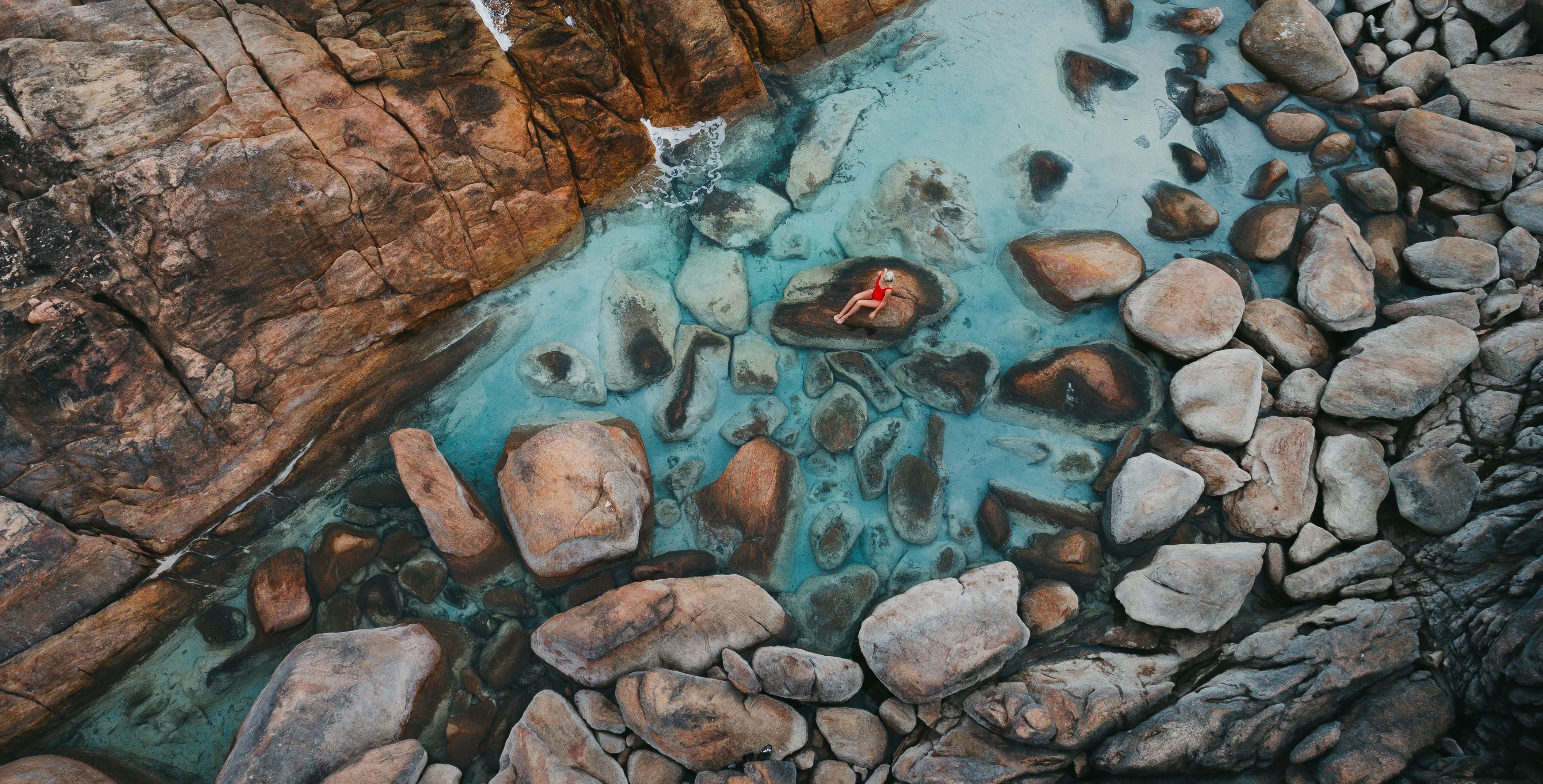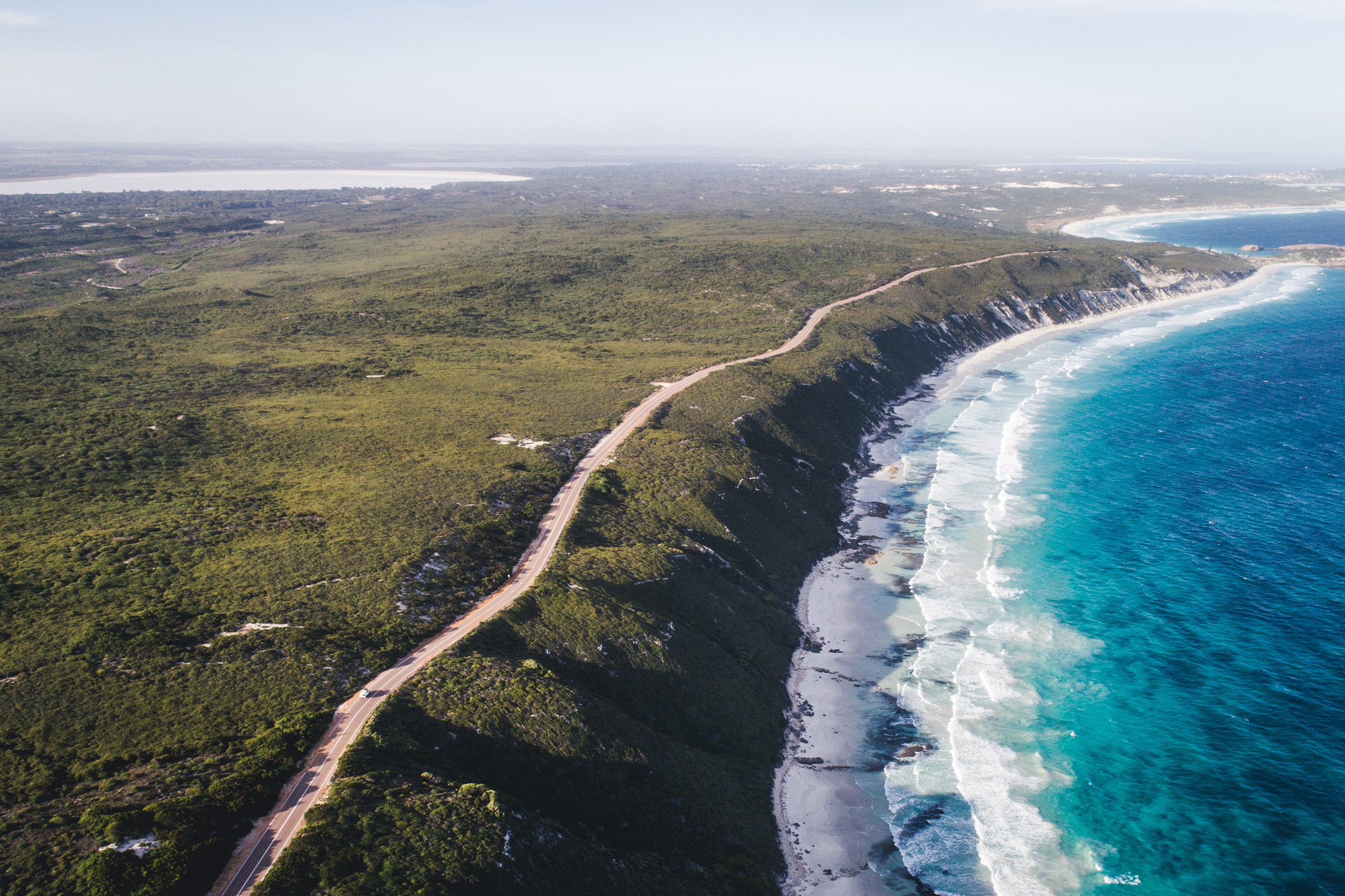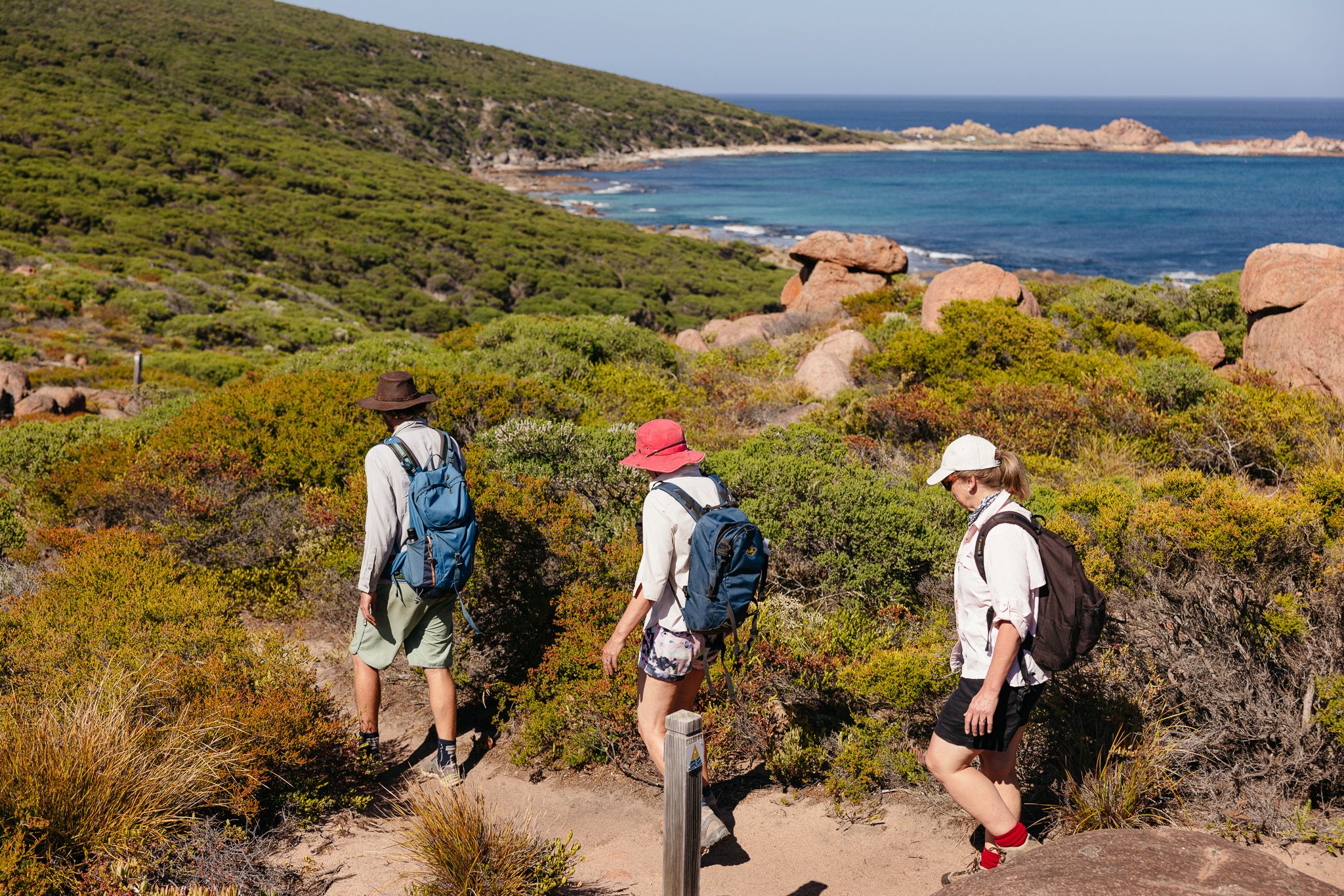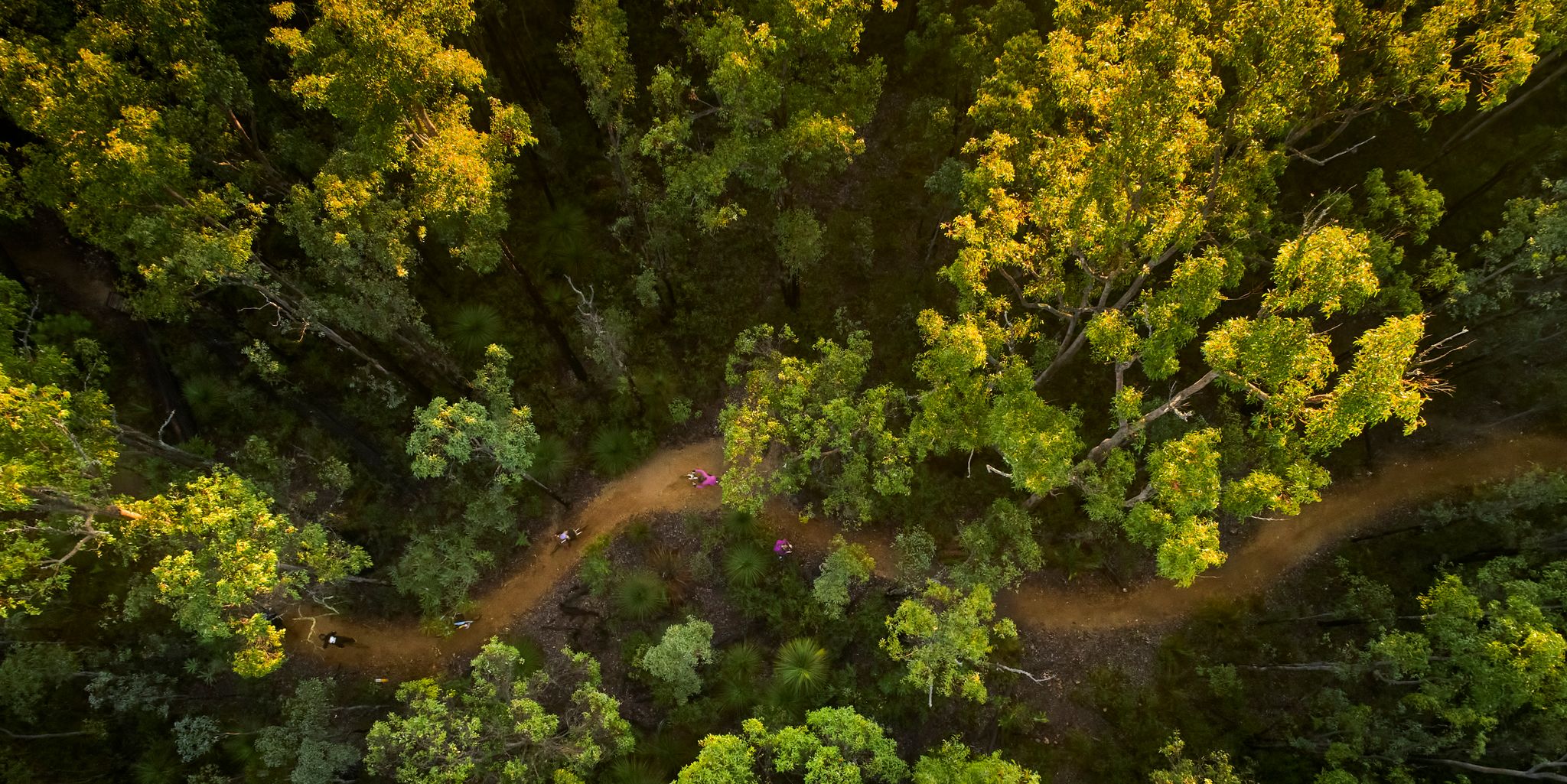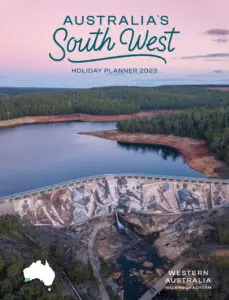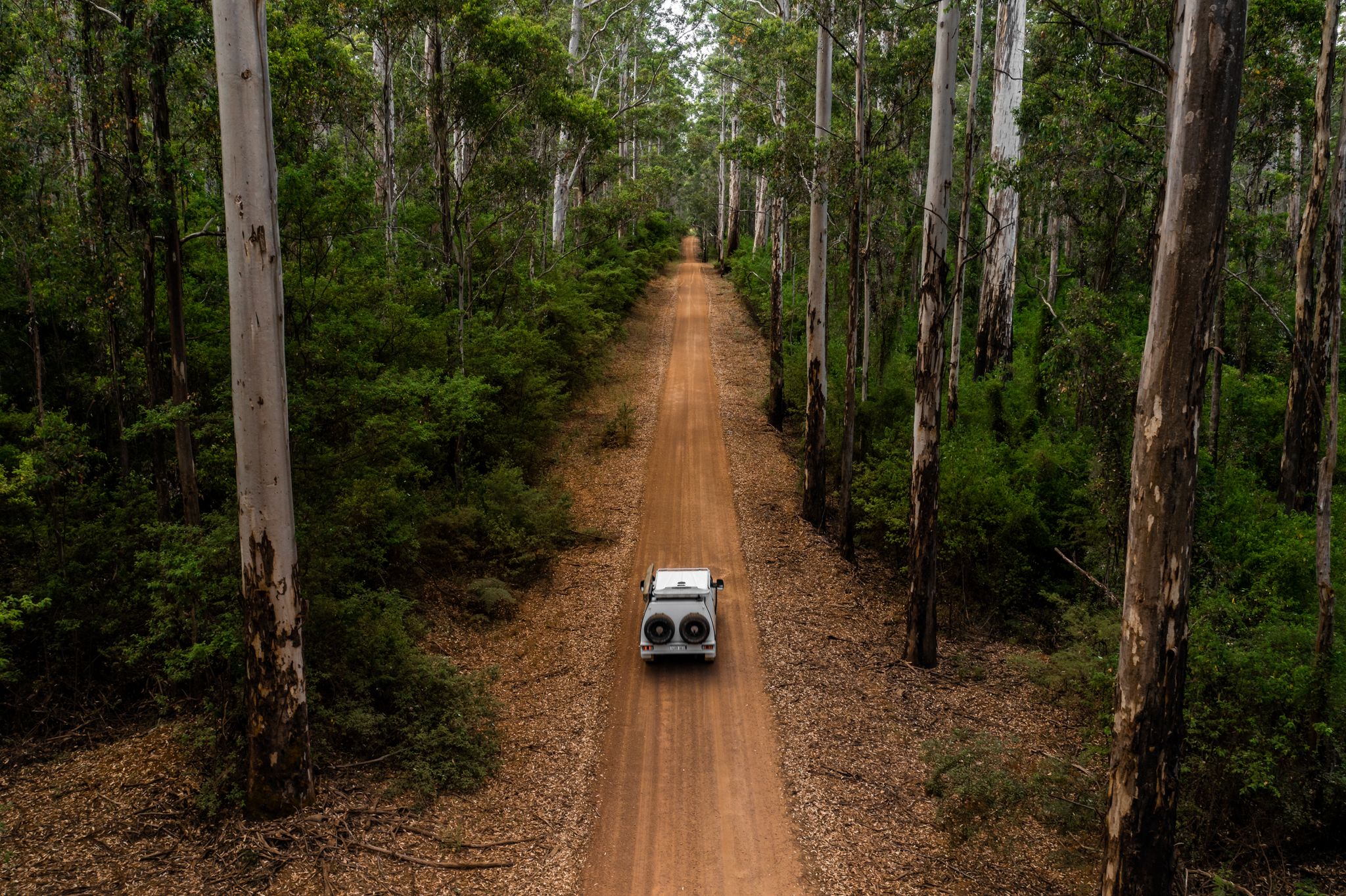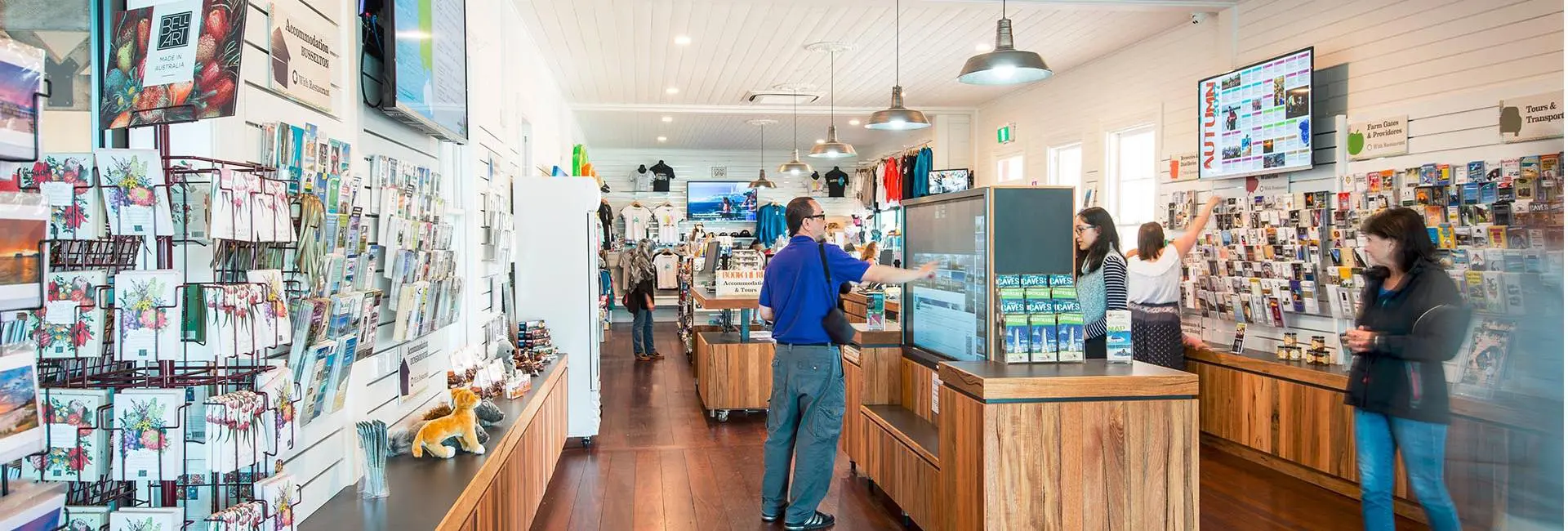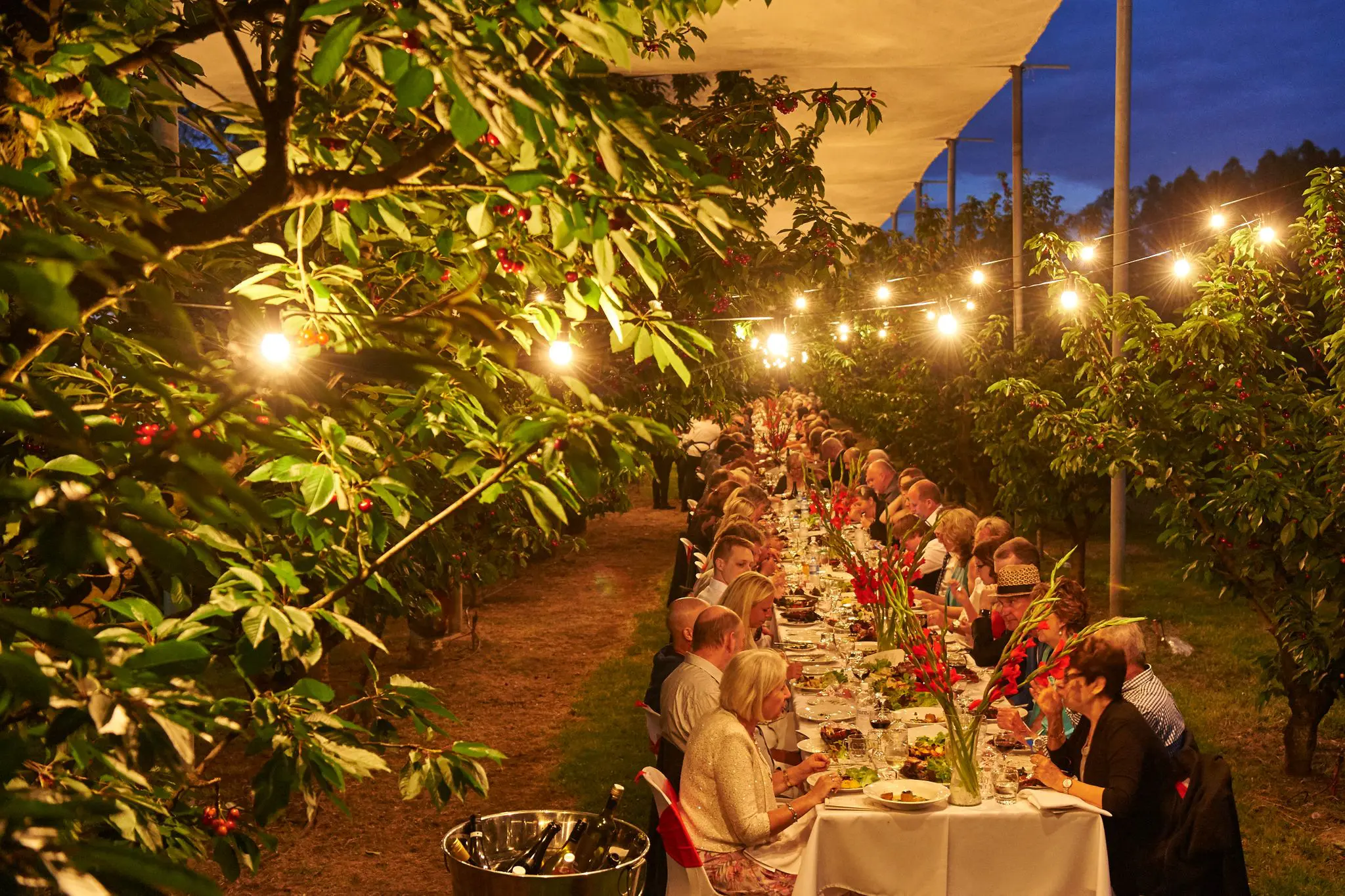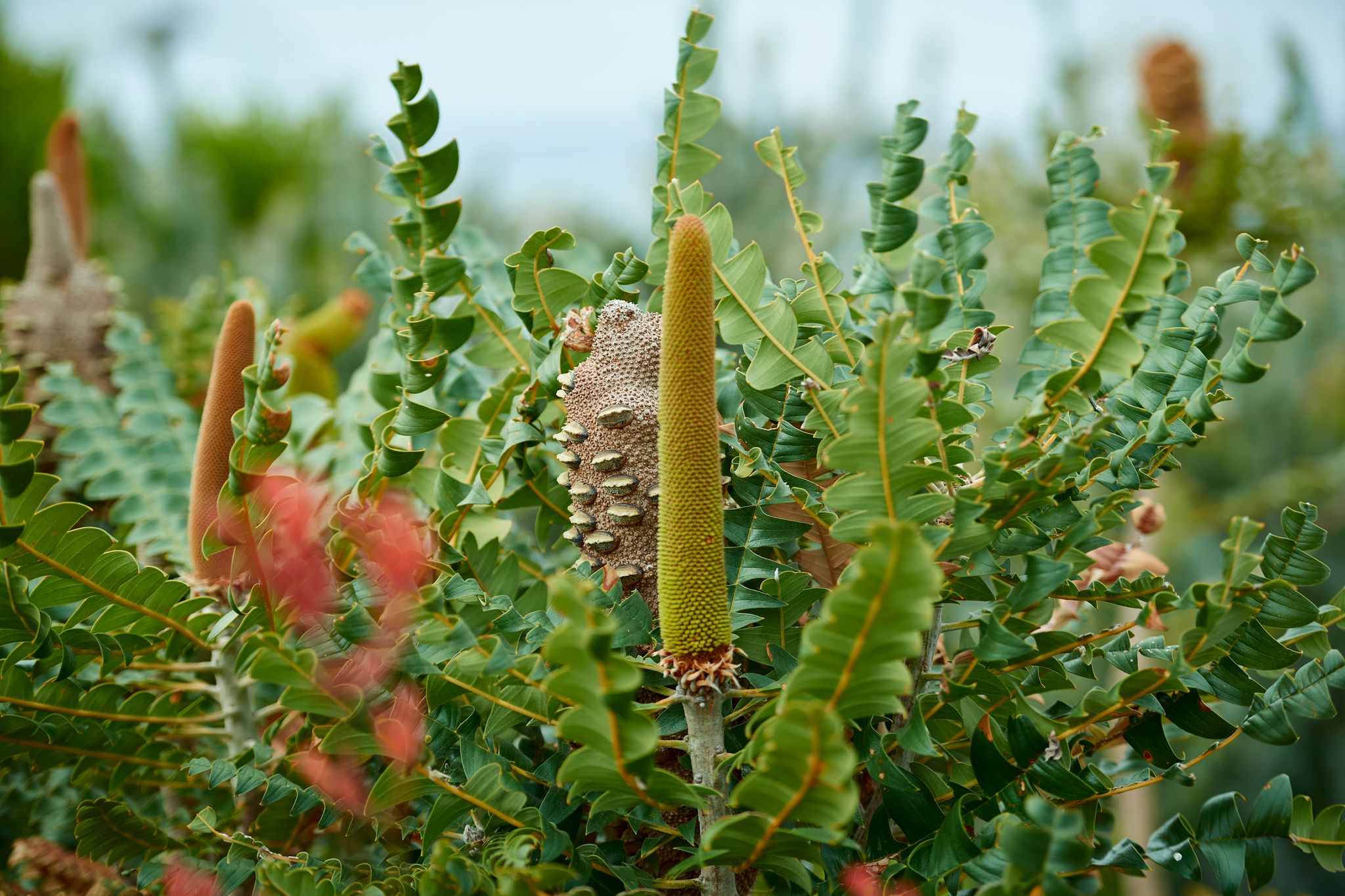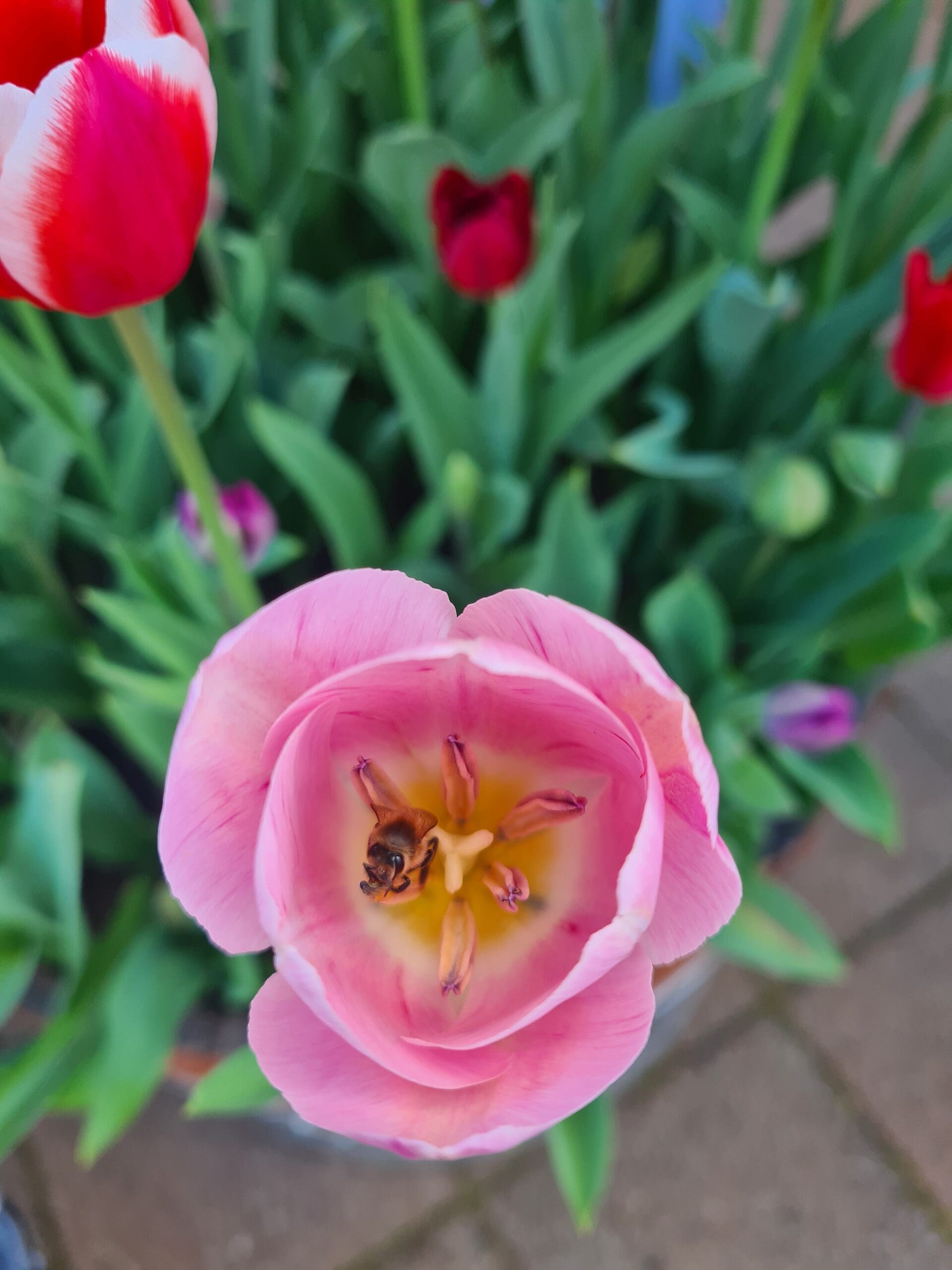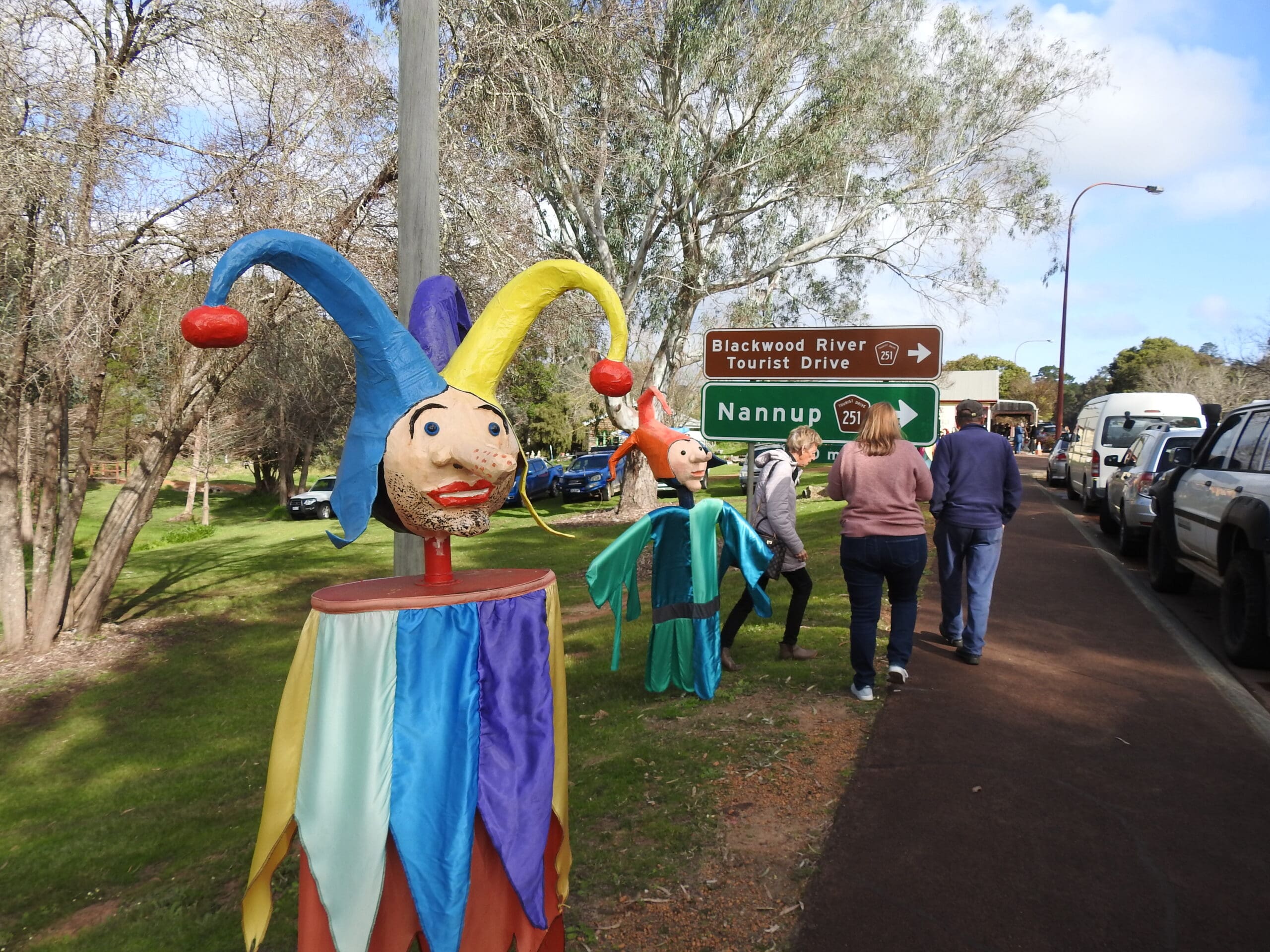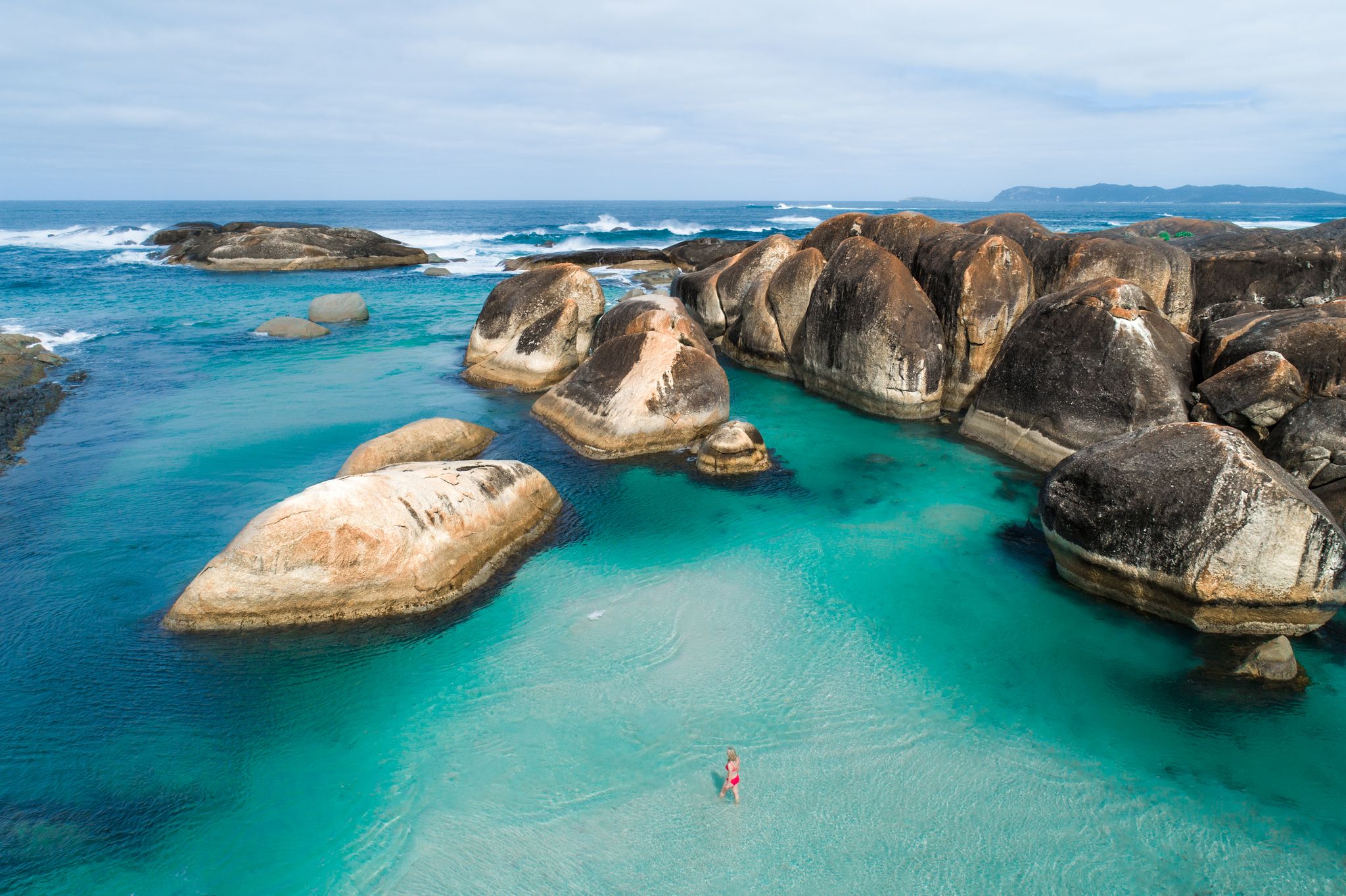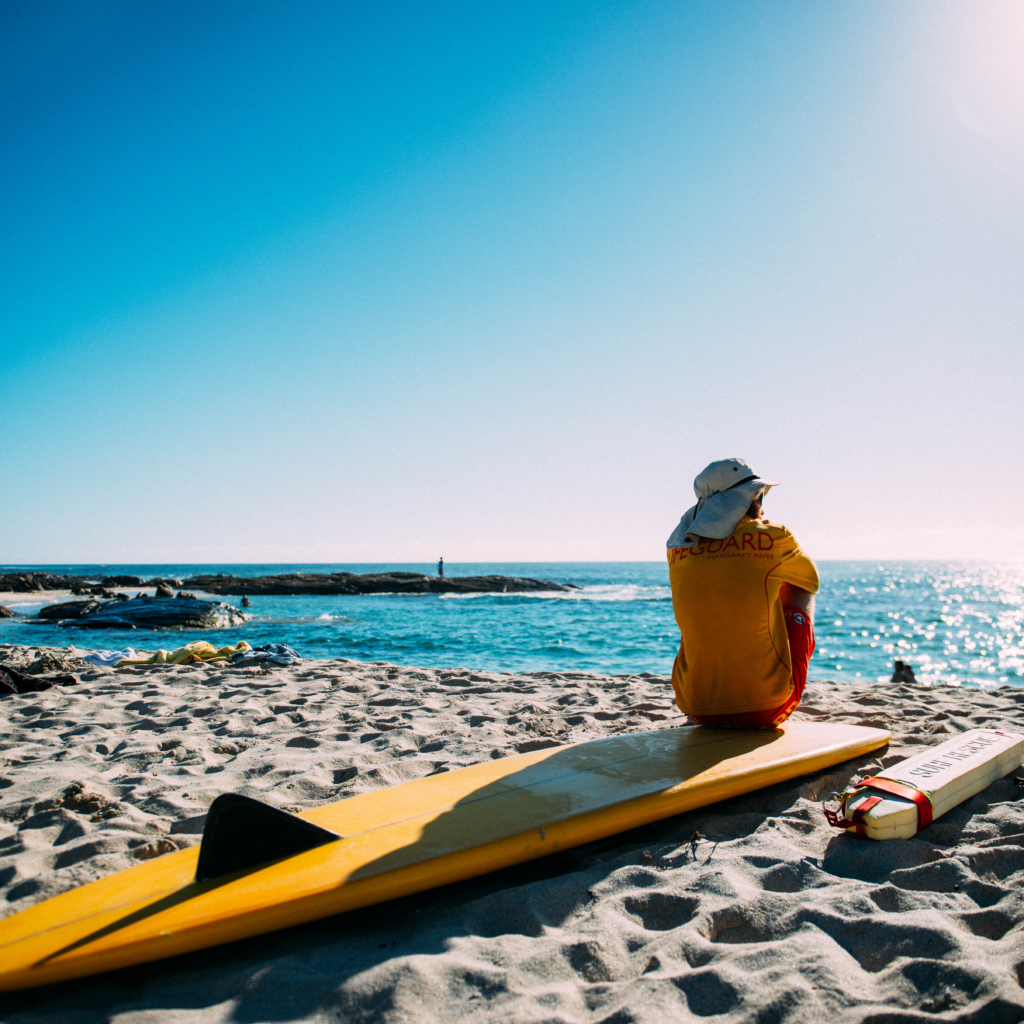Cranbrook is the gateway to the National Heritage listed Stirling Range National Park. A beautiful old station master’s house, the oldest building in town, is now home to the Cranbrook museum. With a great collection of local history items, it tells the story of the development of this lovely railway town. Be sure to visit Sukey Hill lookout for spectacular views of salt lakes, mountains and farmland.
The stunning Frankland River Region boasts the production of olive oil, organic produce, raspberries and some of the finest cool climate wines in Australia.
In the late 1850s farming leases were bought in the area after an overland route was established between Perth and Albany. The Cranbrook area developed into a productive wool and agricultural area. In 1886 works began on a railway line to connect Perth to Albany. As the steam trains needed a regular water supply, the centre of the district was moved from Tenterden to Cranbrook for better access to a suitable dam catchment area. The town was gazetted in 1899 and the name Cranbrook was given by JA Wright who was born in Cranbrook, England. He was the engineer in charge of the construction of the railway line. The town soon flourished with the completion of the railway line and Cranbrook became the central loading point for wool, sheep, sandalwood and grain. By the 1900s sandalwood and mallee bark were productive industries.
Frankland River
WINE
As one of Western Australia’s best kept secrets, the Frankland River wine region is home to rolling hills, rich and productive farming land, natural forest abounding with native wildflowers. Located approximately 360 kilometers south of Perth, Frankland River is fast becoming one of the State’s most successful wine producing regions. Its impressive wine show success is testament to the quality of vineyards and wines of the region.
As one of the most distinctive viticulture areas in Australia, Frankland River’s flavour comes from the ironstone based gravel soils lining the river valleys and rolling hills. The cool nights and warm days with long sunlight hours provide a true Mediterranean climate giving the wines intensity of fruit, finesse, freshness and longevity. With dedicated and innovative winemaking, it is easily to see why the wines are award winning. Wines from the Frankland River Region as sold around the world and are increasingly being recognized for producing the state’s best shiraz and riesling amongst other varietals.
HISTORY
Frankland River was named by the surgeon Dr Thomas Braidwood Wilson in 1829. He named Frankland River after George Frankland (1800-38), who was the Surveyor General in Van Diemen’s Land in 1829. The area was first settled in 1857 but the current townsite was not declared until 1947.
The town and region were known as Frankland River until 1935. However, after the building of a local post office, the postmaster shortened the name to Frankland because “Frankland River” was considered too long to fit on signs and documents. The named was changed back to Frankland River in 2007.
Cranbrook and Frankland River are both part of The Great Southern Treasures.
